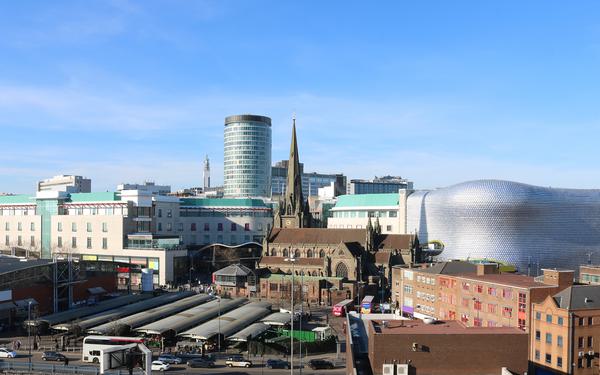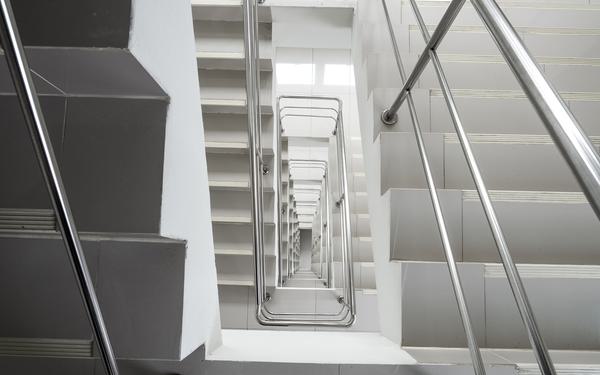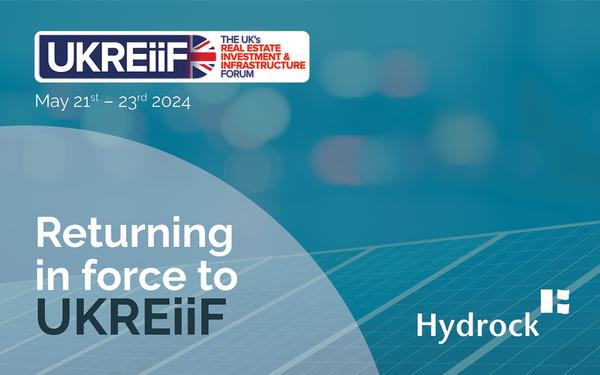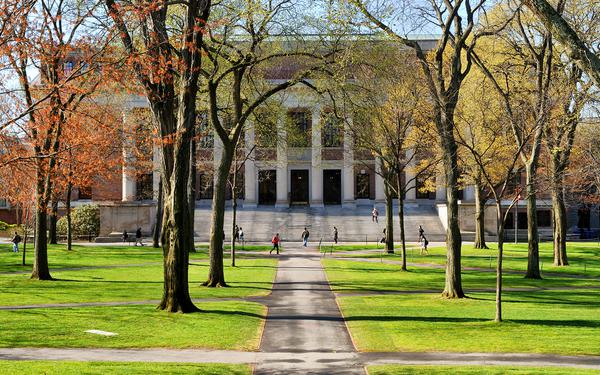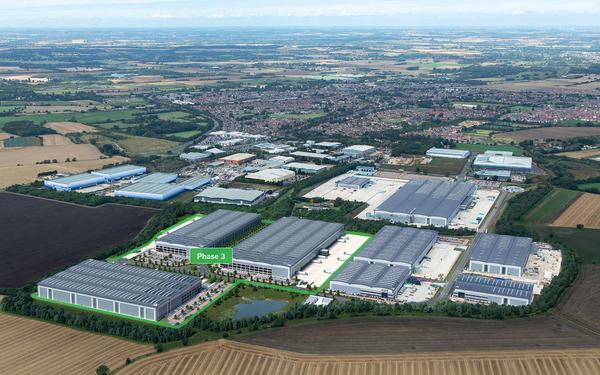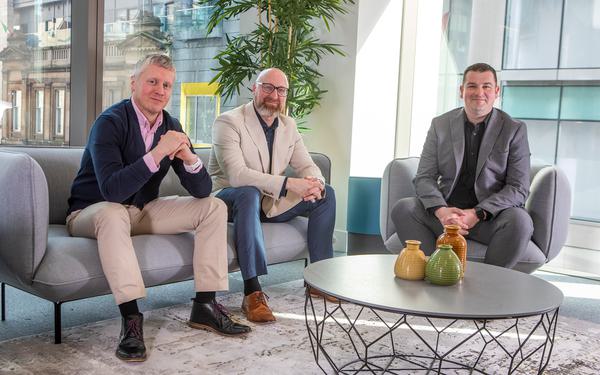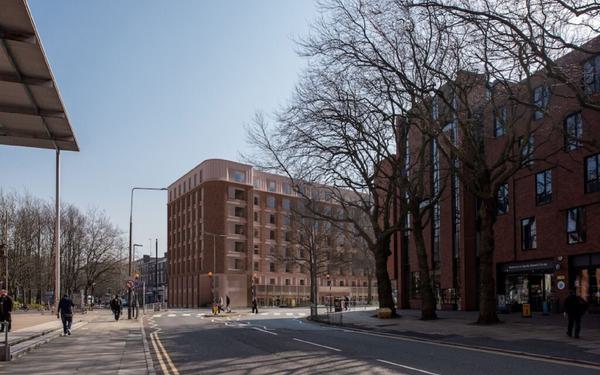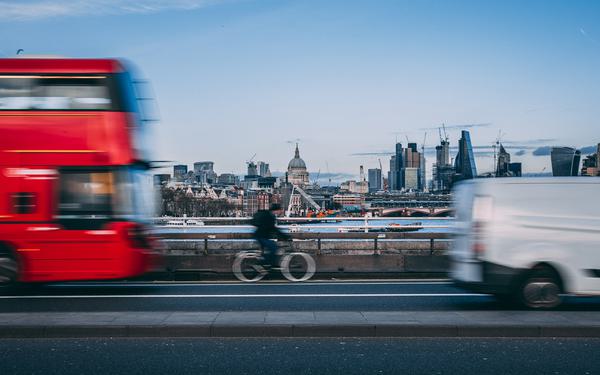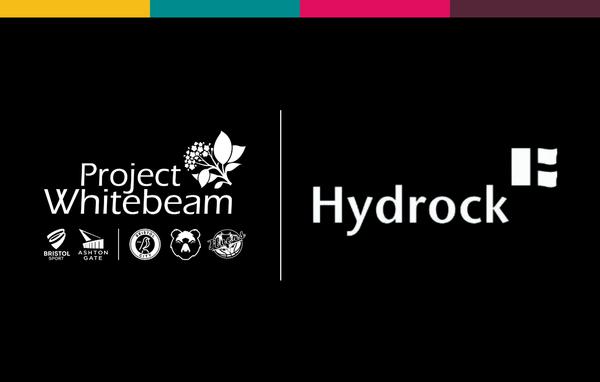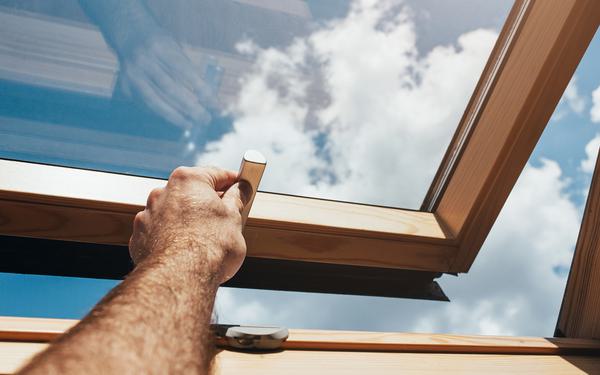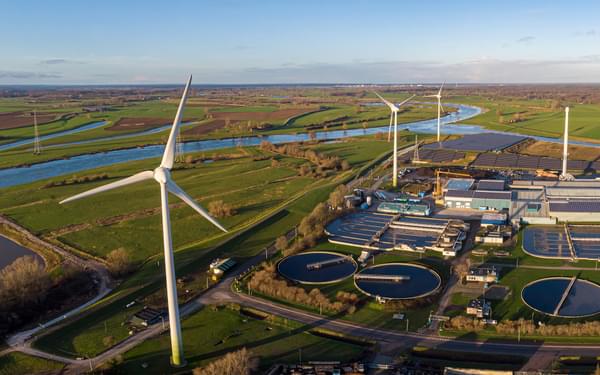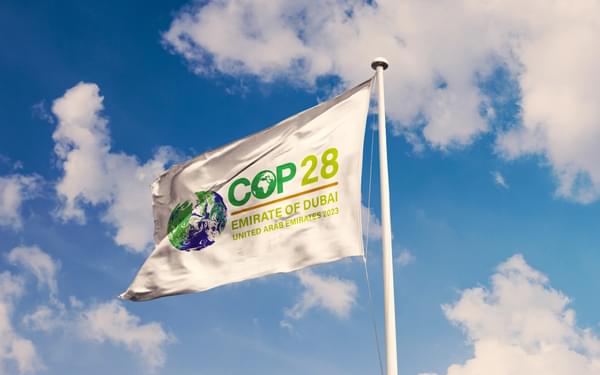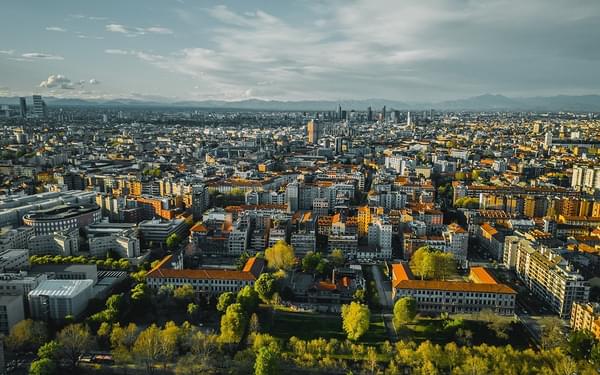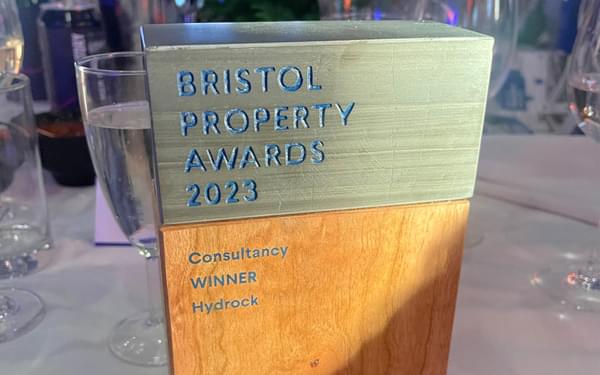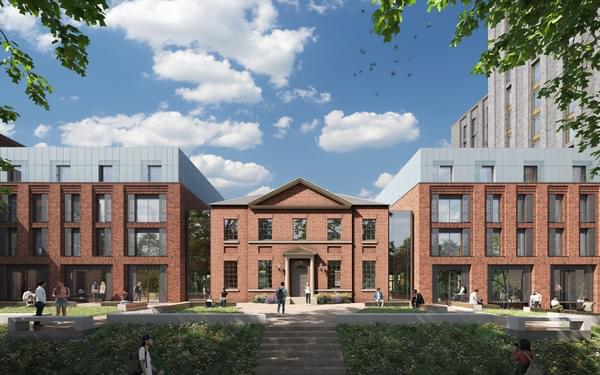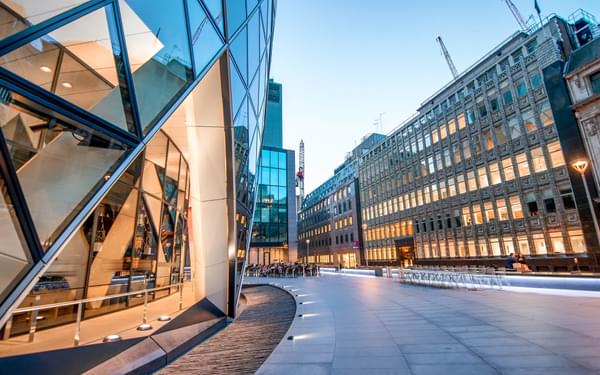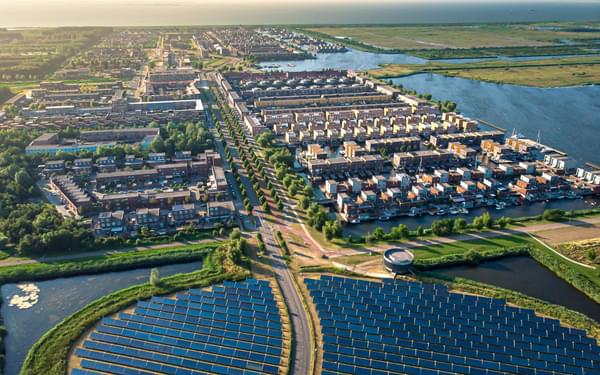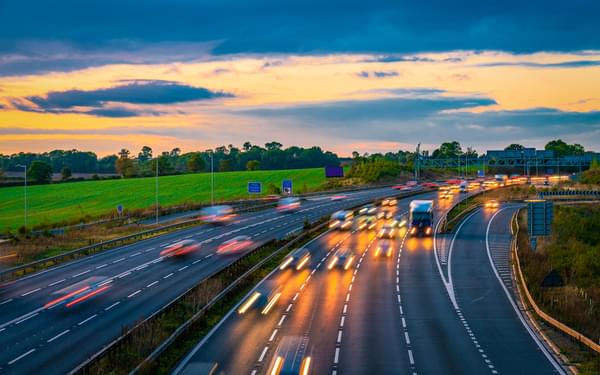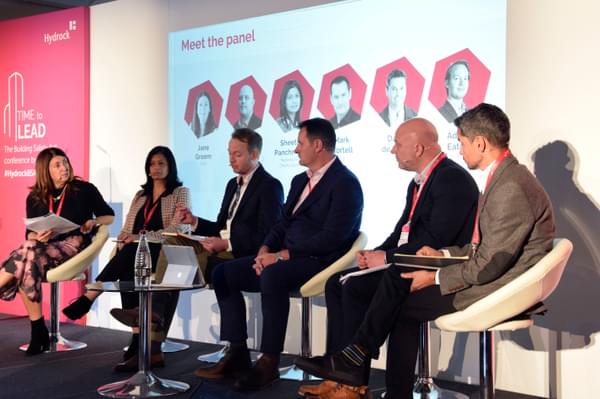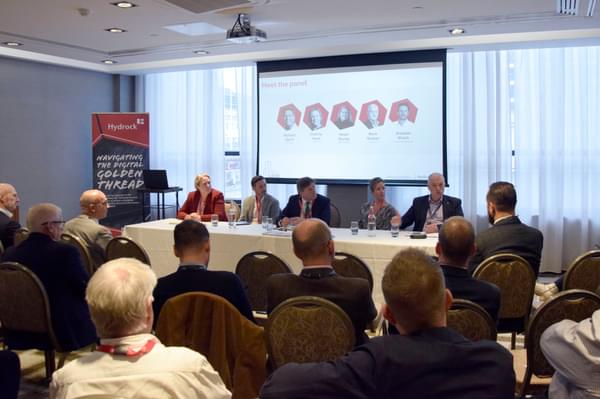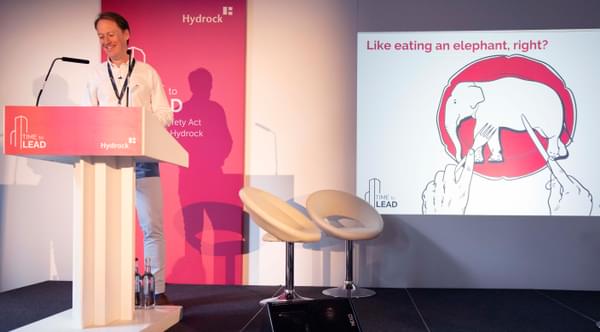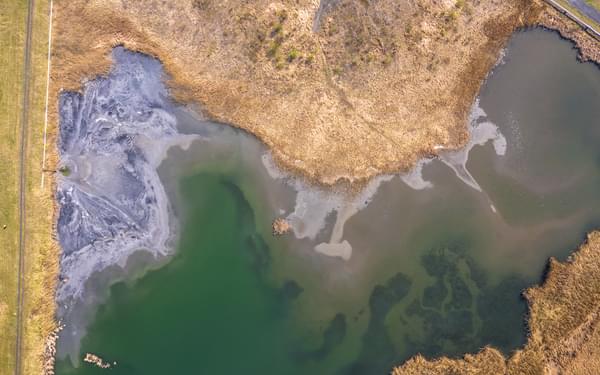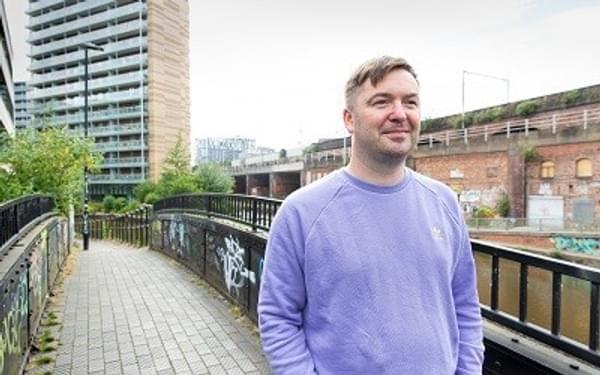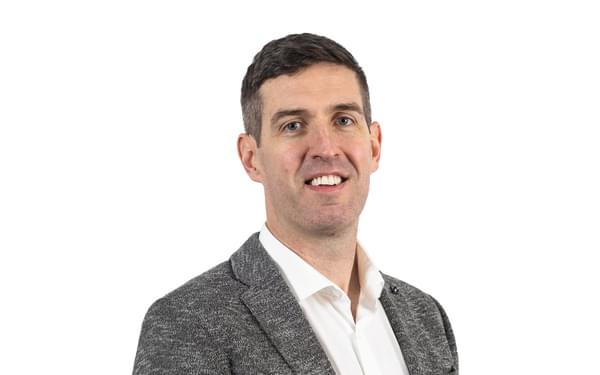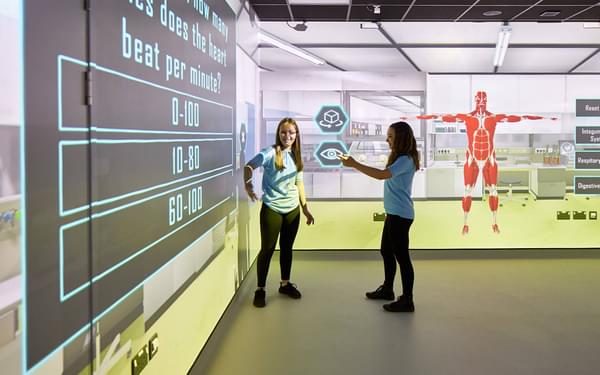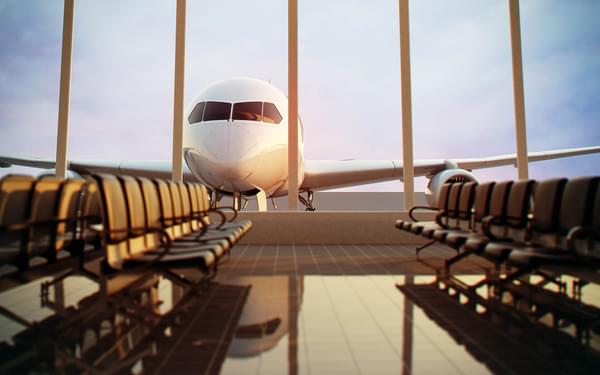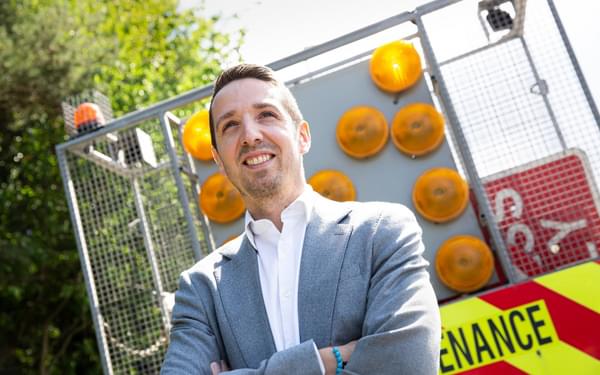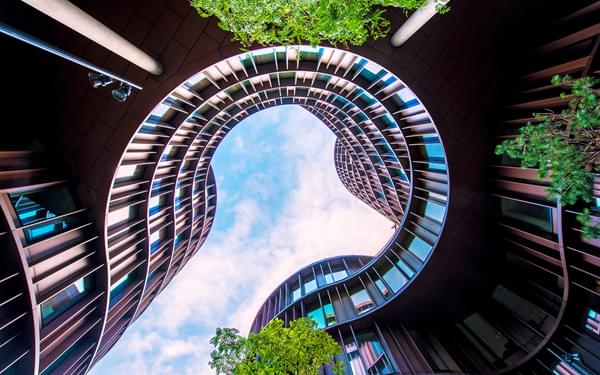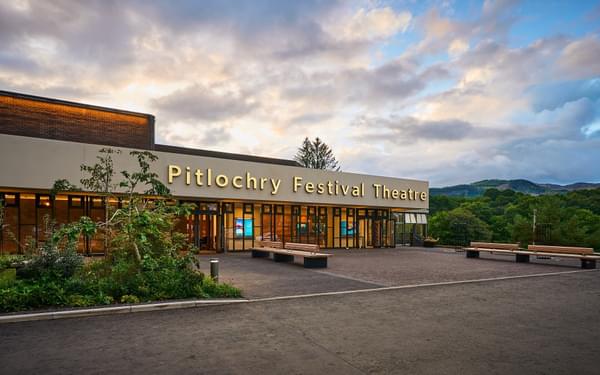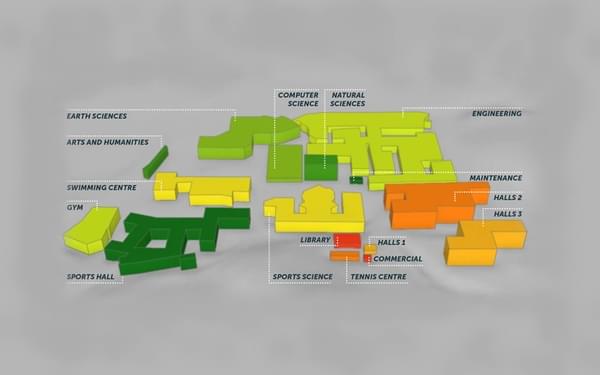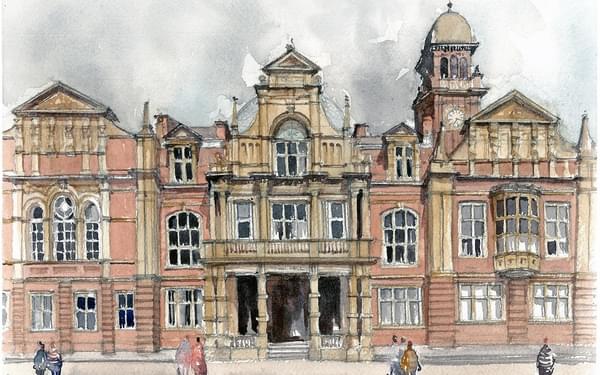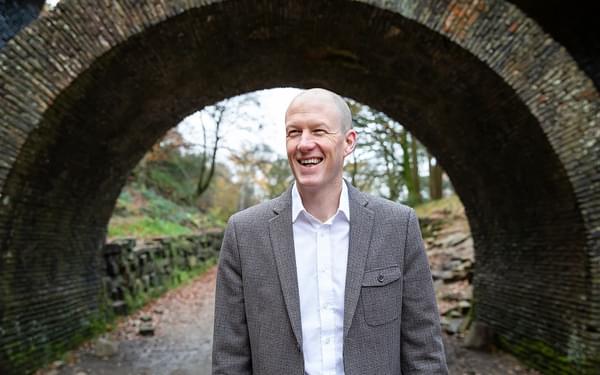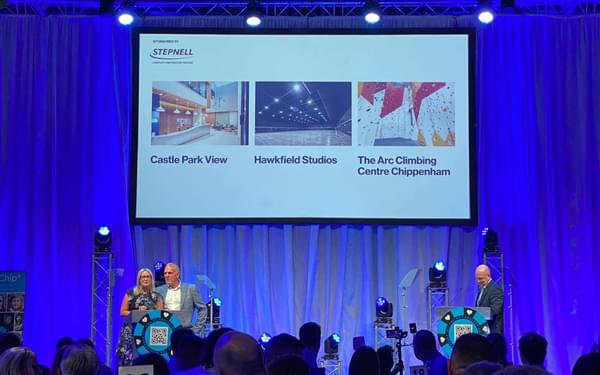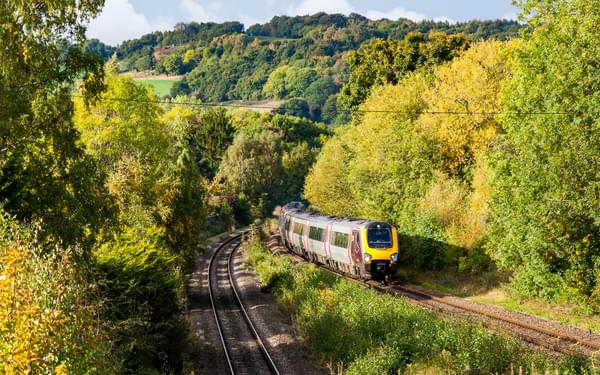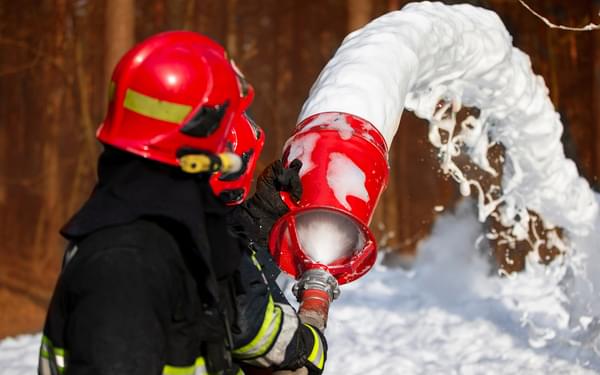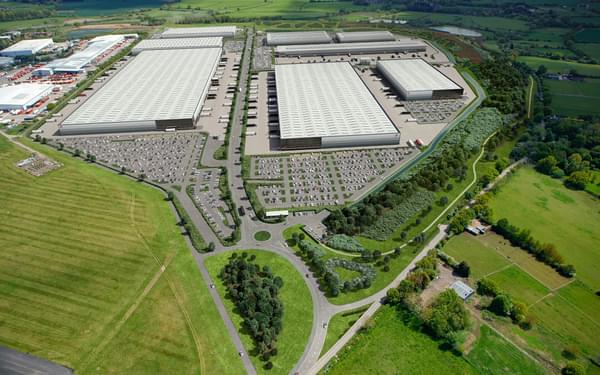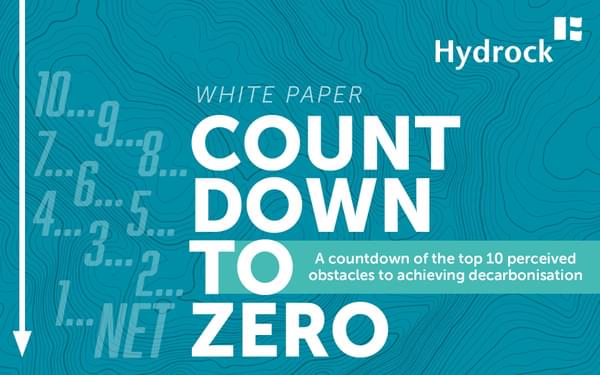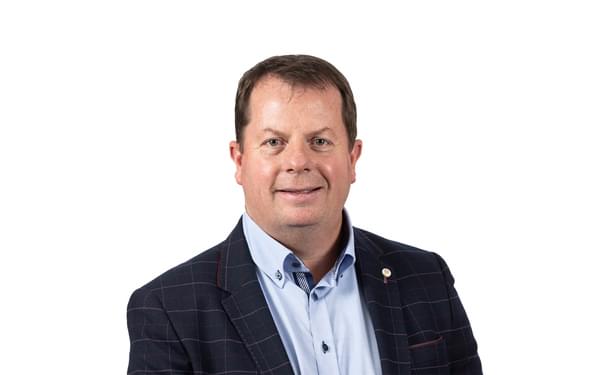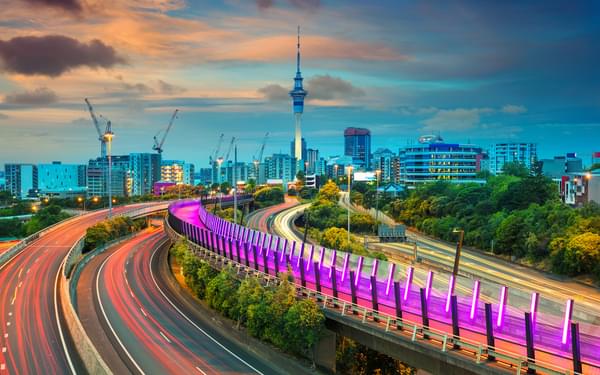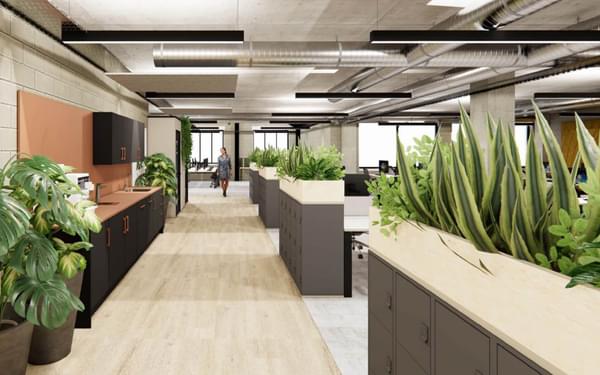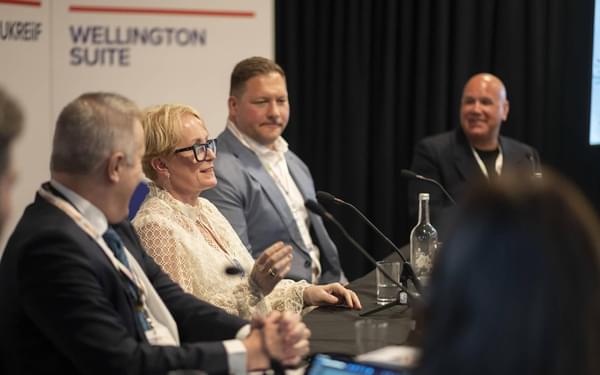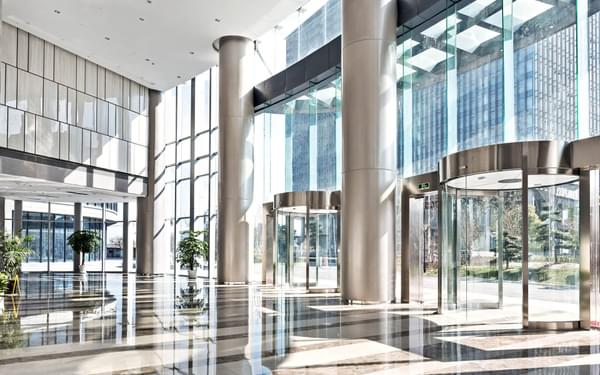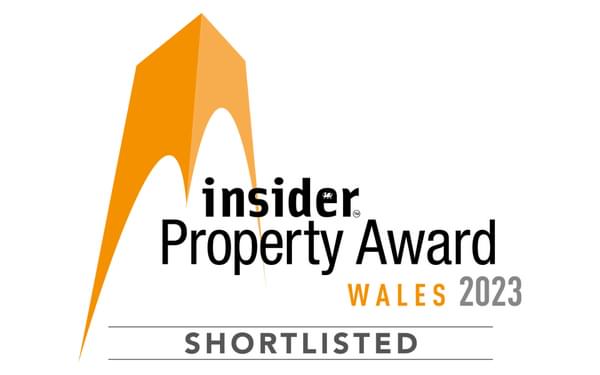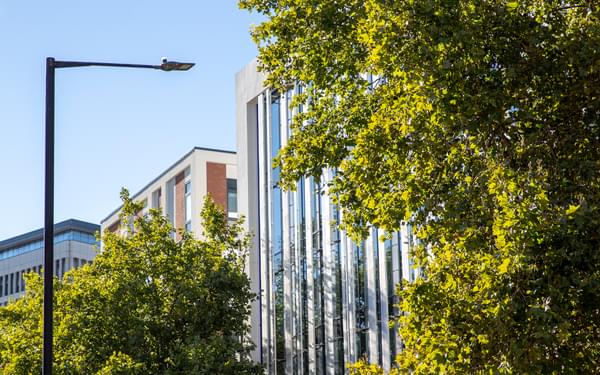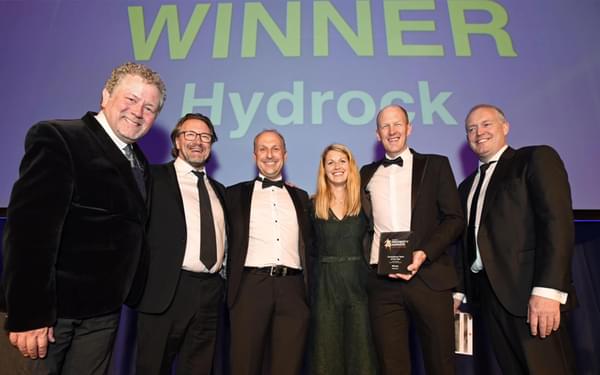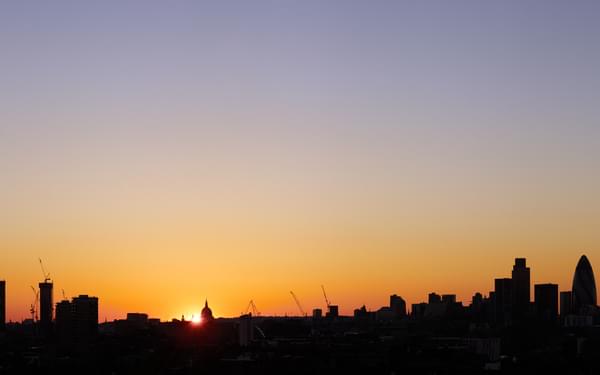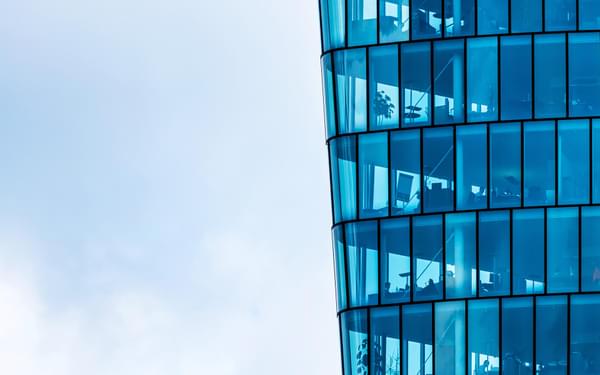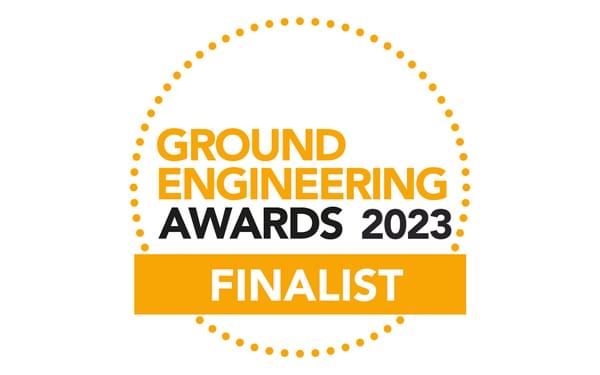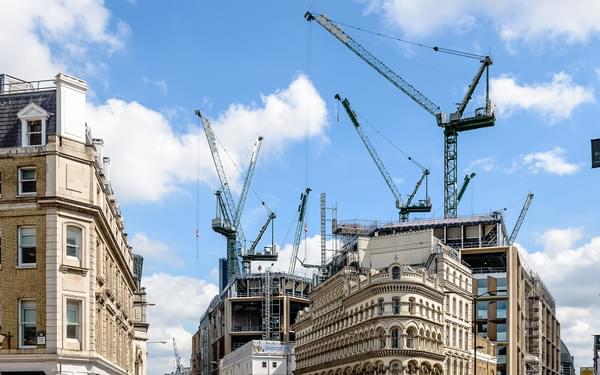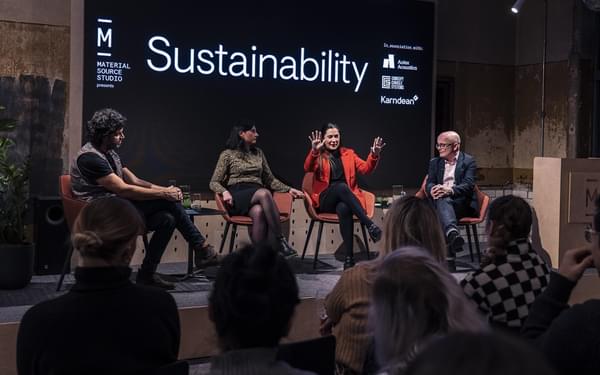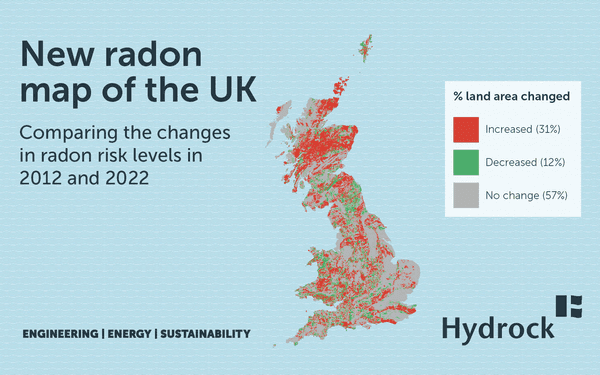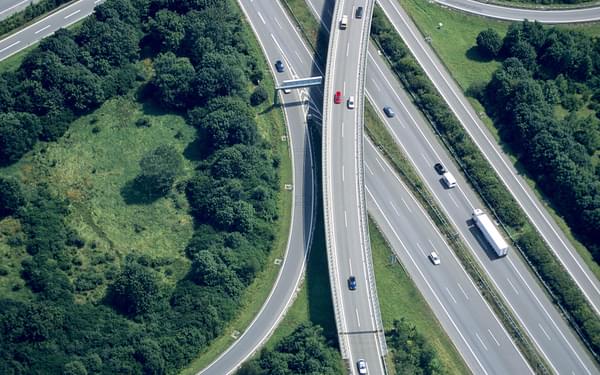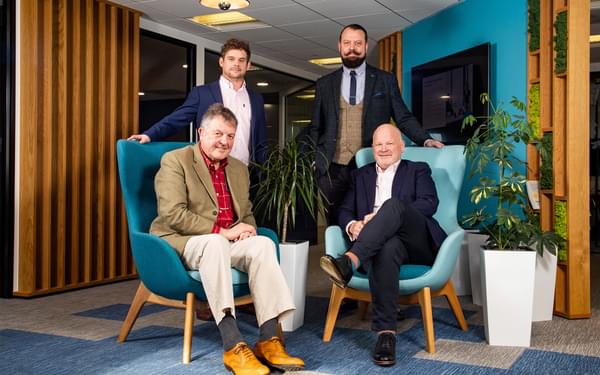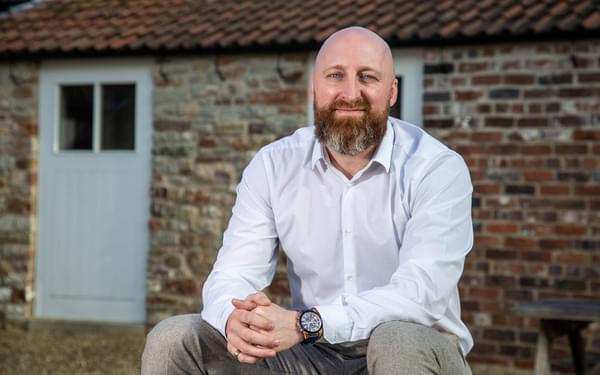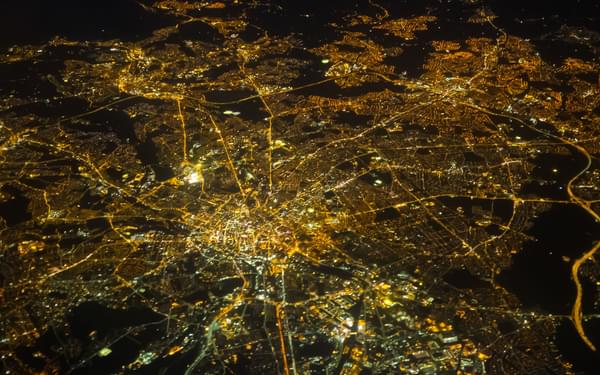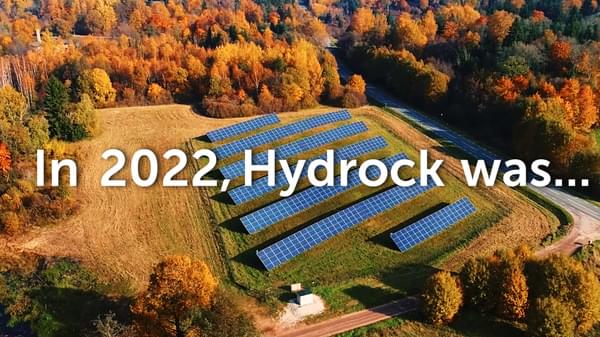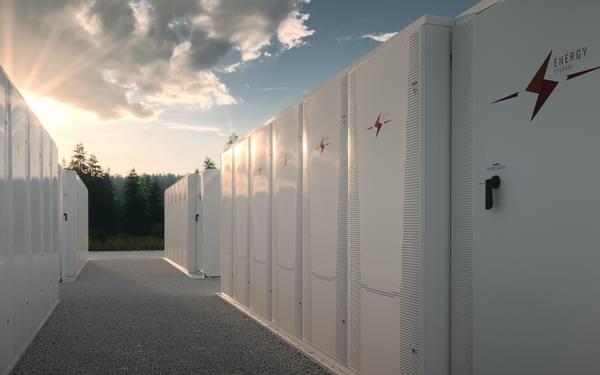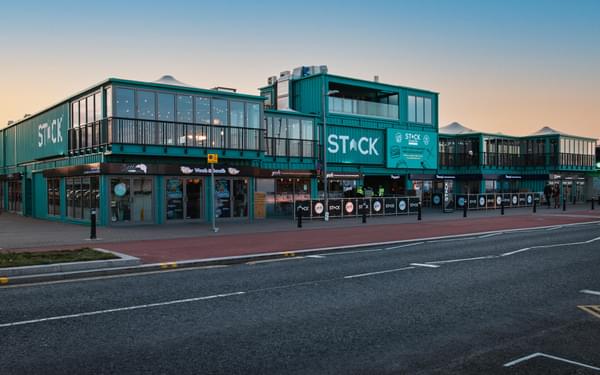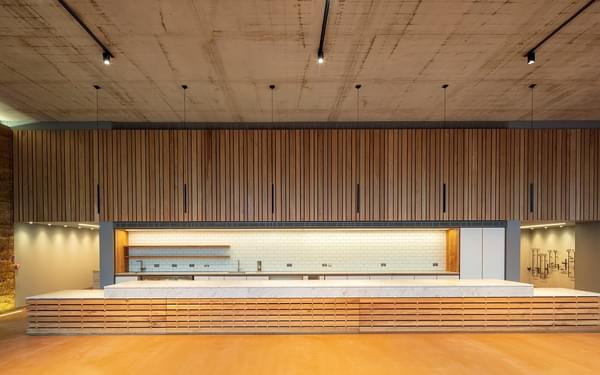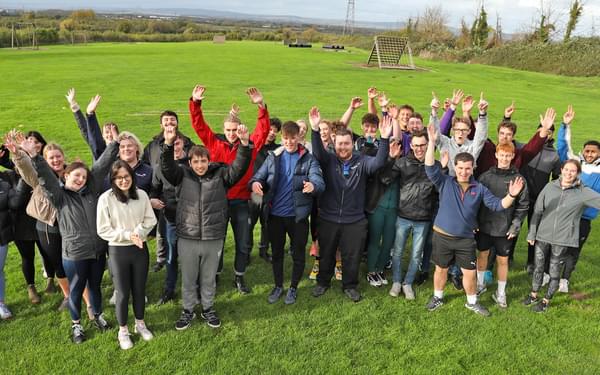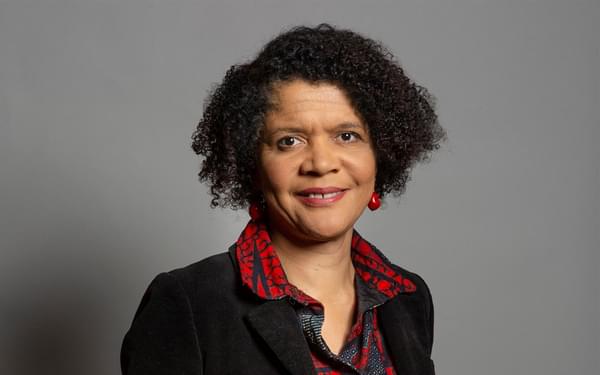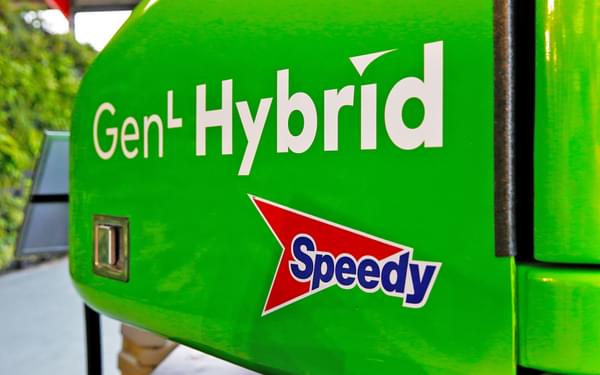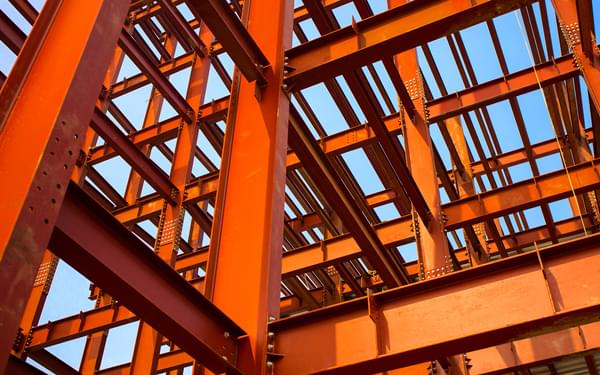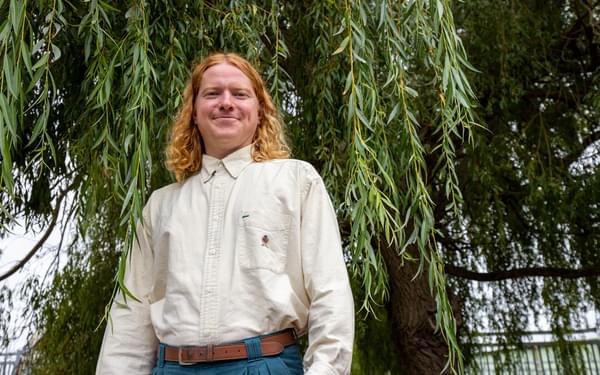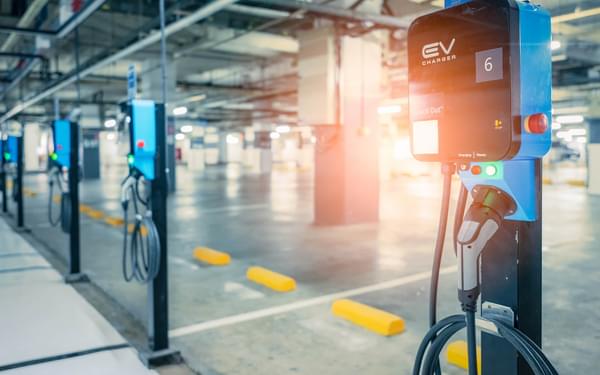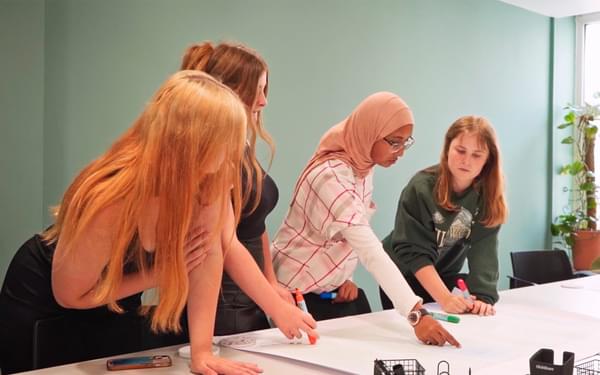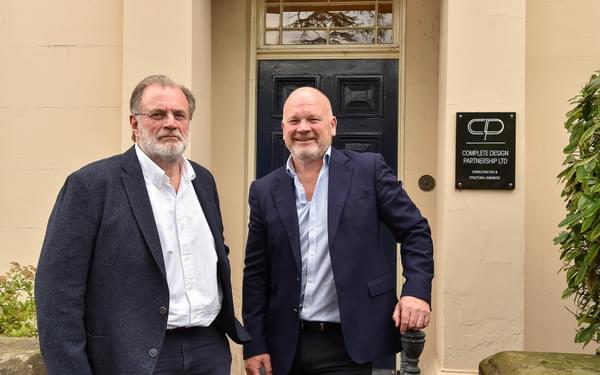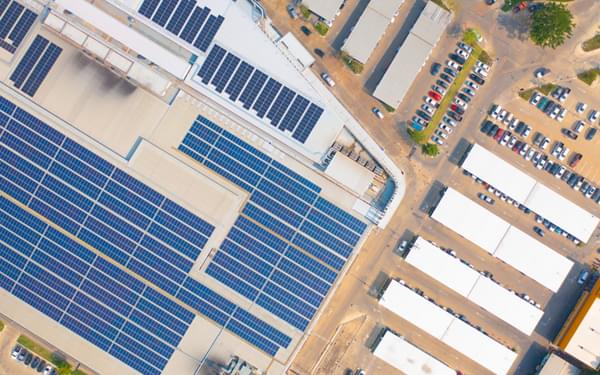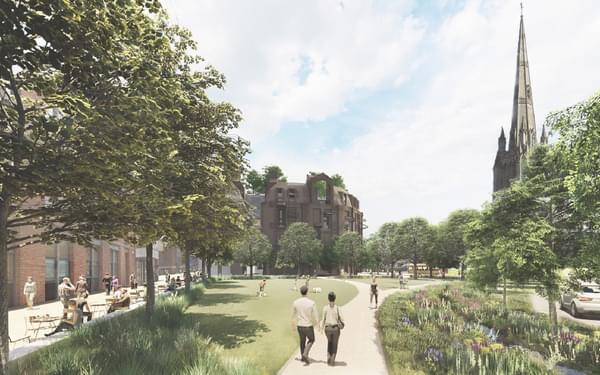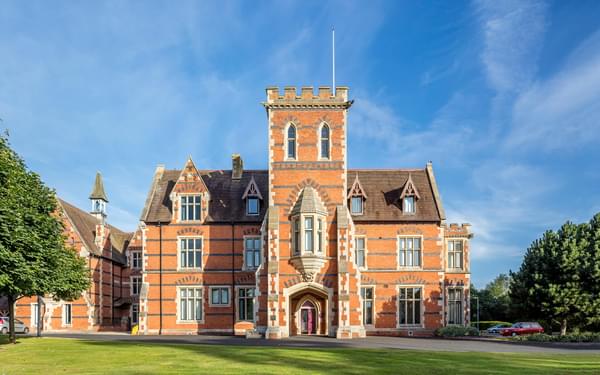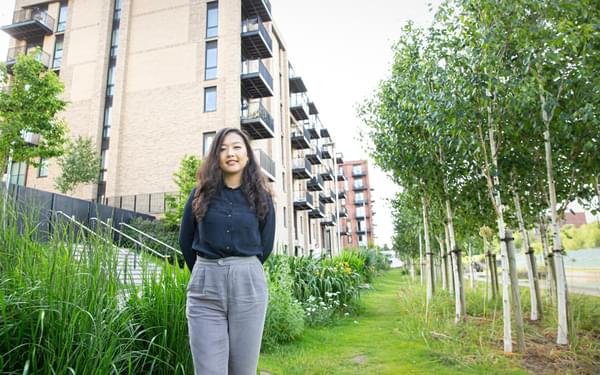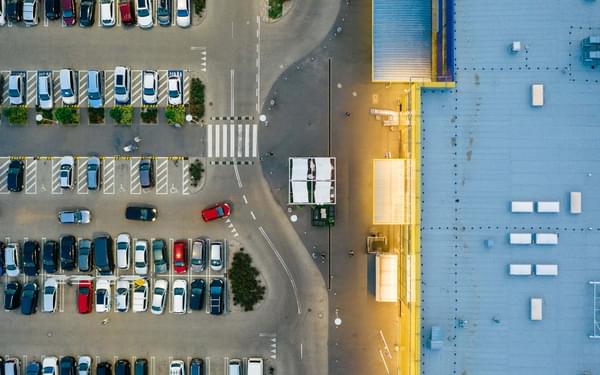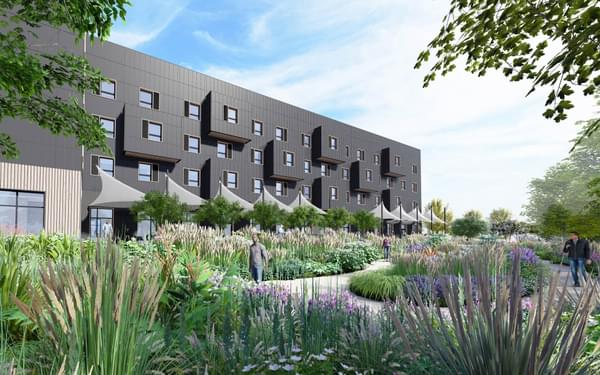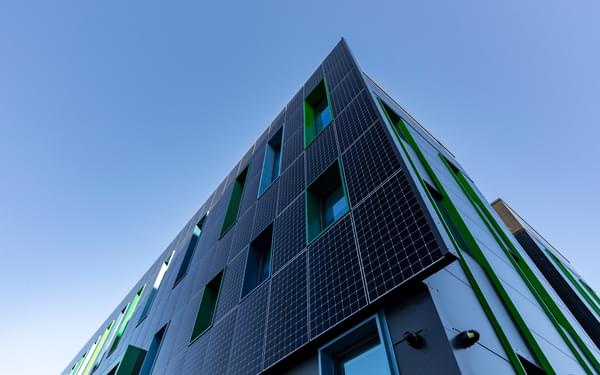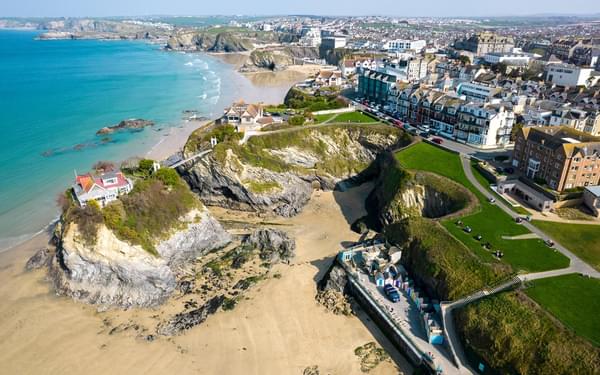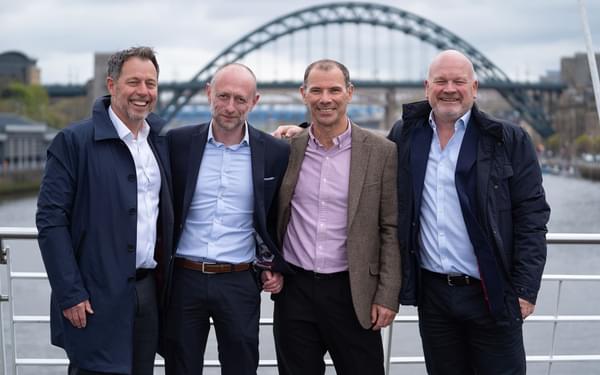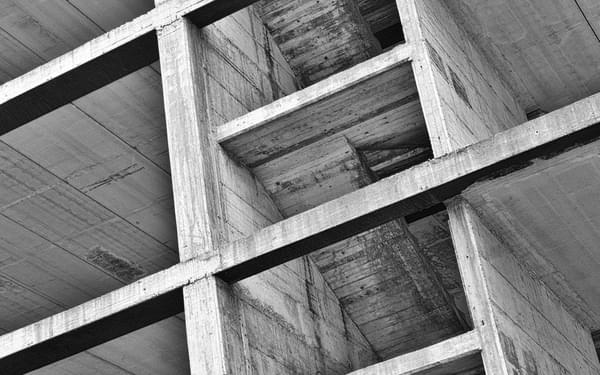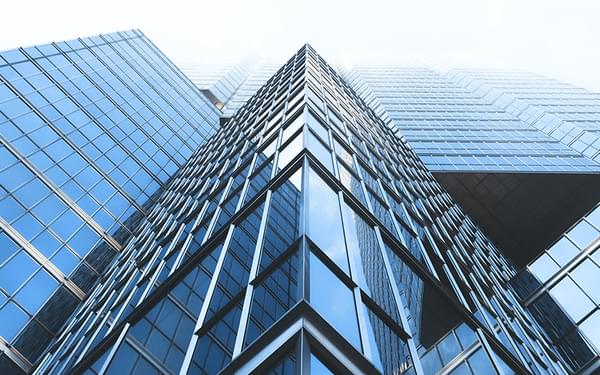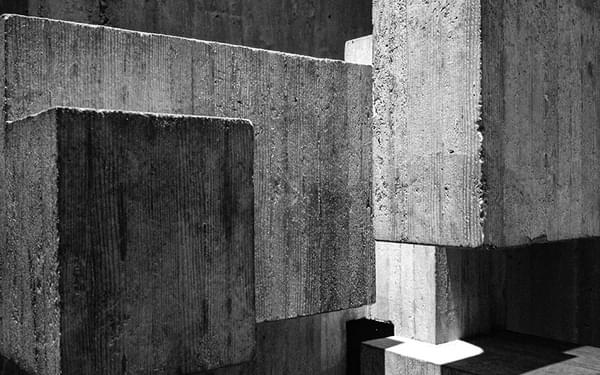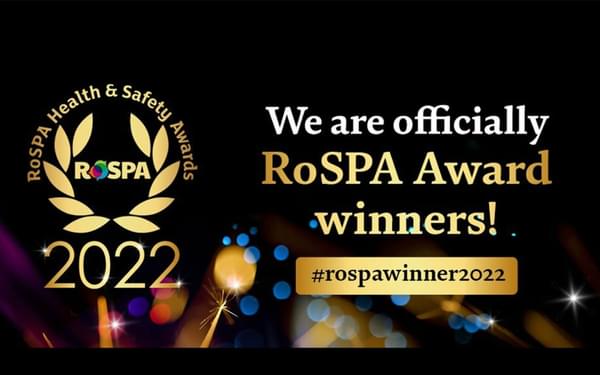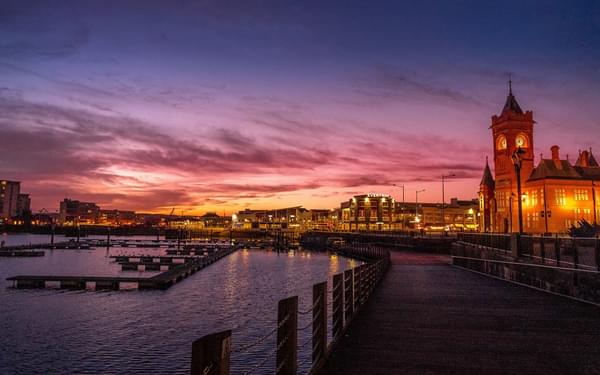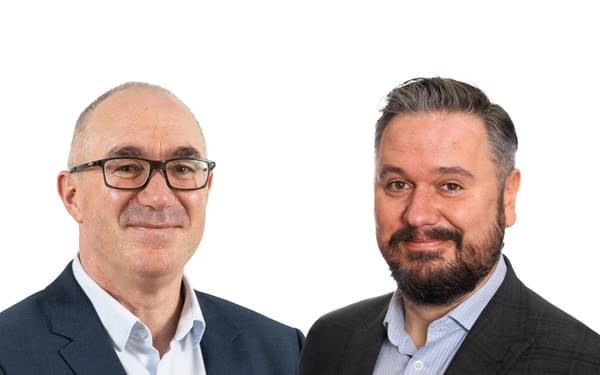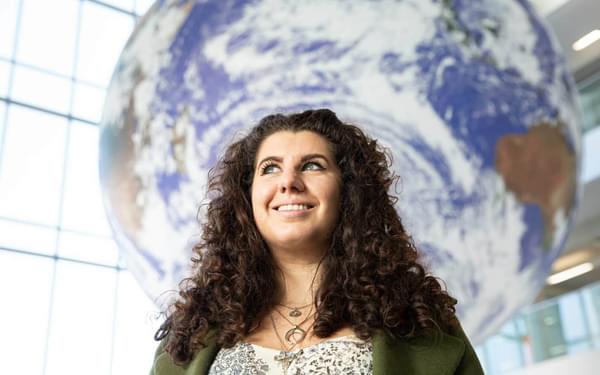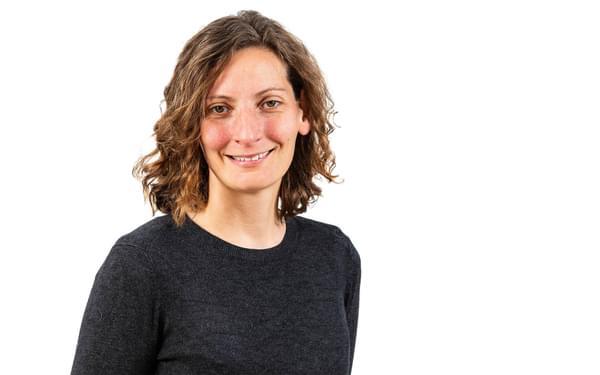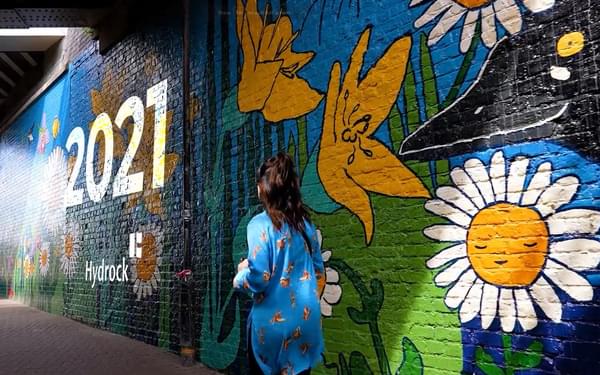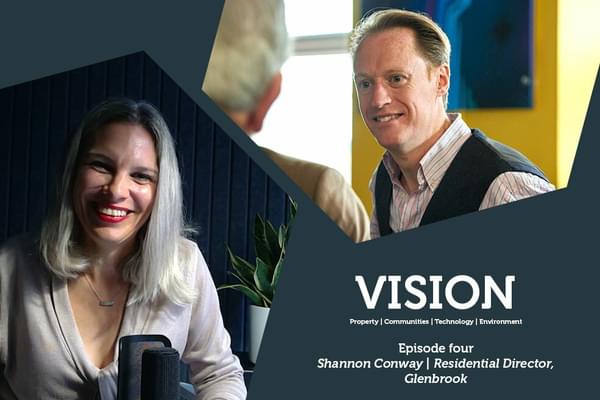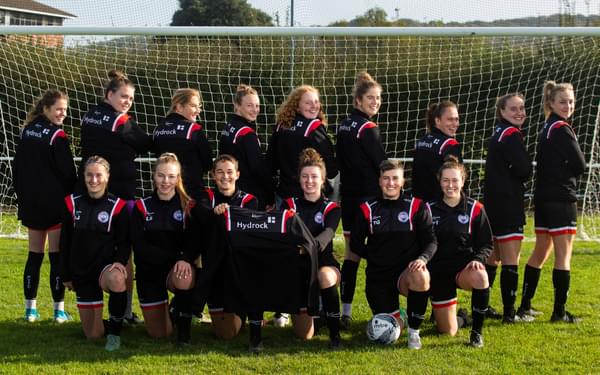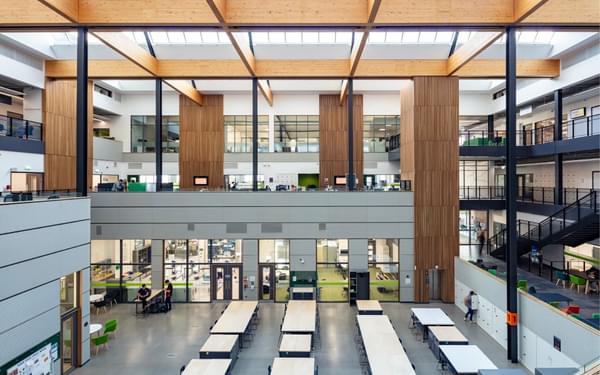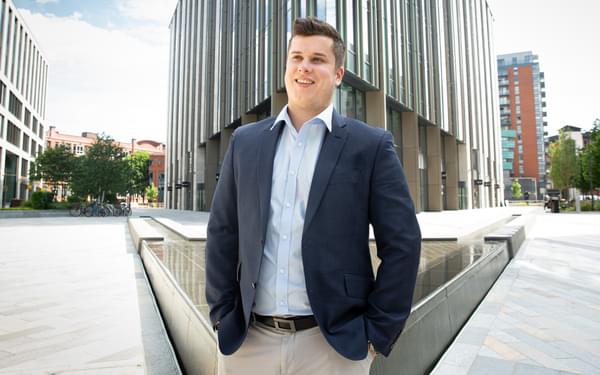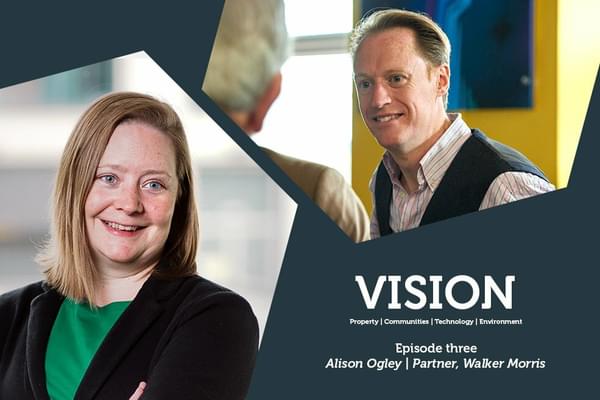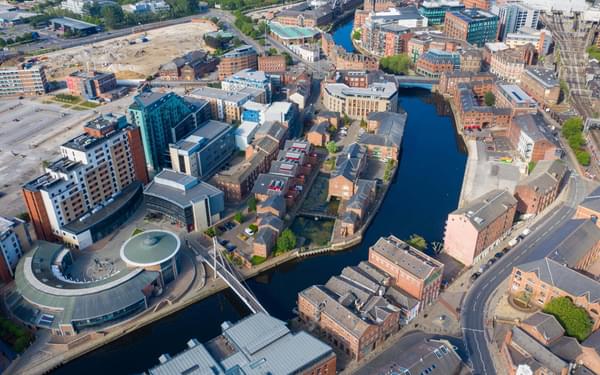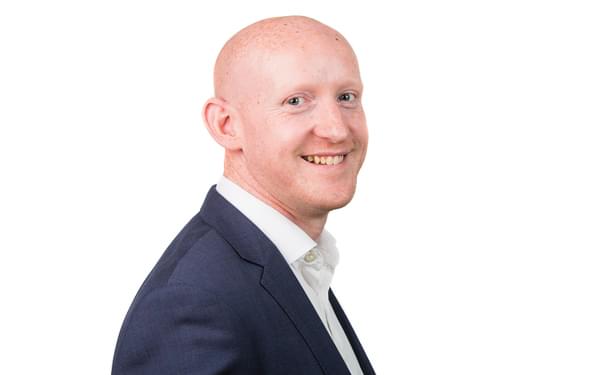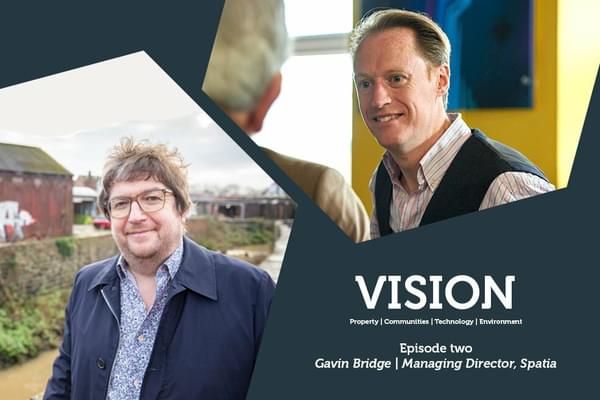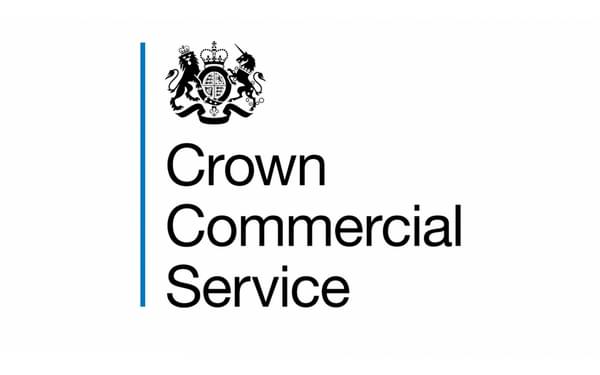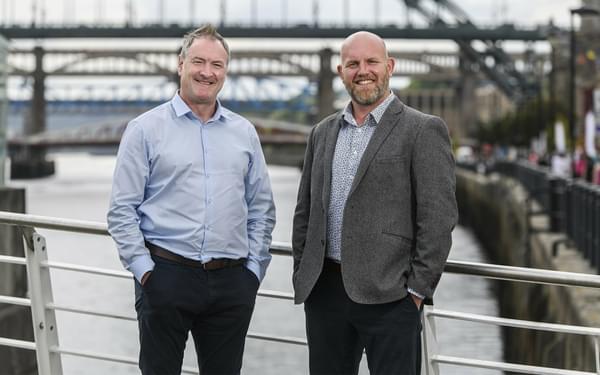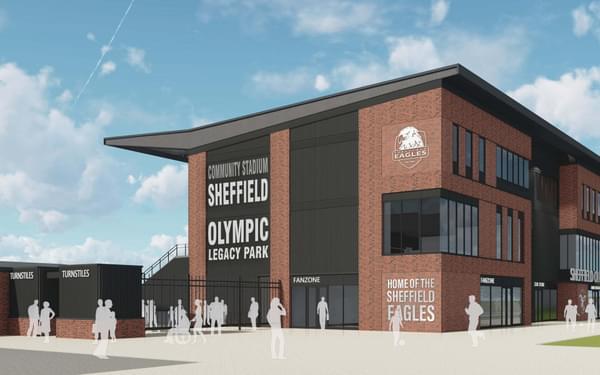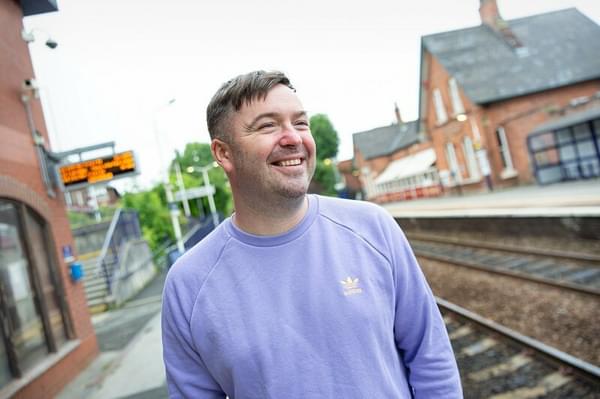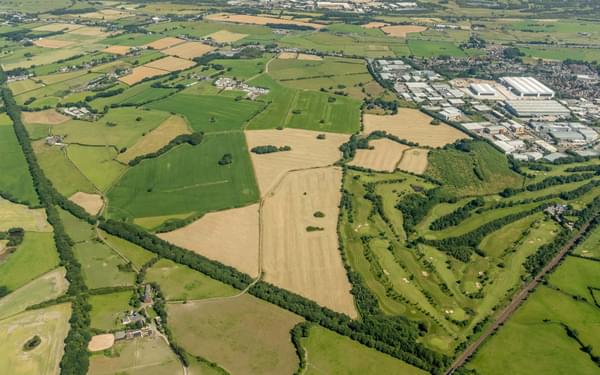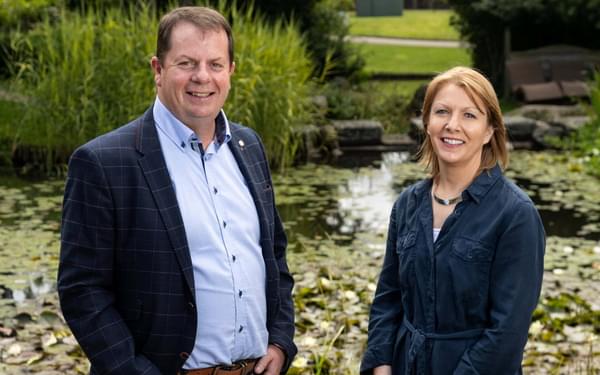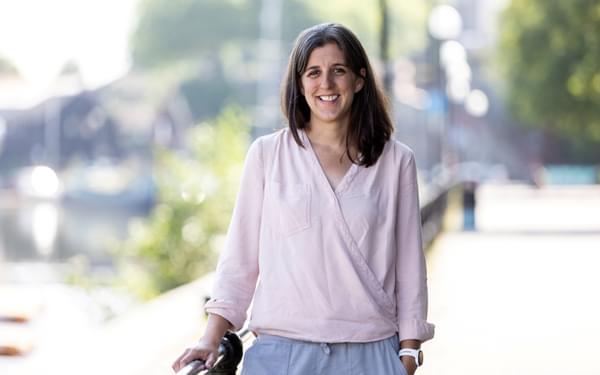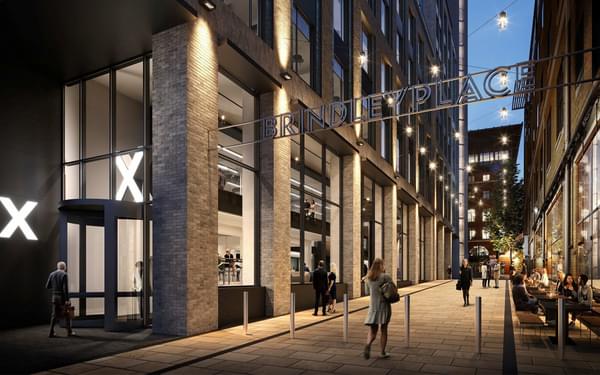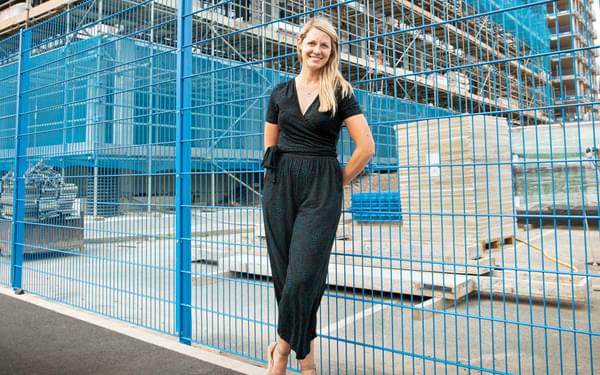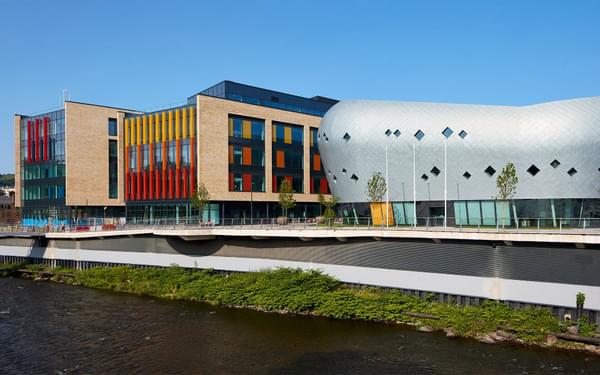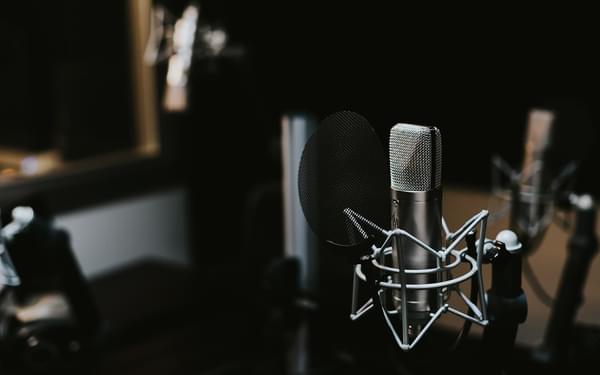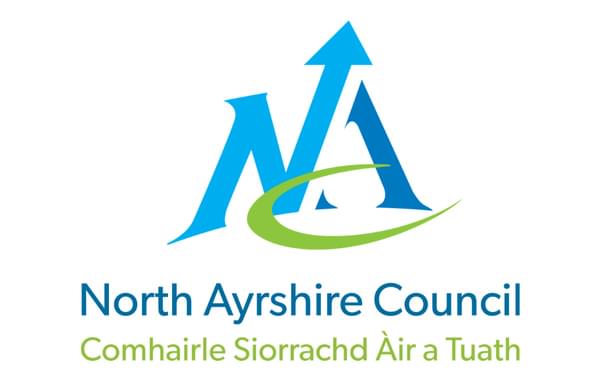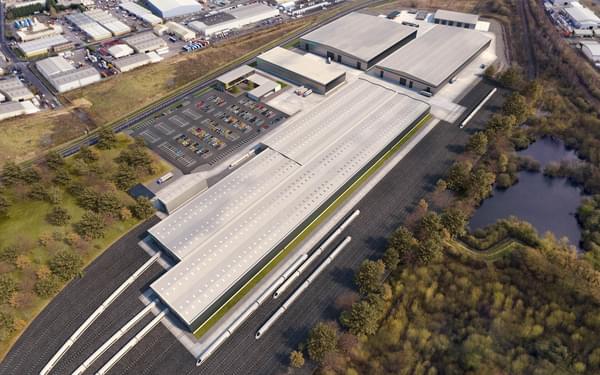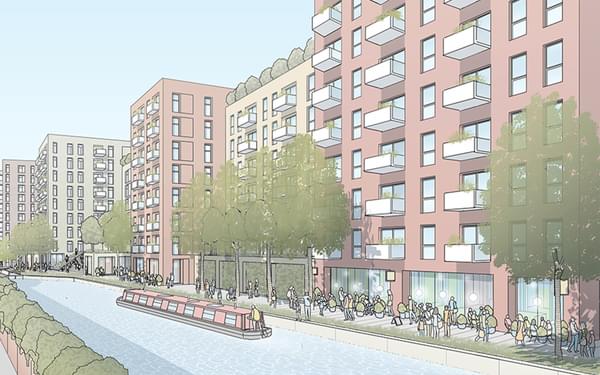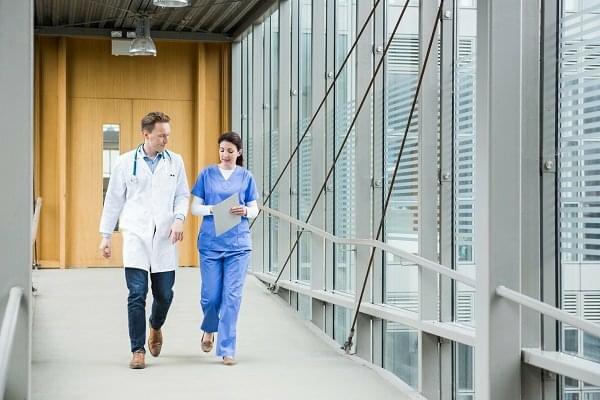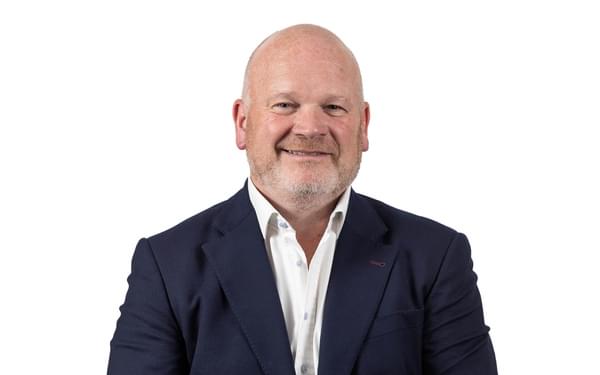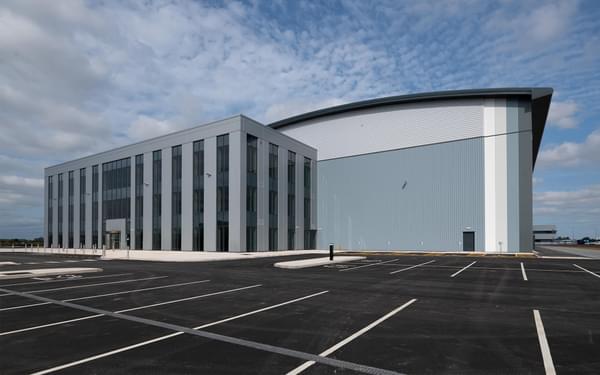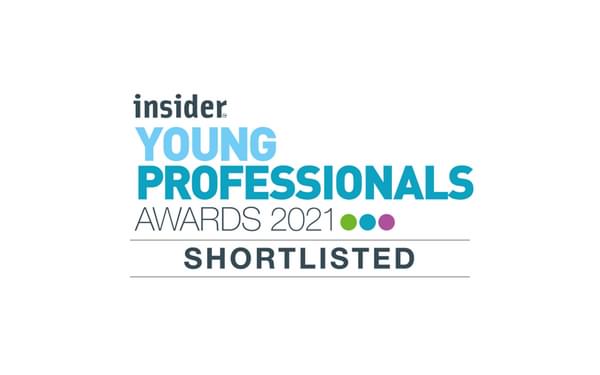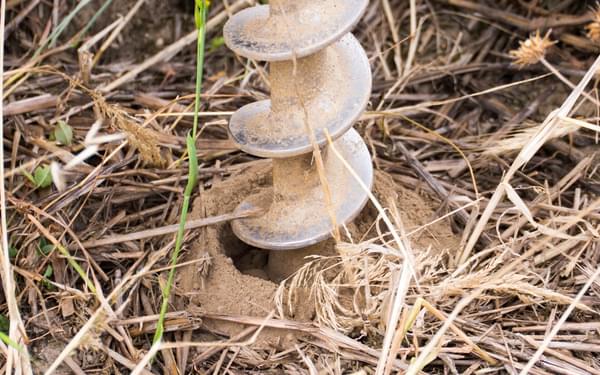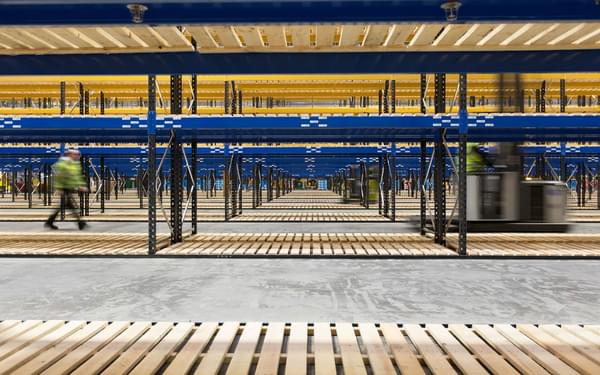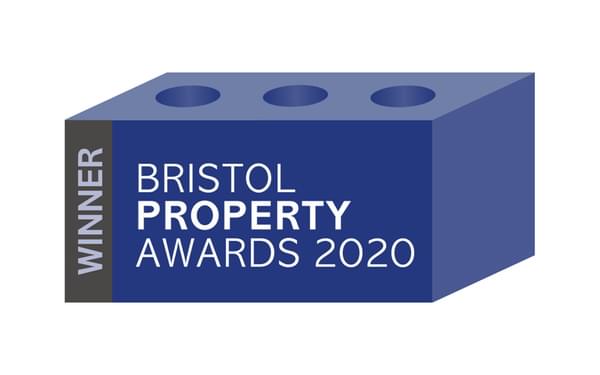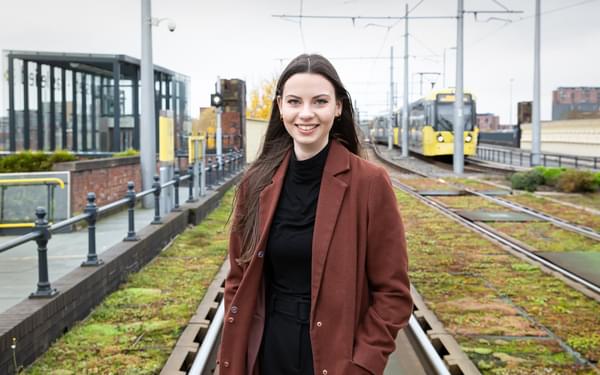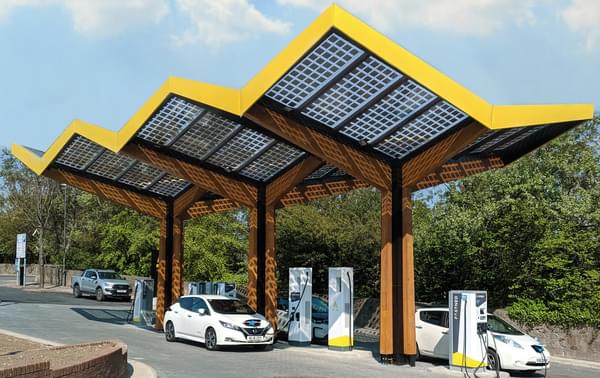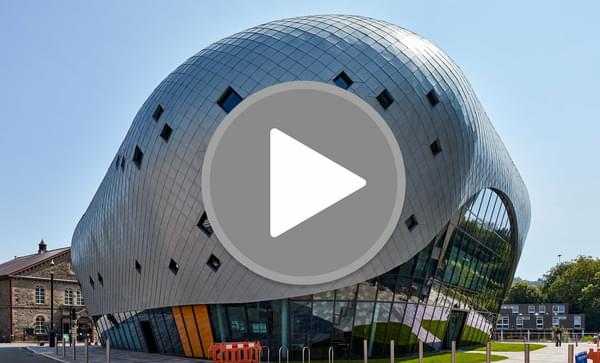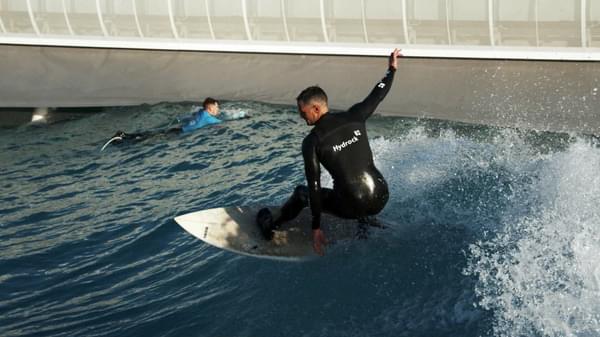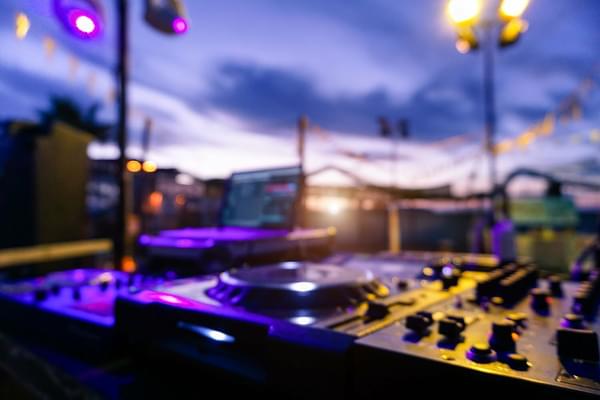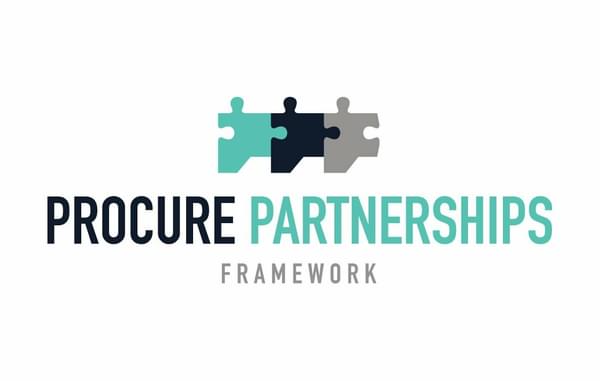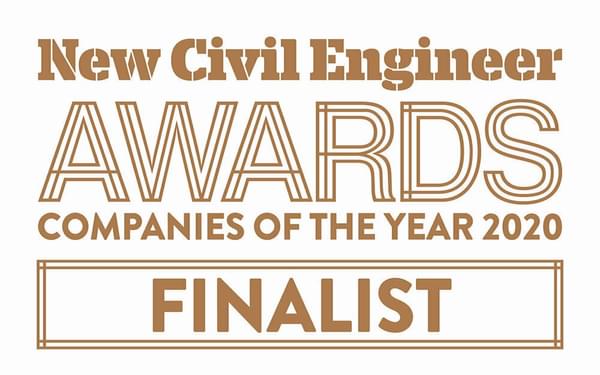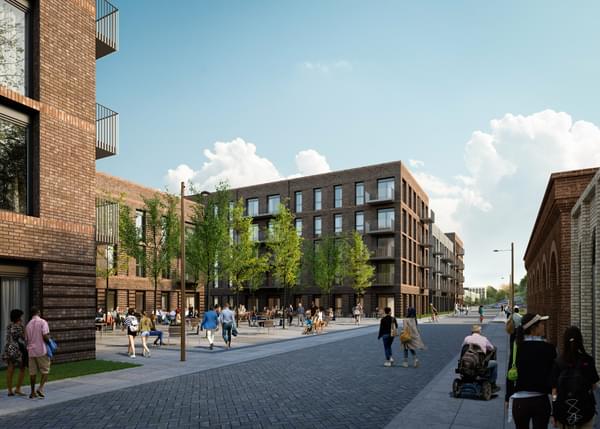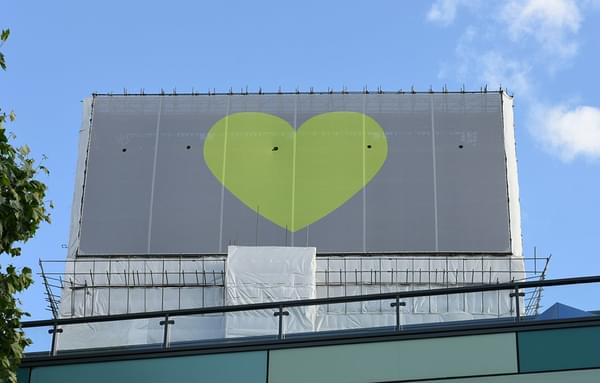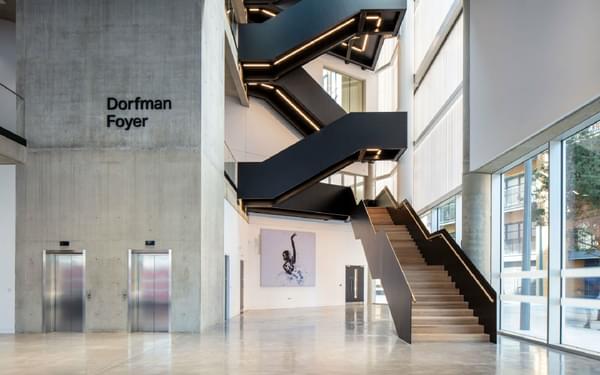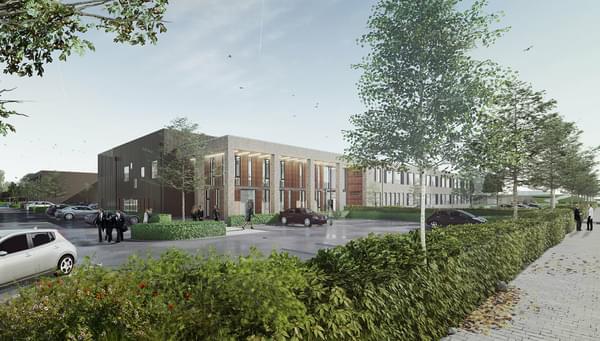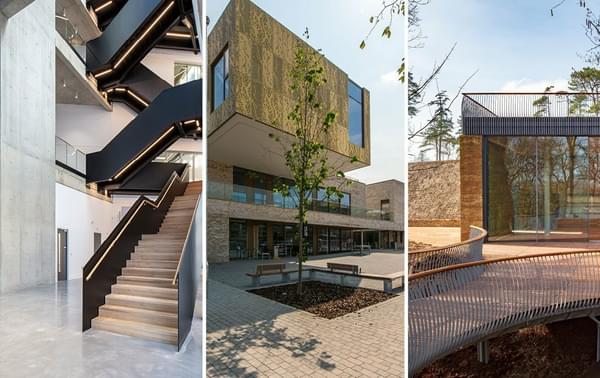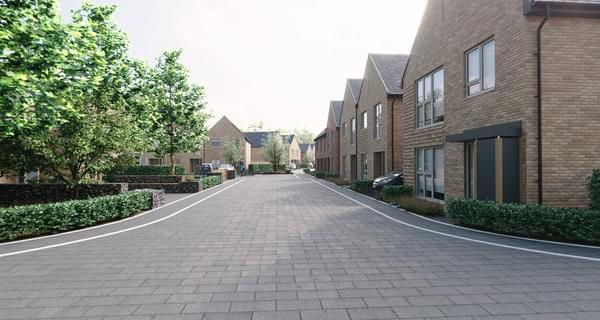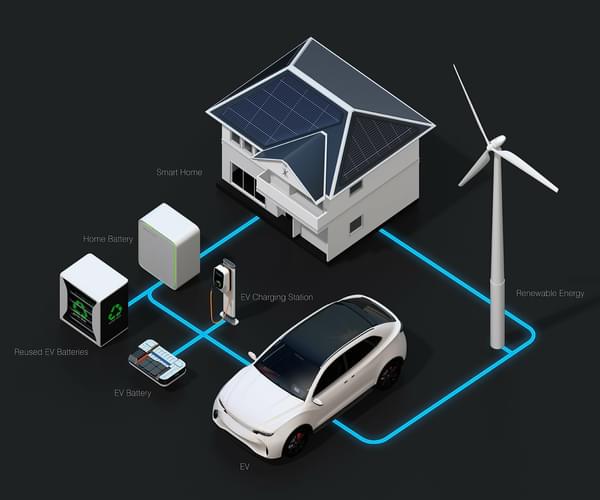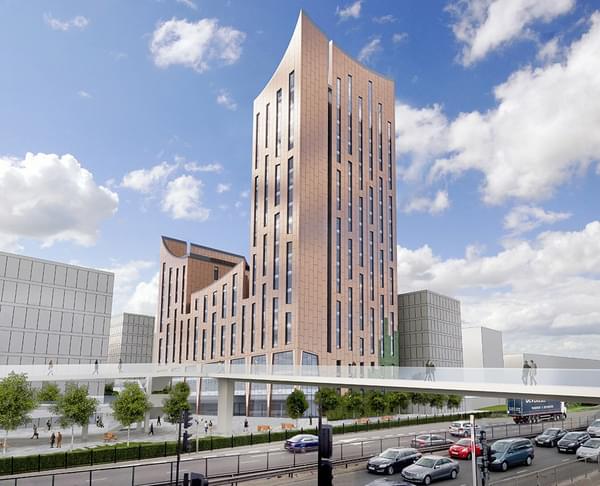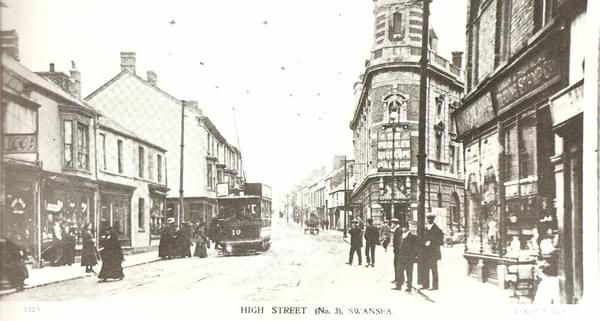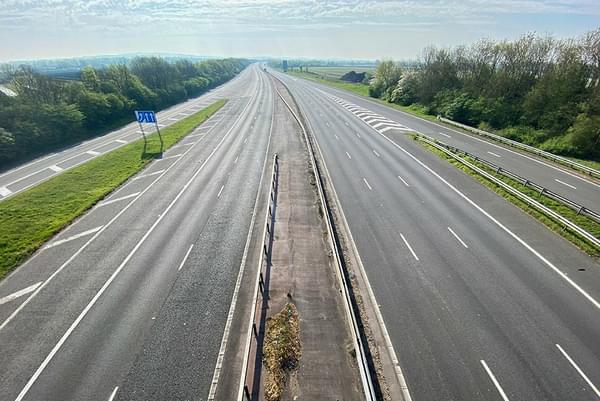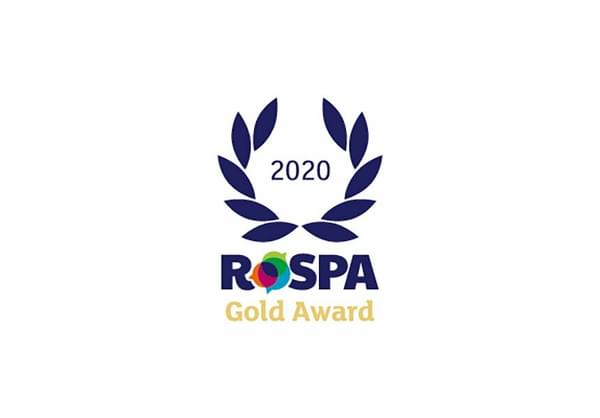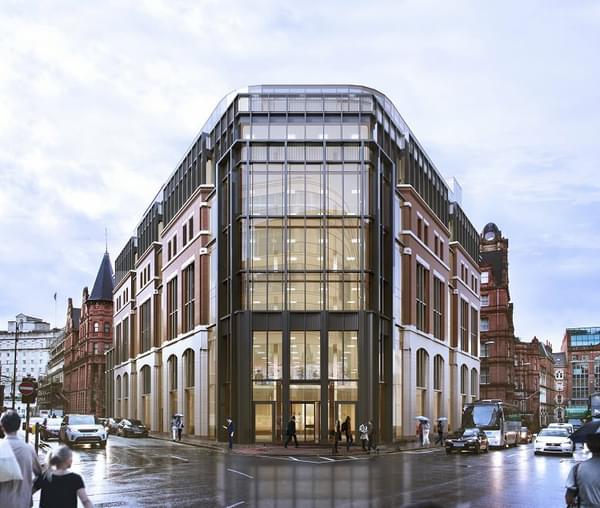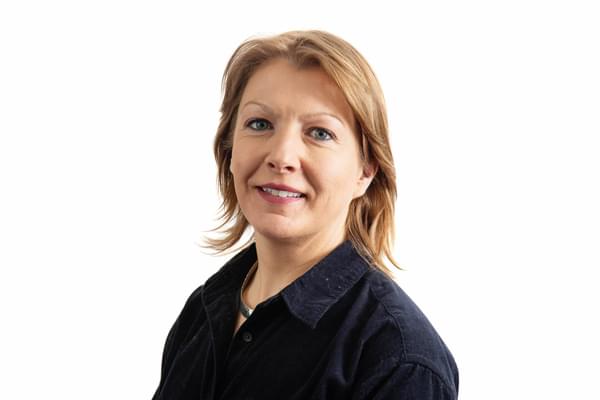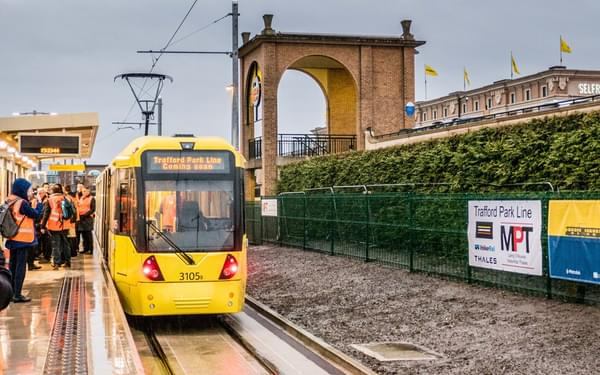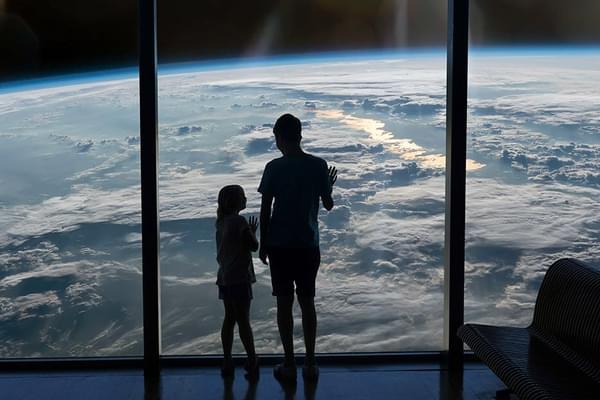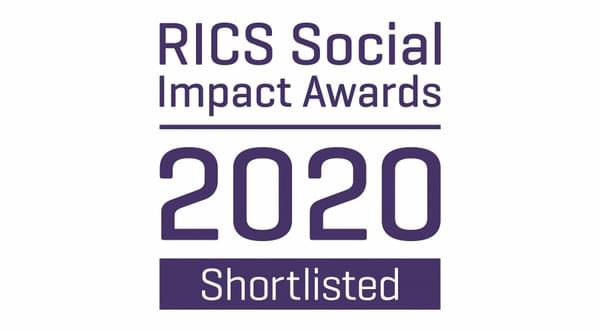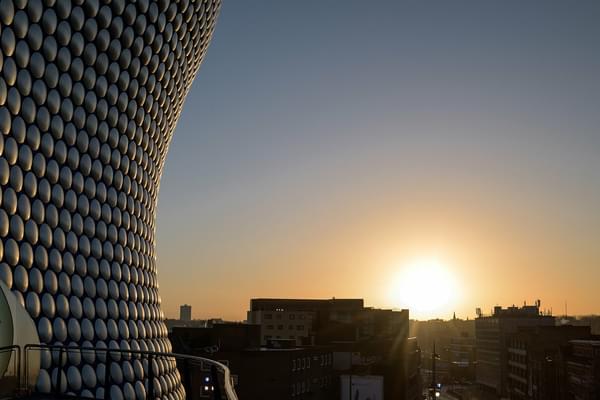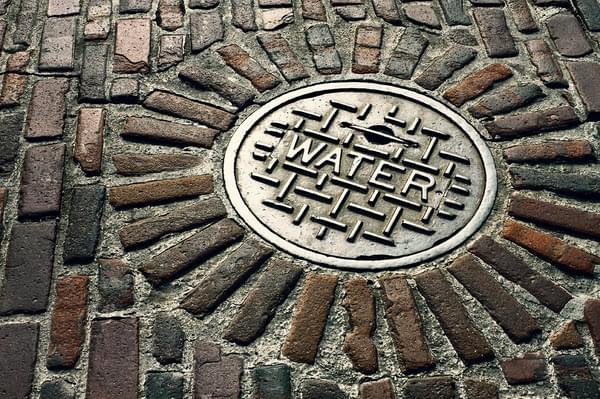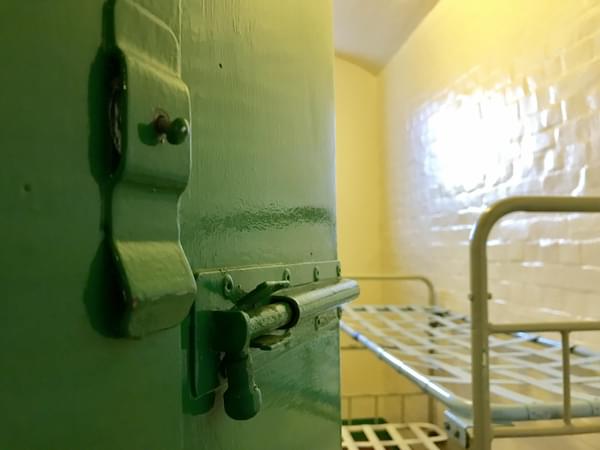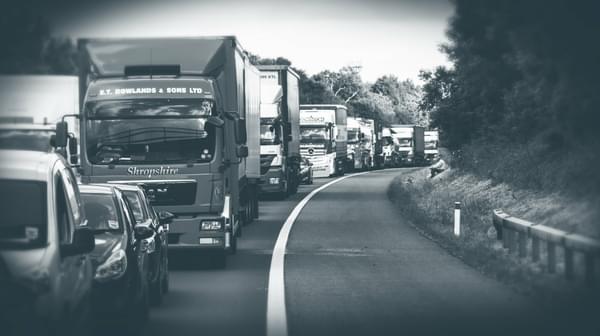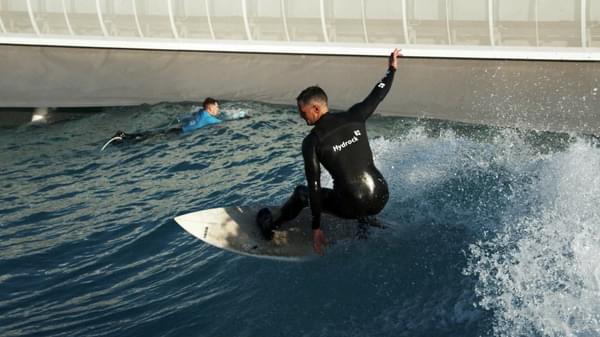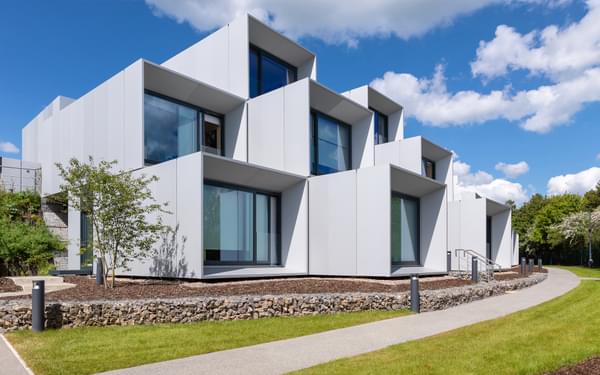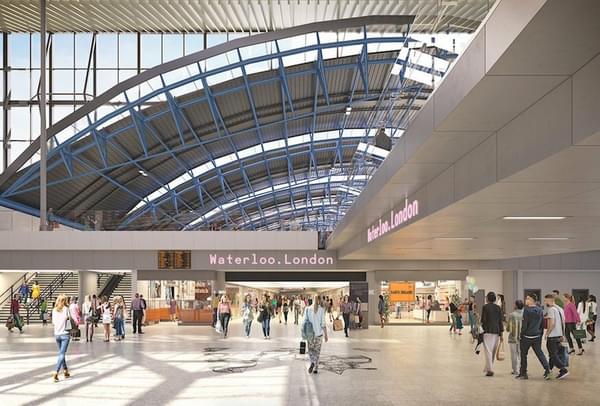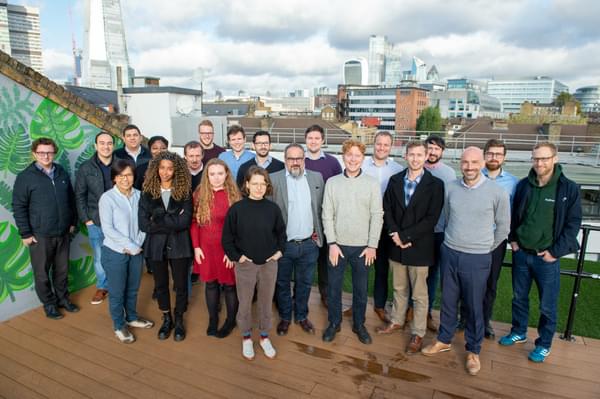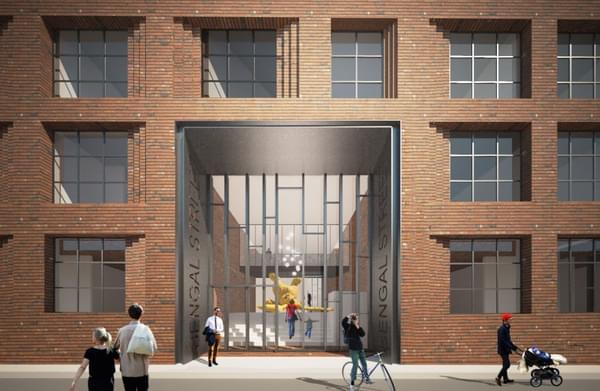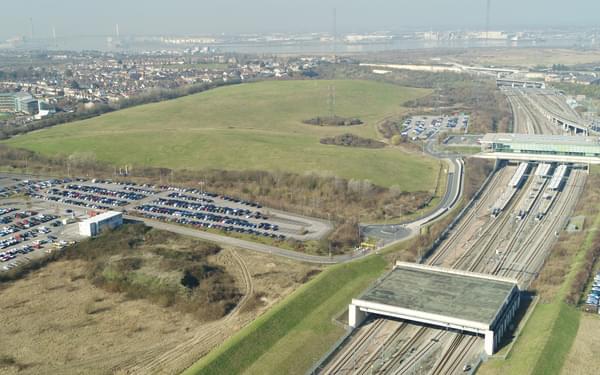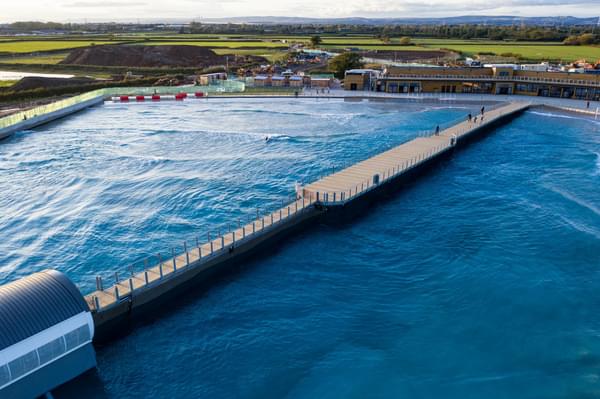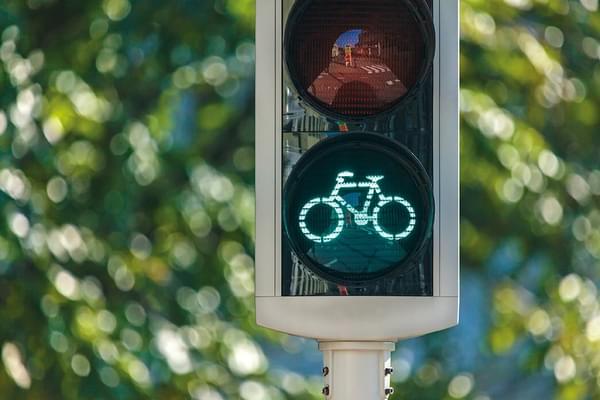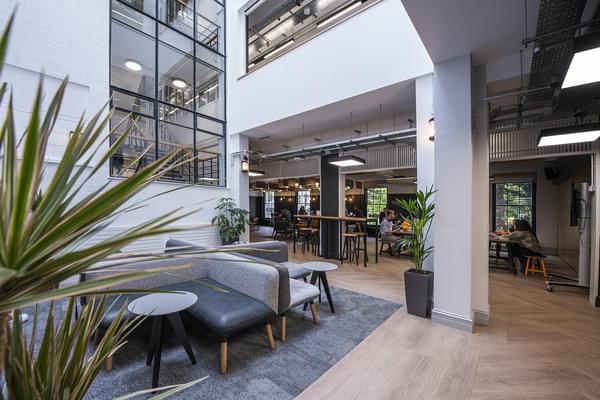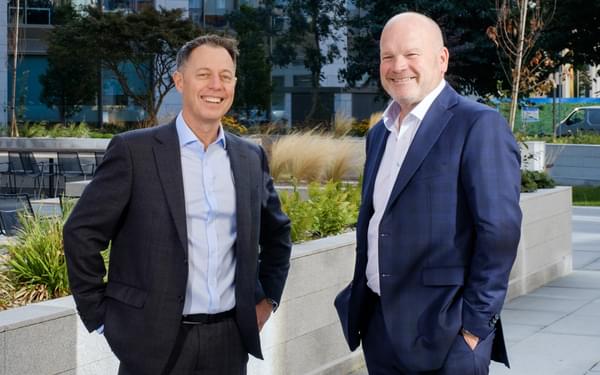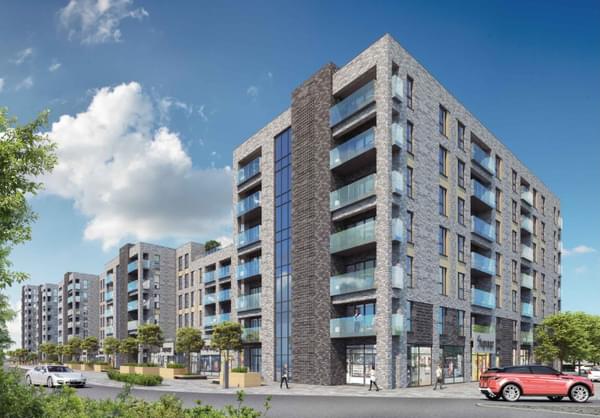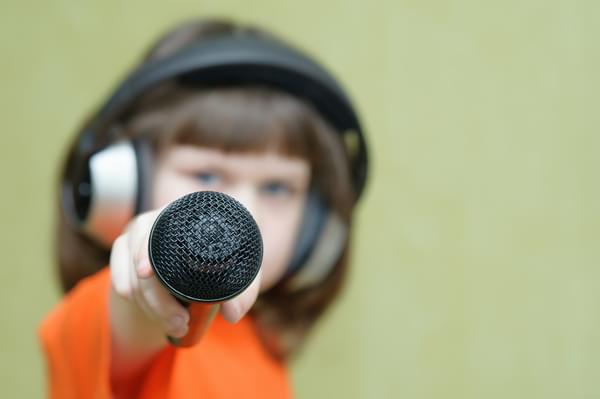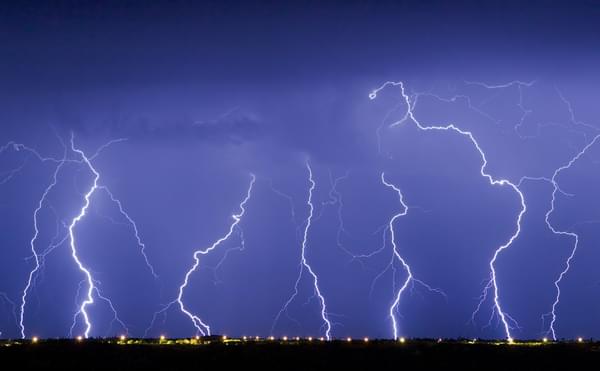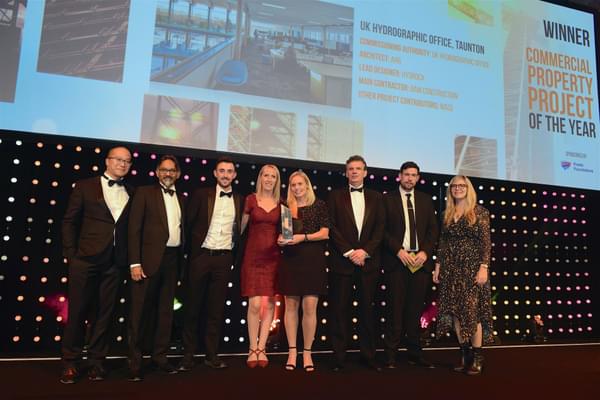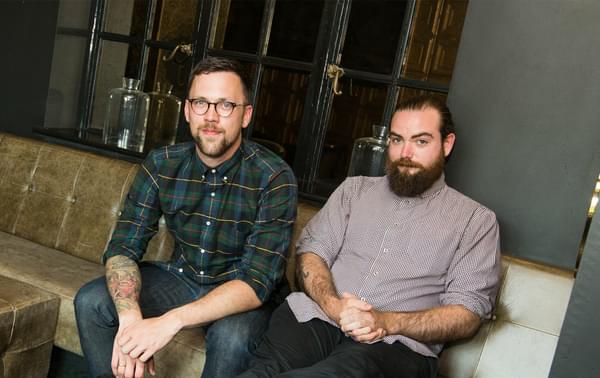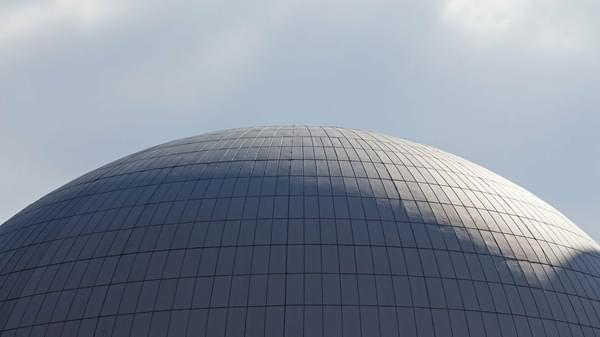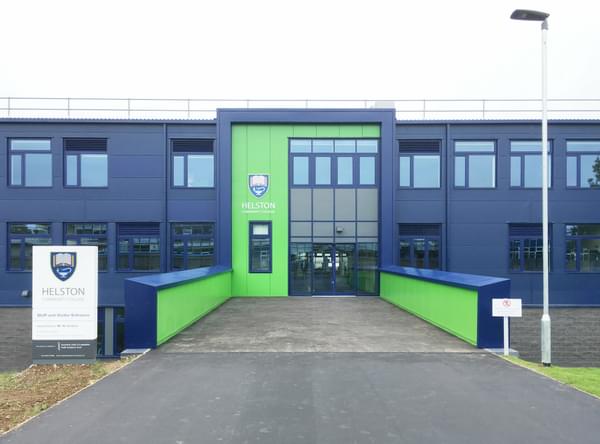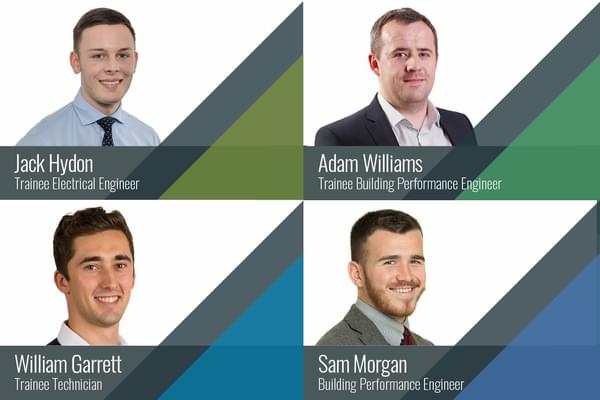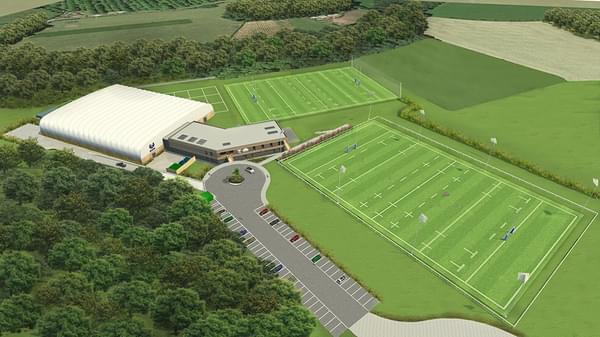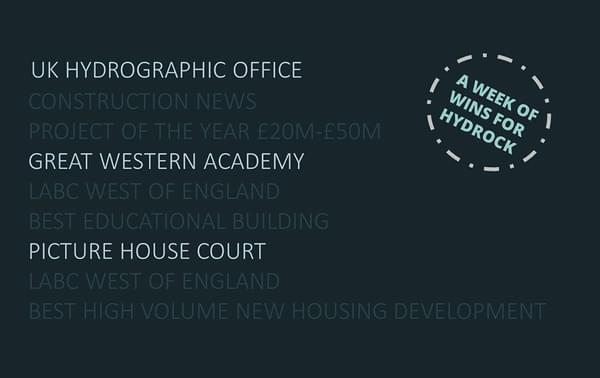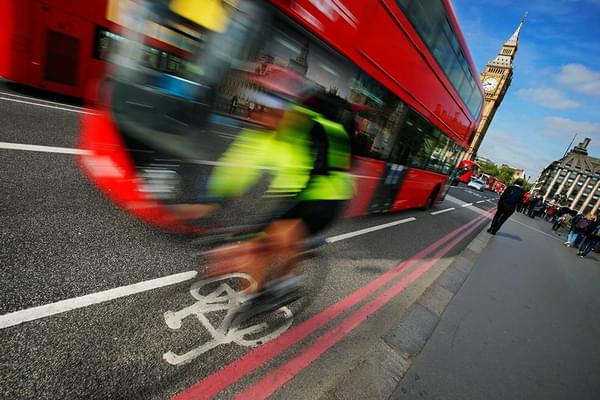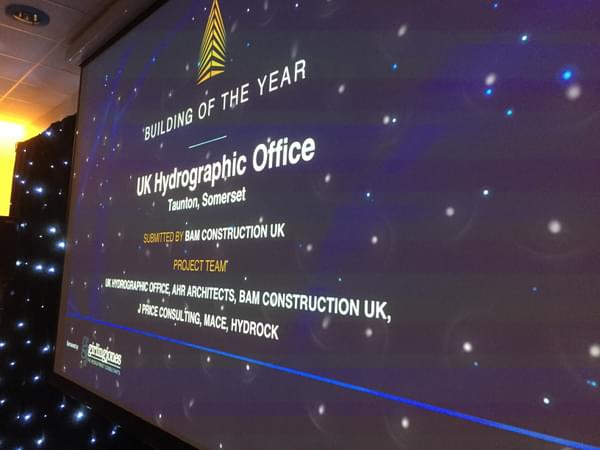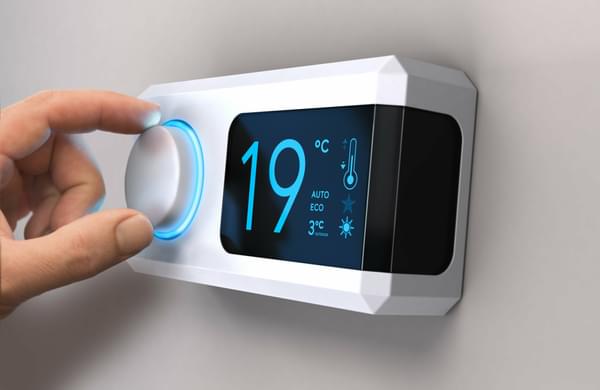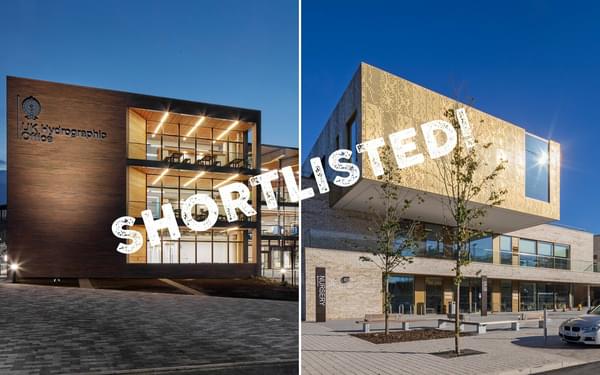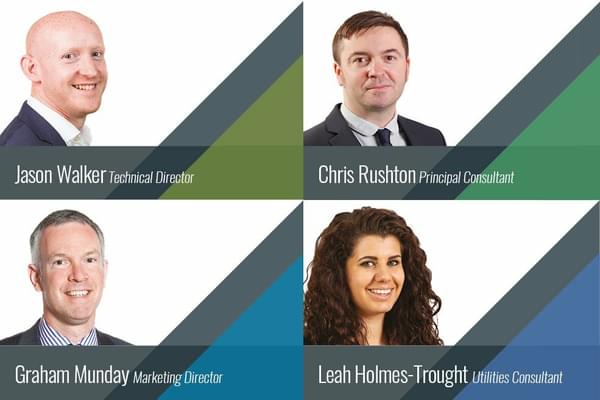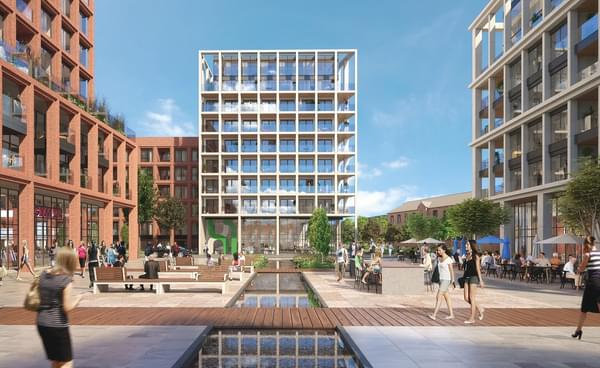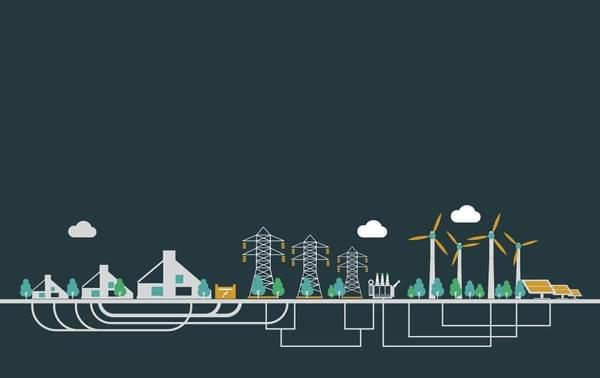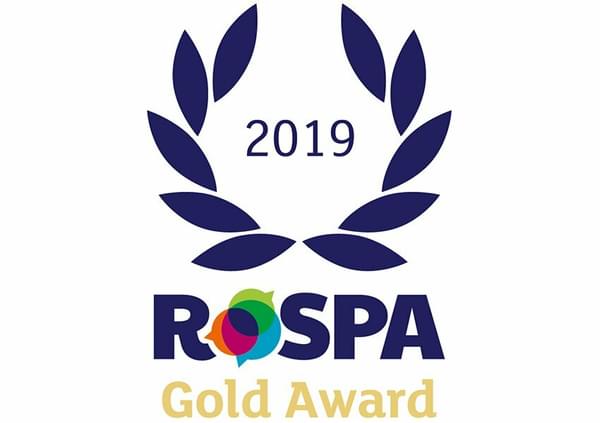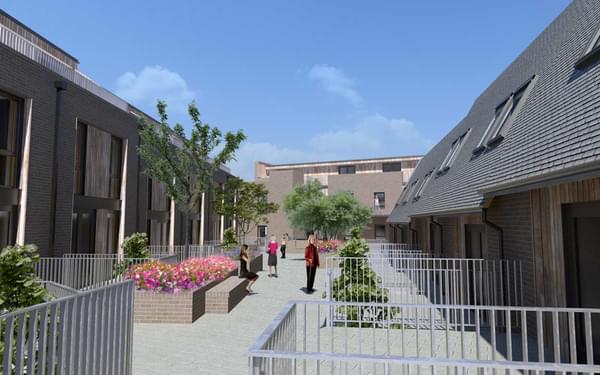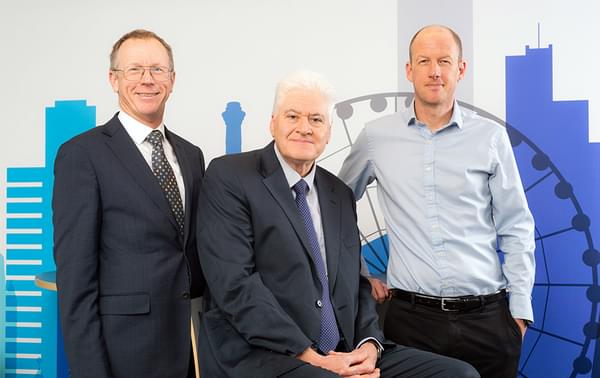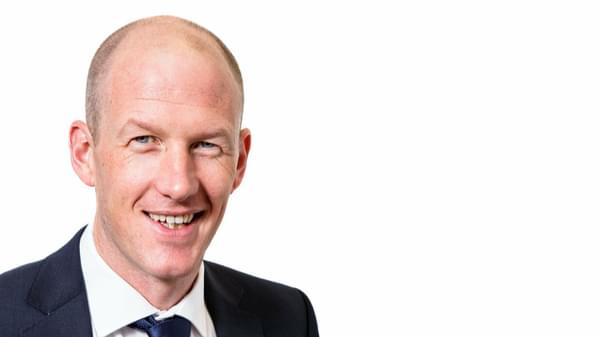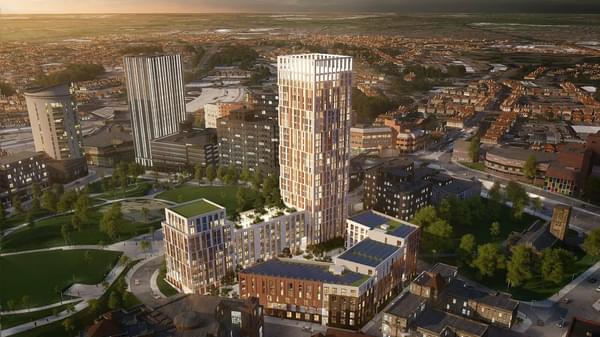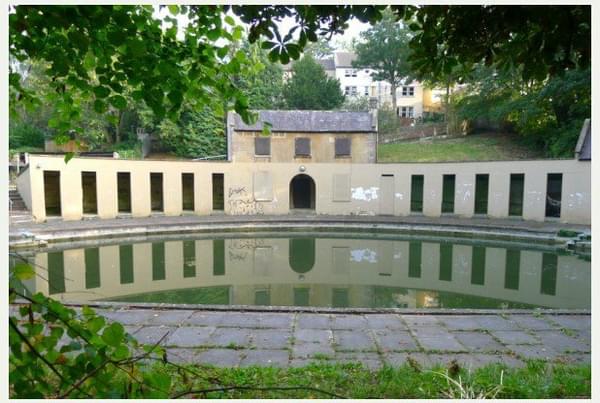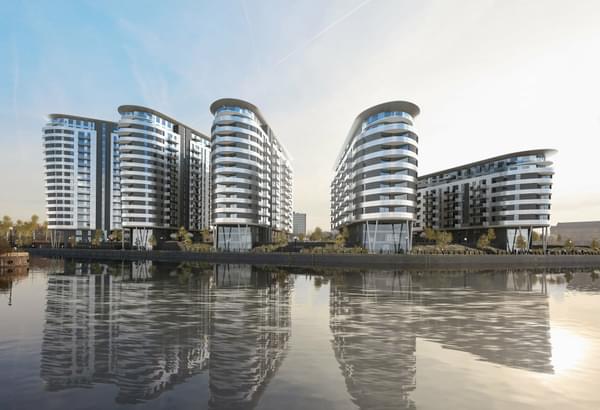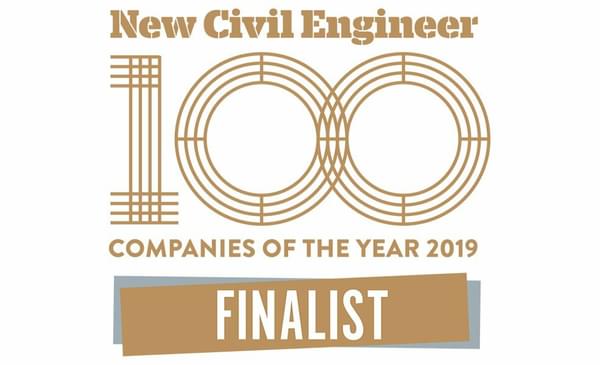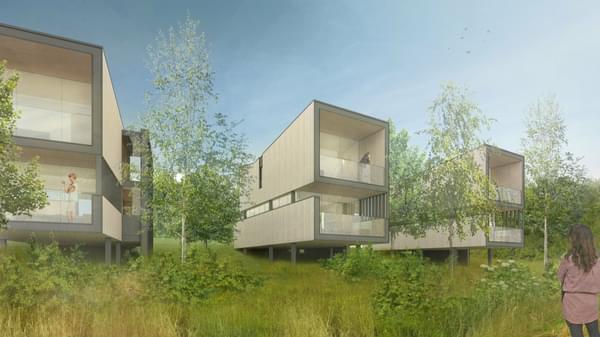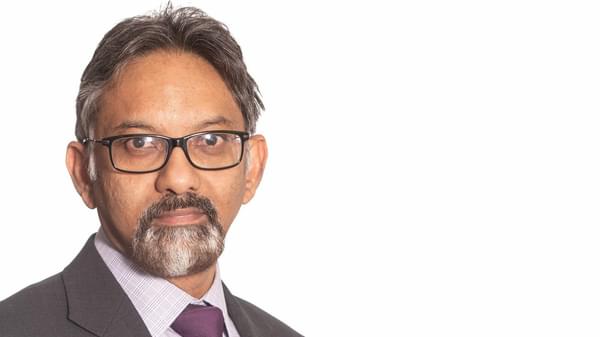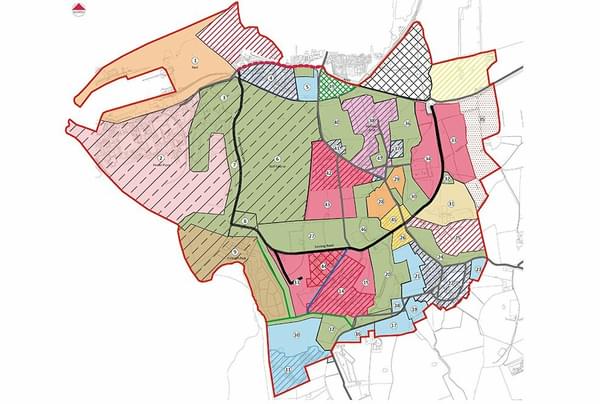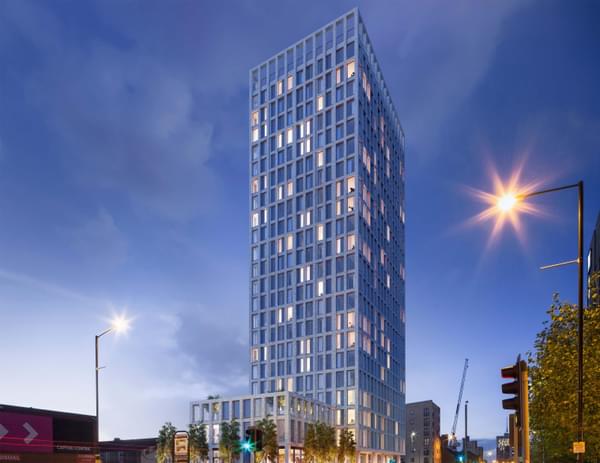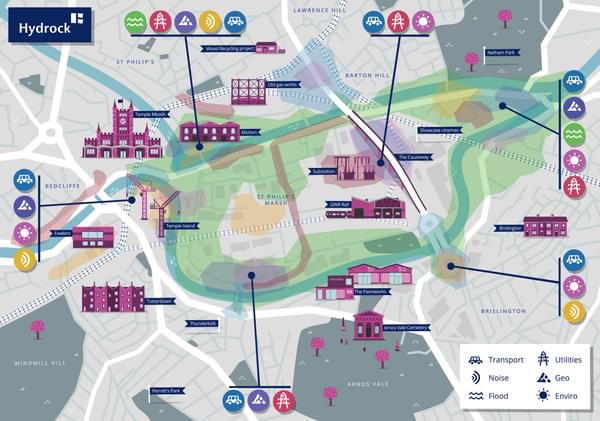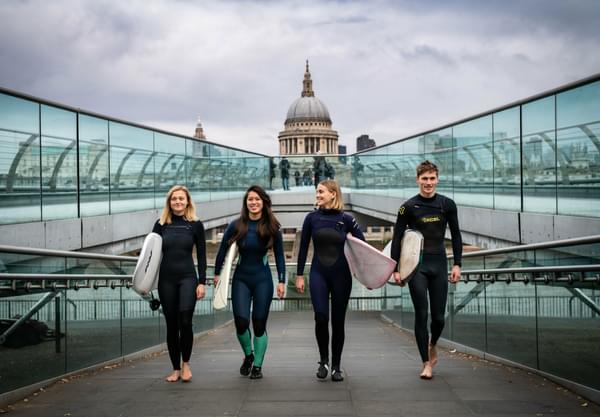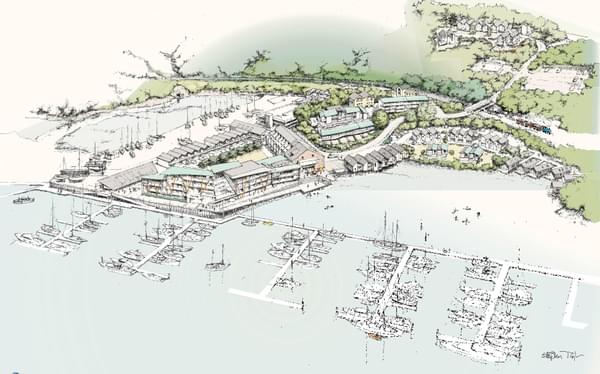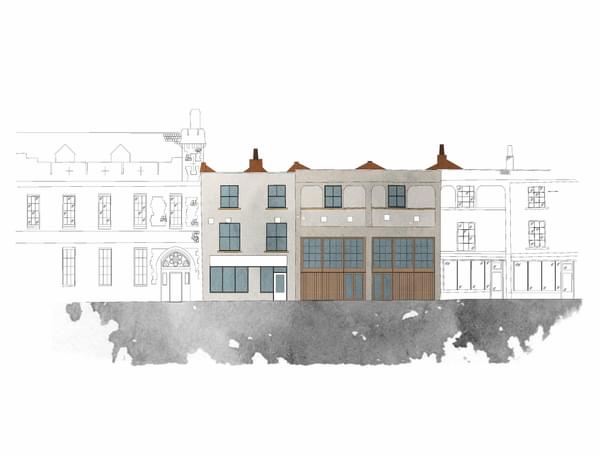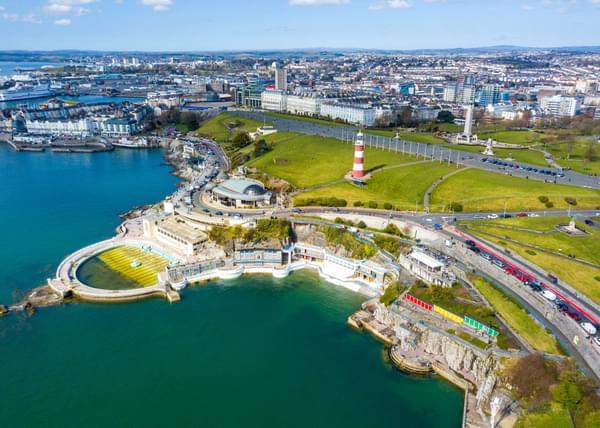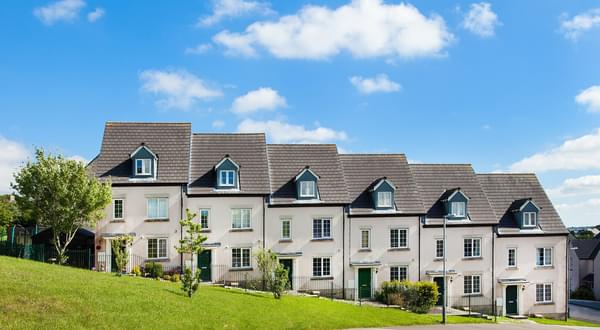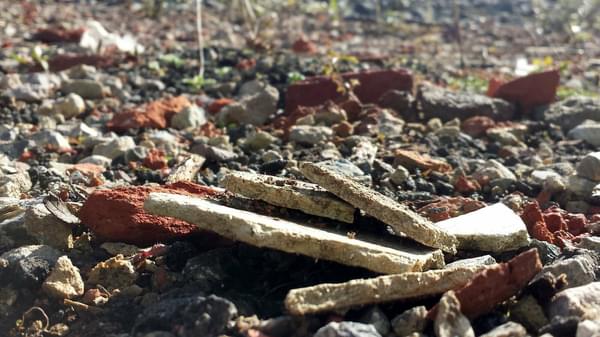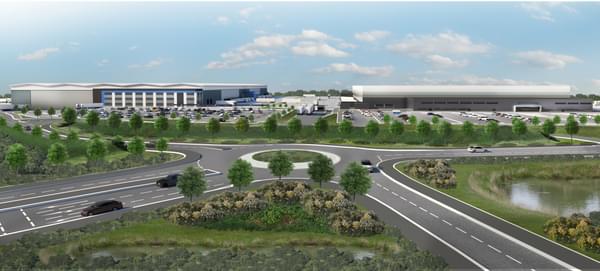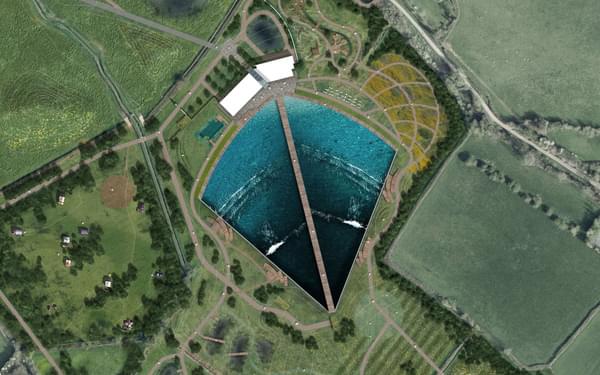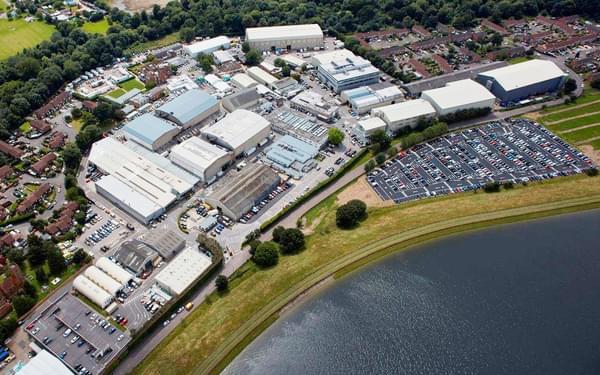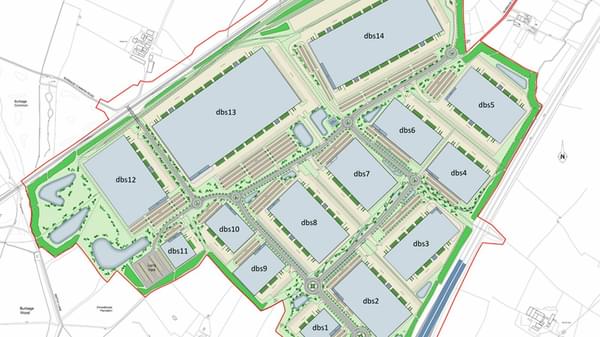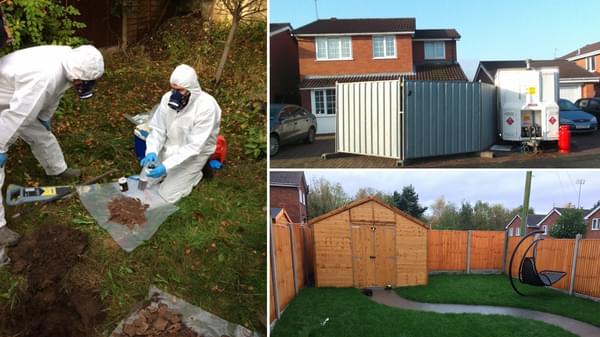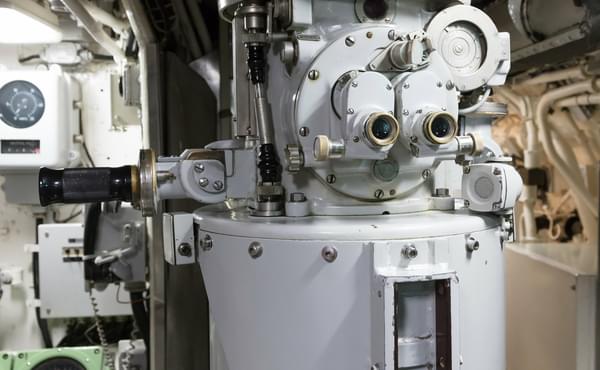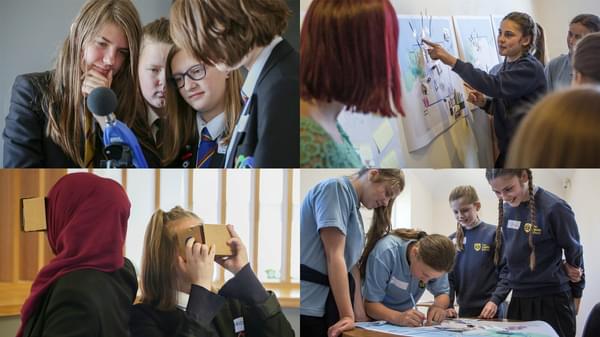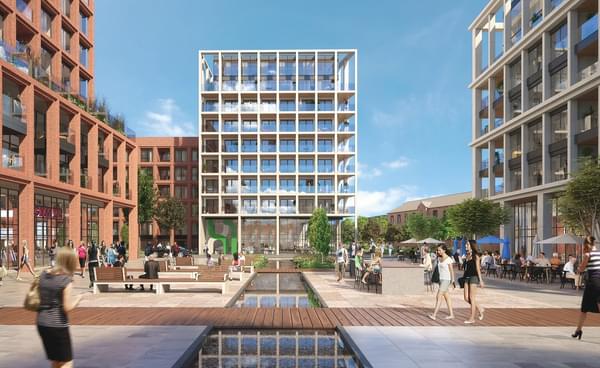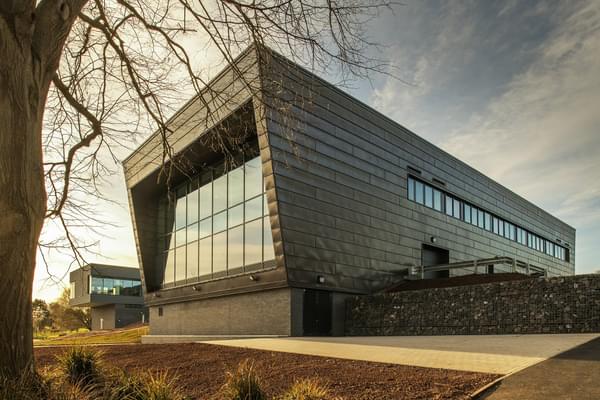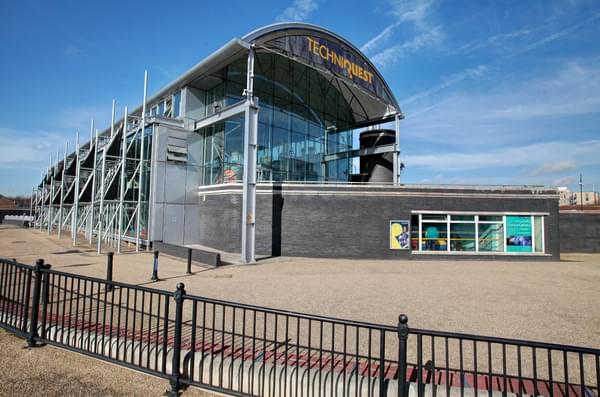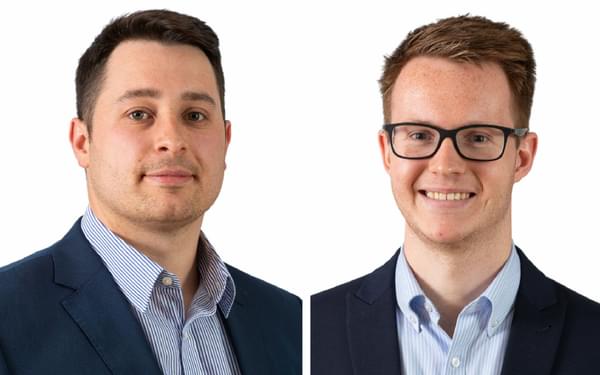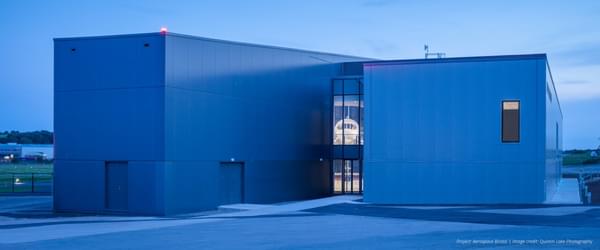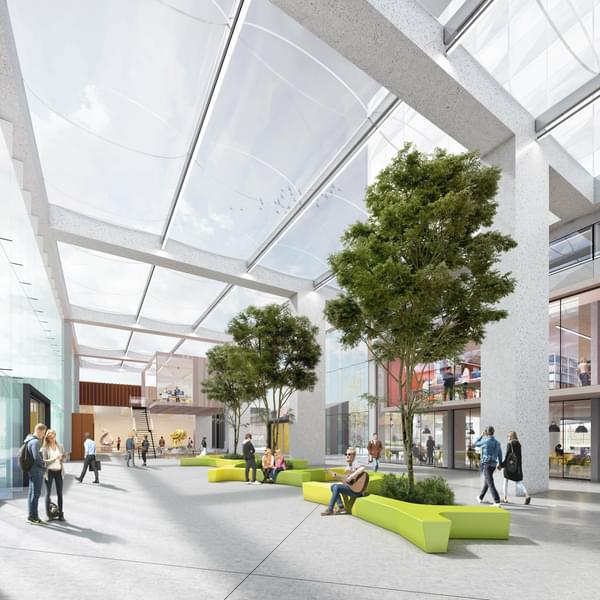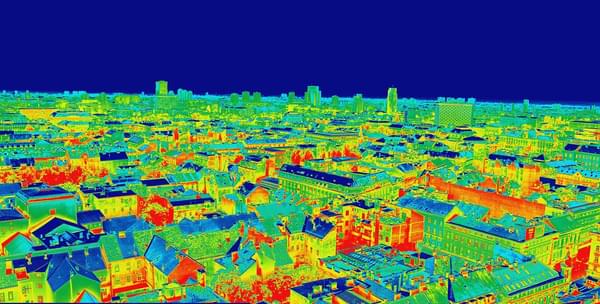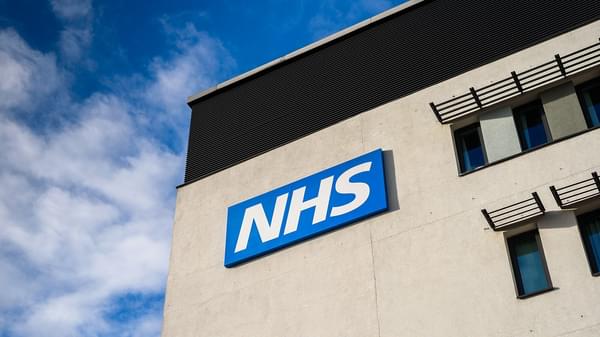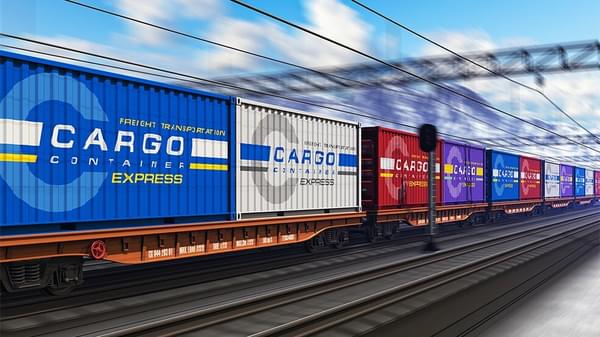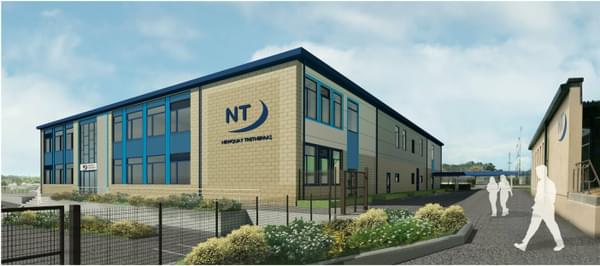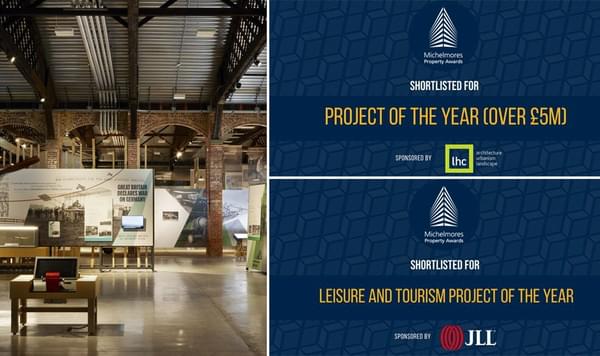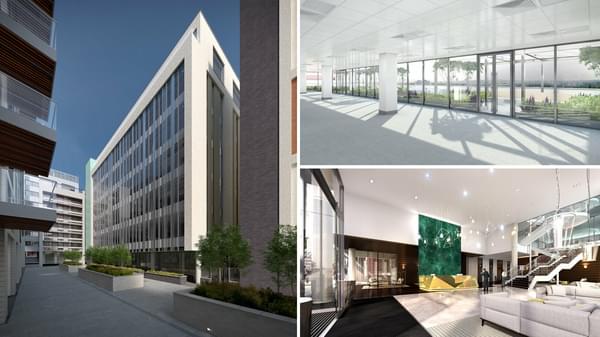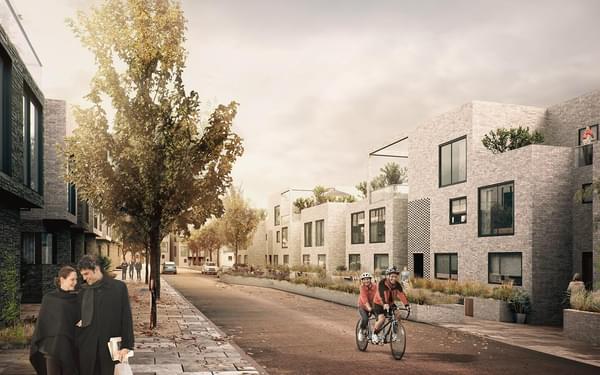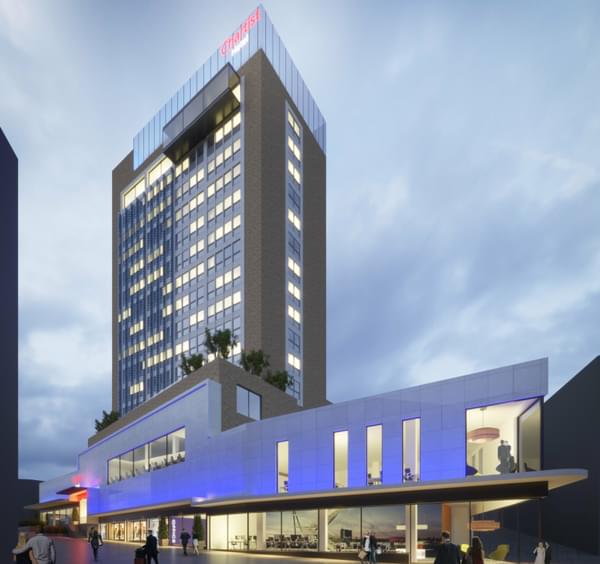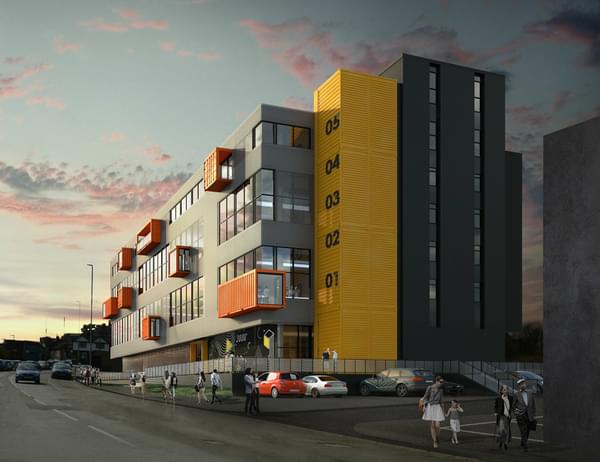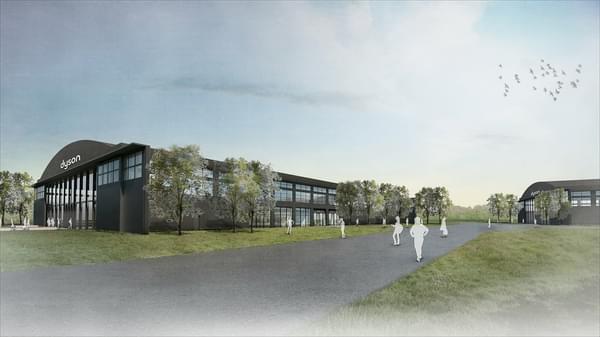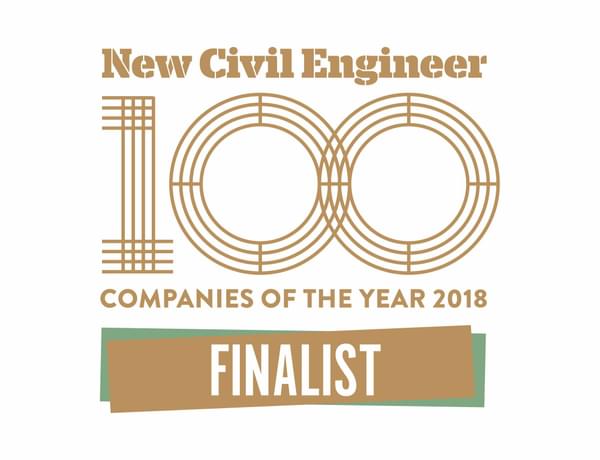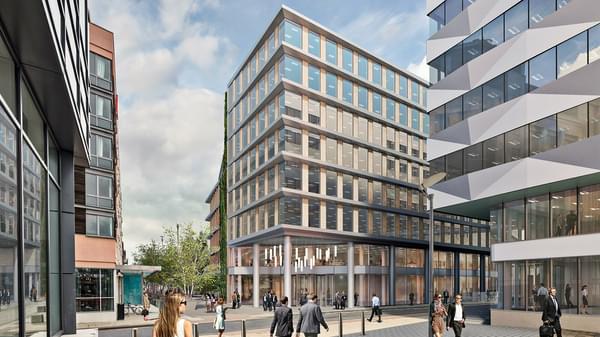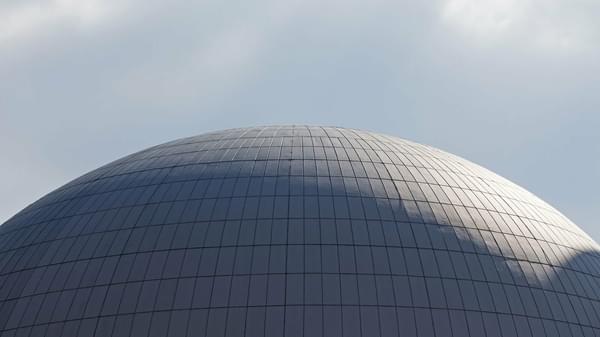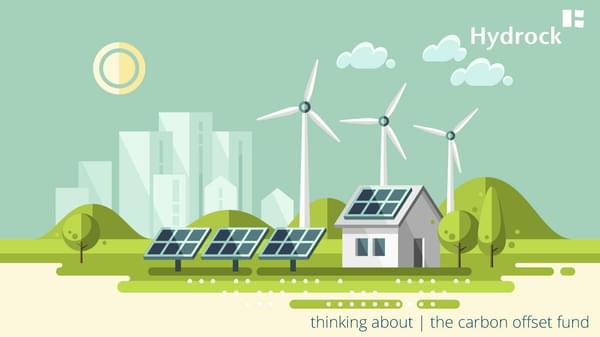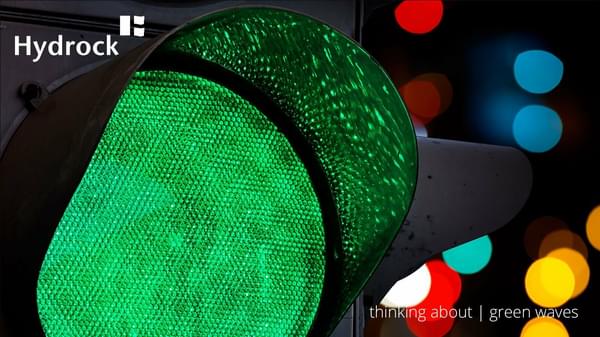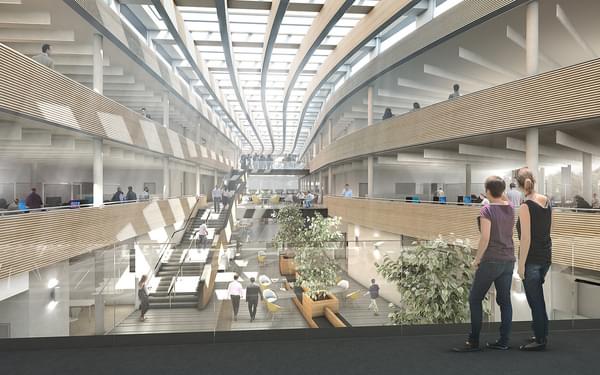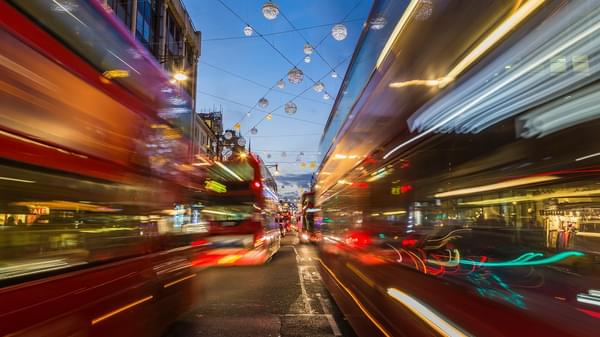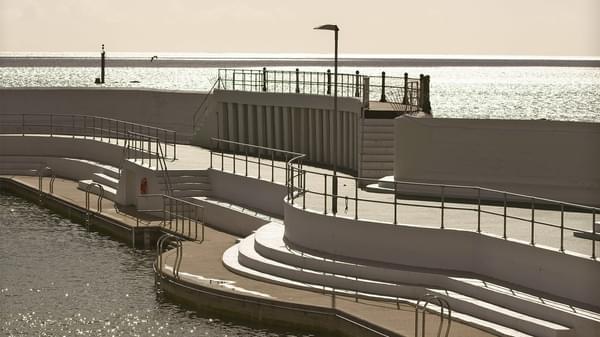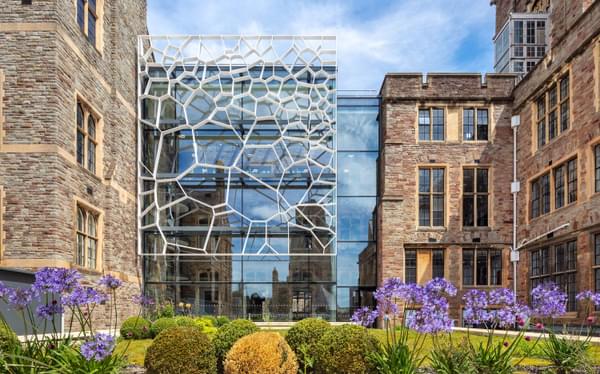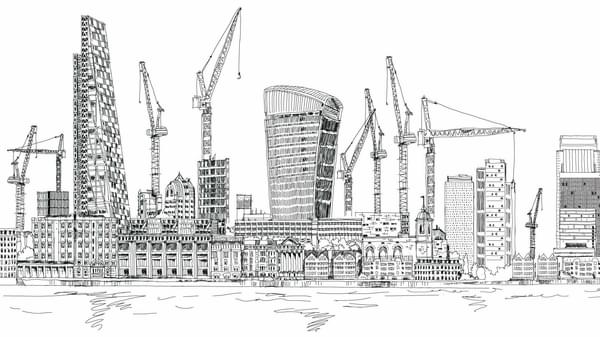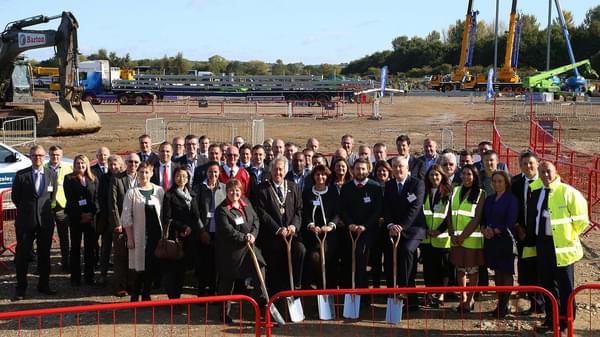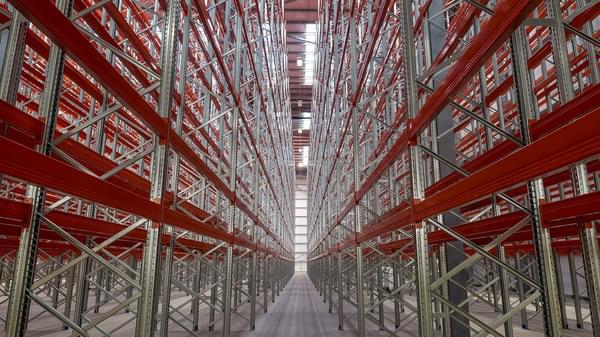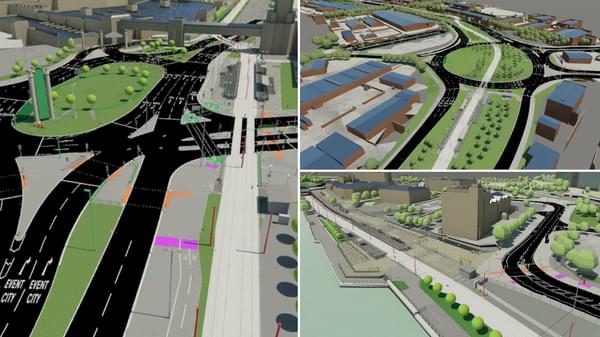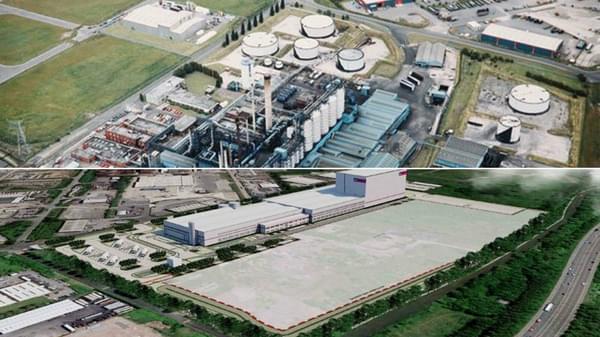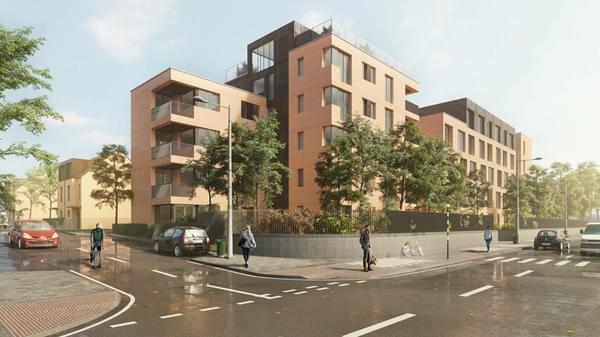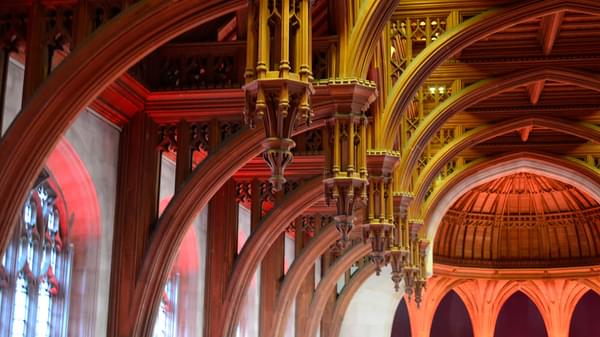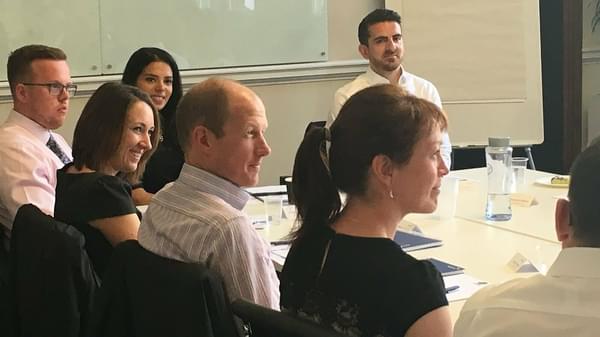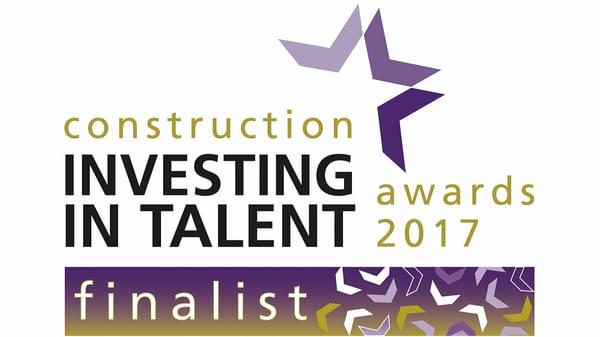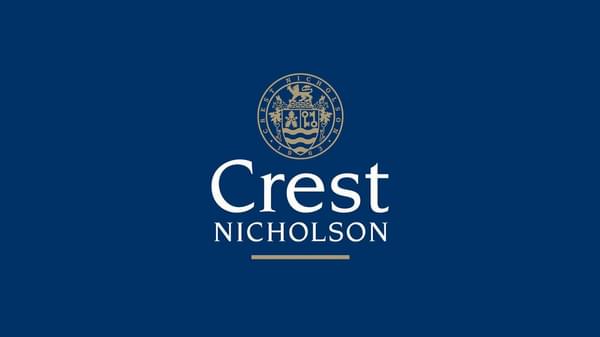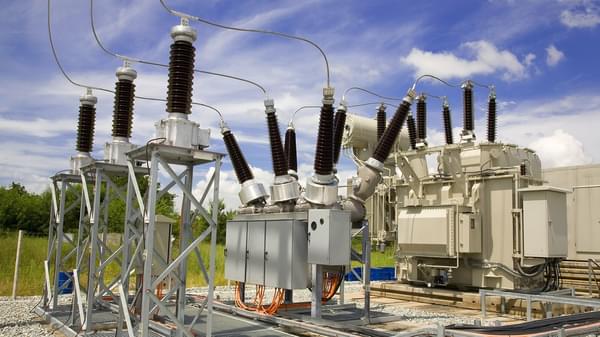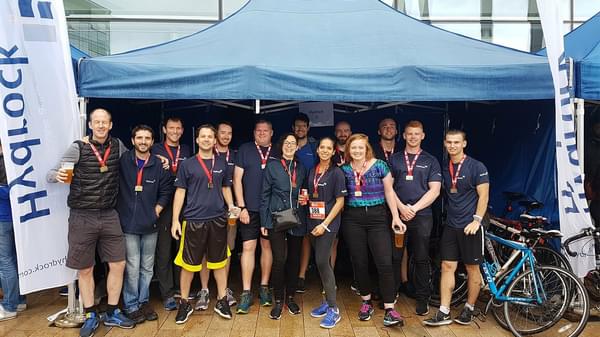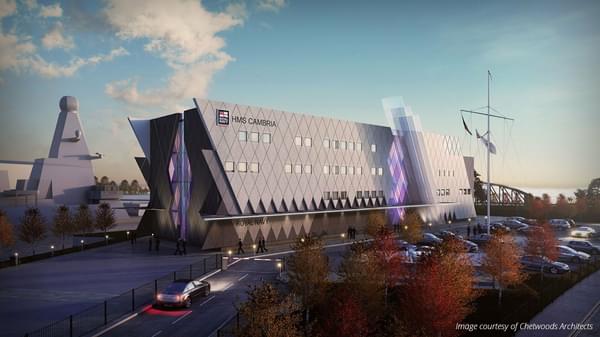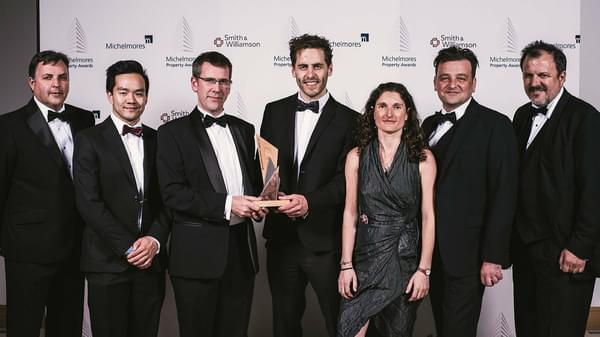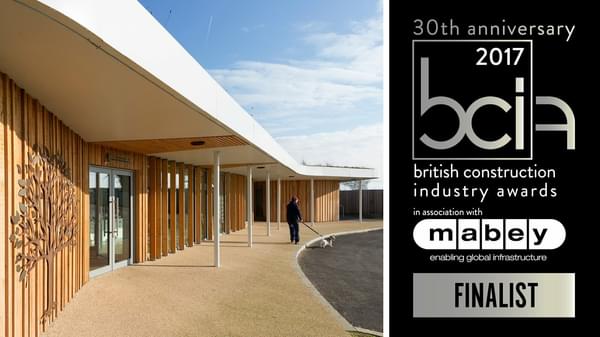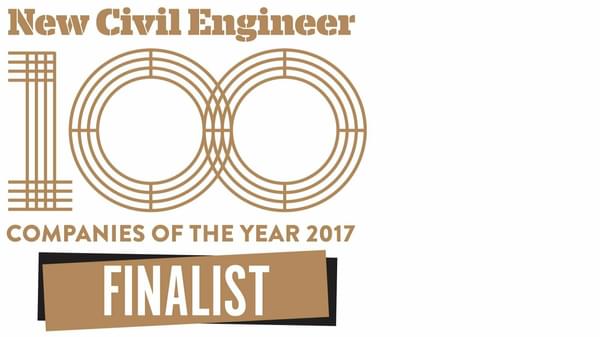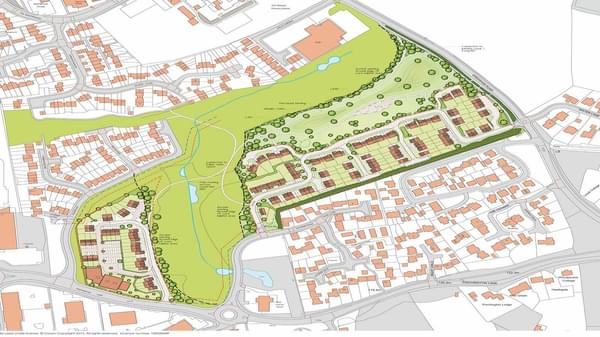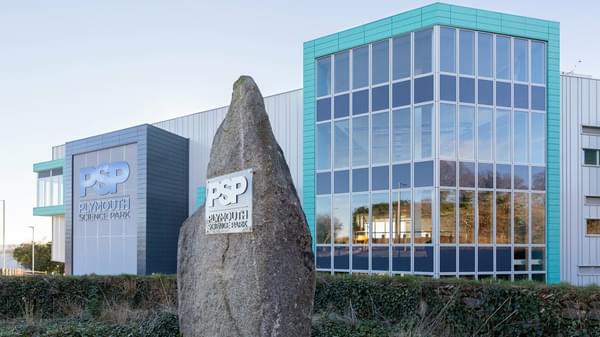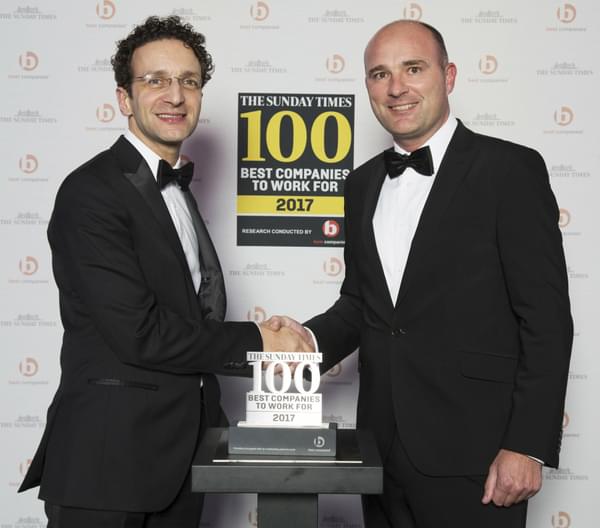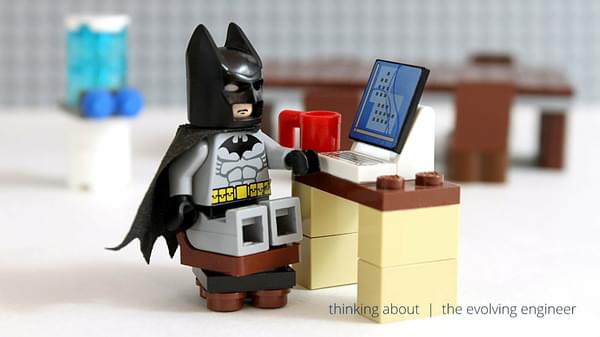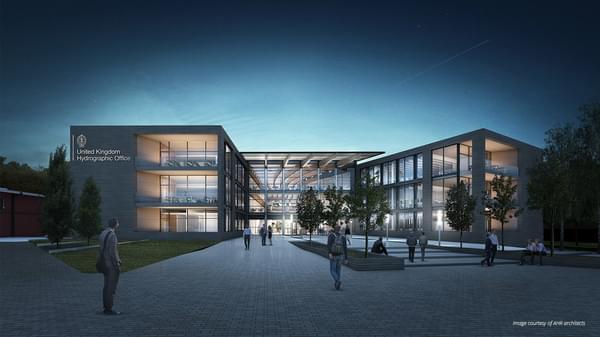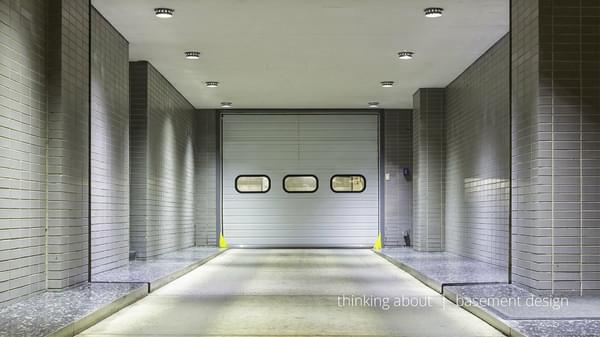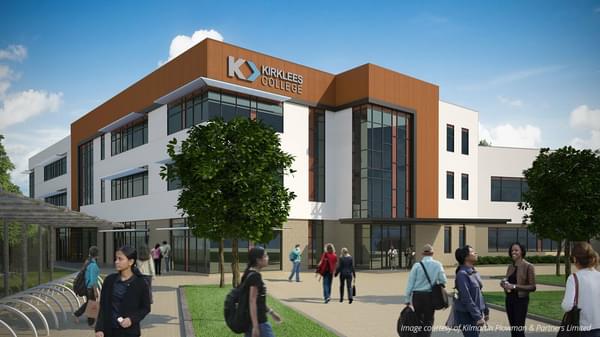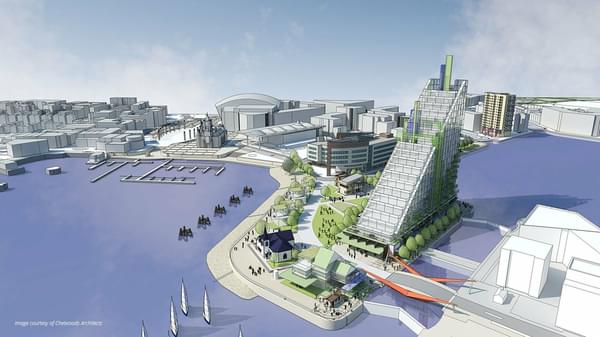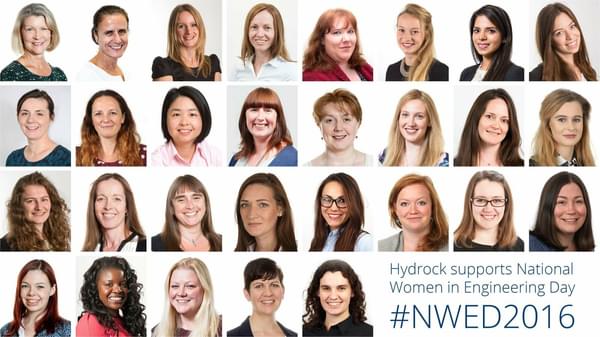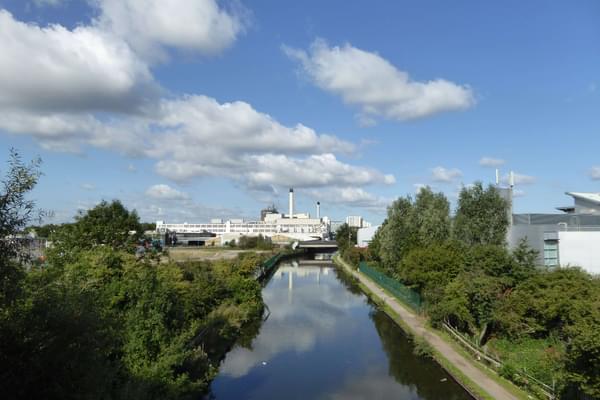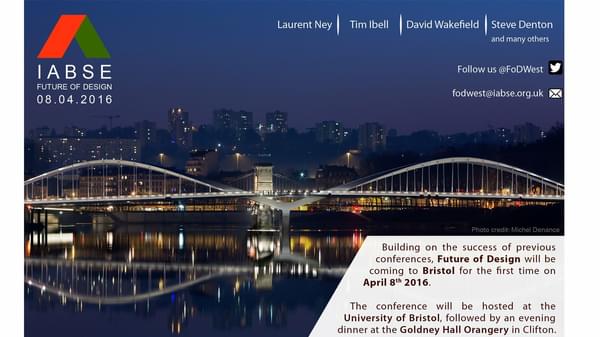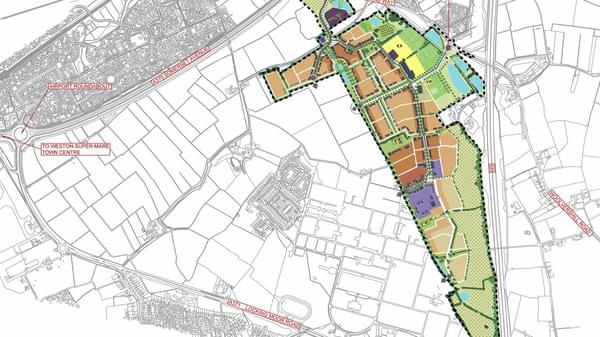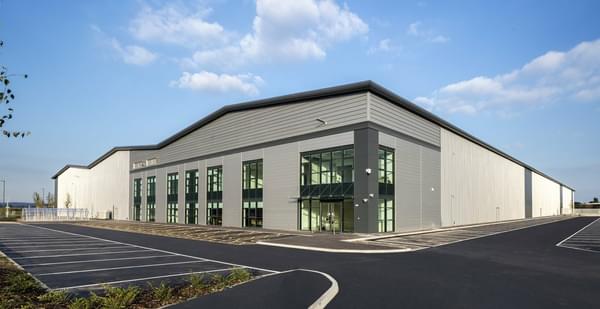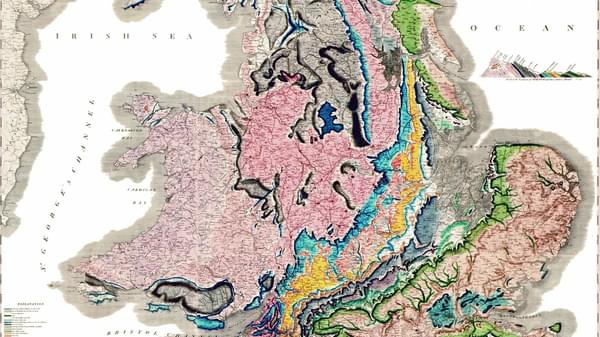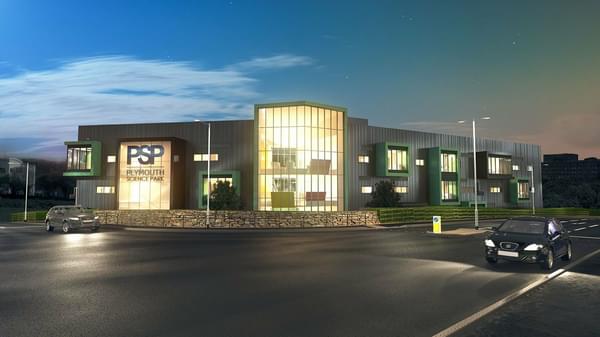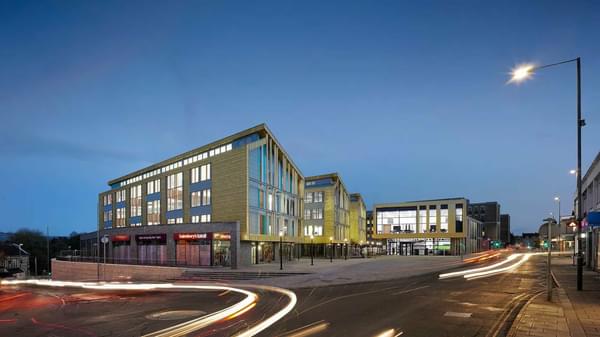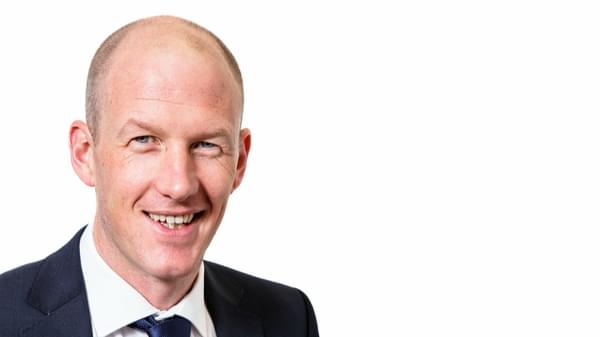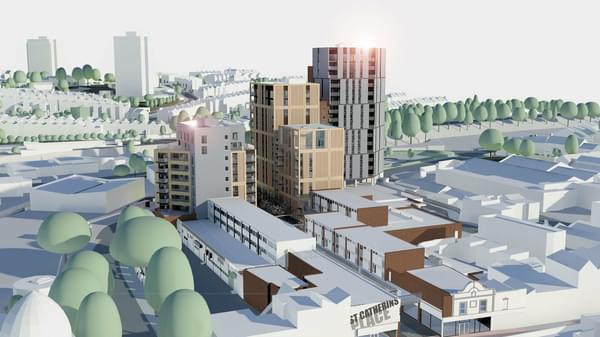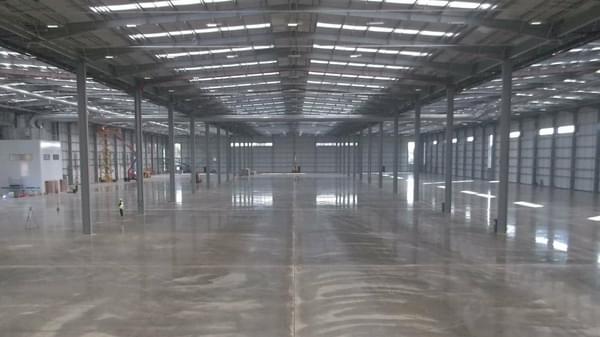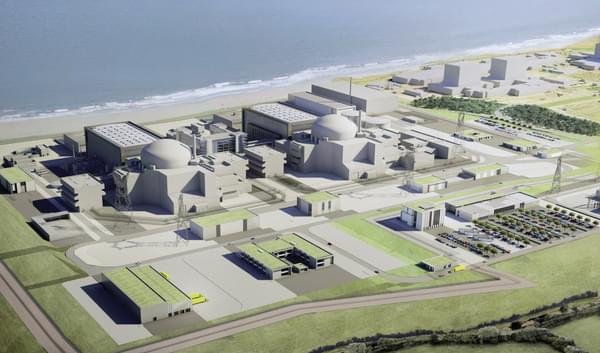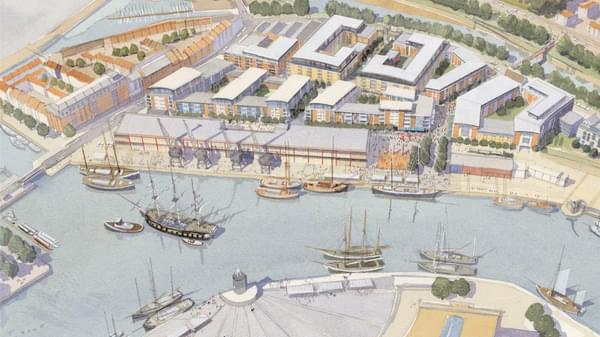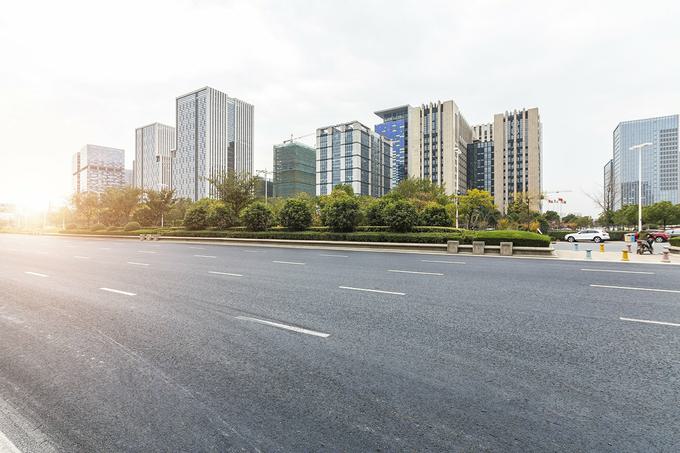
At Hydrock, we’re doing everything we can to adopt a ‘business as usual’ approach whilst prioritising the health and safety of our colleagues and clients during the outbreak of COVID-19. However, with huge swathes of the population working remotely, how do we conduct noise surveys, and what’s the impact from the data gathered from receptors in recent days?
It’s quiet out there
Noise surveys form a key part of a planning submission and are a core part of an acoustician’s work. During events that cause disruption to the usual flow of things, notably reduced road travel, it is generally accepted that results from noise surveys may not be valid. We commonly experience this on sites near schools during holiday periods. Usually the approach is to delay surveys until schools go back.
With the Covid-19 situation developing daily and increasingly strict measures in place, it’s obvious to see that current road traffic conditions are far from typical. In addition to this, businesses are operating differently meaning commercial and industrial noise is atypical. Aviation noise is significantly different to usual, and even rail noise is reduced with far fewer trains running. In essence, our world both looks and sounds different.
The challenge presented by the current situation is that being unable to undertake surveys could delay validating planning applications. The usual approach of pushing surveys back until an event has concluded does not apply in this case, as we do not know when things will return to ‘normal’, or indeed whether we will have a new normal.
Establishing the preliminary picture
Keen to support our clients and keep their projects moving forward, Hydrock’s acoustics team have drawn up ideas on alternative approaches to quantify the noise climates around site projects. Some of the options available include:
- Drawing on recent surveys (both by Hydrock and others via publicly available information) undertaken in the vicinity of a site;
- Referencing DEFRA road and rail noise maps;
- Noise modelling based on traffic forecasting and publicly available traffic data;
- Noise modelling based on train schedules;
- Referencing noise contours published by airports;
- Calling on historic data for industrial/commercial uses.
It is important to remember that any combination of the above can be used, both to validate one source of information against another and to develop a reasonably detailed ‘preliminary’ picture of the noise climate around a given site.
Clearly, using any such approach presents a risk to the environmental health departments within local authorities, and they may not accept these alternatives. However, we believe that by taking care to consult and by working closely with local authorities, it is possible to gain their understanding and cooperation during these challenging times.
It’s important to remember, whilst these ideas could be suitable for noise assessments, it will be necessary to complete a noise survey at some point in the project’s lifecycle. We anticipate that local authorities will seek to secure this via a suitably worded planning condition. Ultimately, it is also important to have accurate data when acoustically designing a building, so any new surveys that are required will need to be addressed as soon as possible.
Proactivity and creativity are the watchwords to help our industry in these unique and challenging times.
Explore related
- News

Lights, Camera, Action! Sunderland gets set for Hollywood with planning approval of Crown Works Studios
Read more- News

Ground-breaking study provides valuable insight into construction innovation in north east England
Read more- Articles
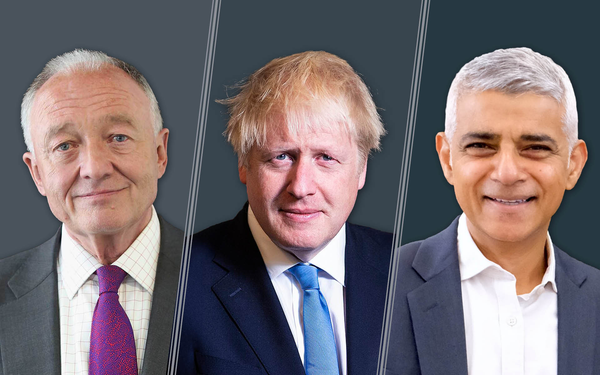
How the London Plan sets the example for consistency in climate-related policy making
Read more- Articles

Decarbonise for less: unleash the cost-saving power of the Energy Savings Opportunity Scheme
Read more- News

Sadaf Askari comments in BE News: EPCs are a blunt instrument in a very large toolbox
Read more- News
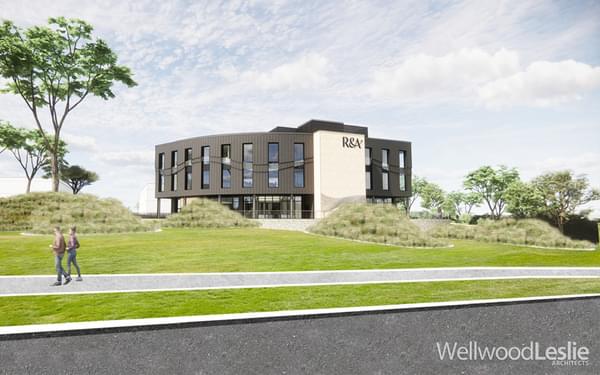
Hydrock’s fire safety experts support planning application for new R&A project in St Andrews
Read more- News

Leading the way: Hydrock crowned Engineering Consultant of the Year at Building awards
Read more- Articles
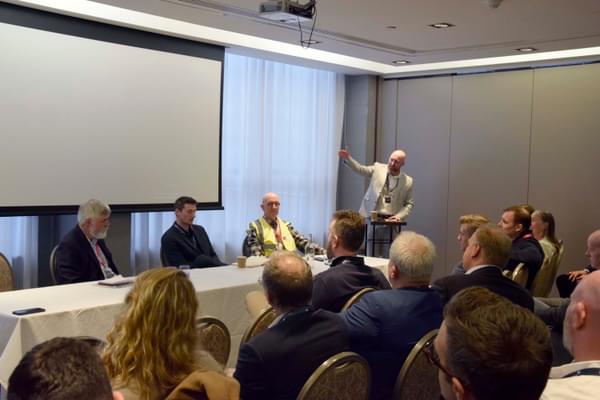
Our Time to Lead session: The higher education sector and the Building Safety Act
Read more- Articles

Building safety regulations: Time to Lead — Can the building industry regulate itself?
Read more- News

Hydrock brings expertise to NHS estates programme to help meet sustainability and safety goals
Read more- Articles
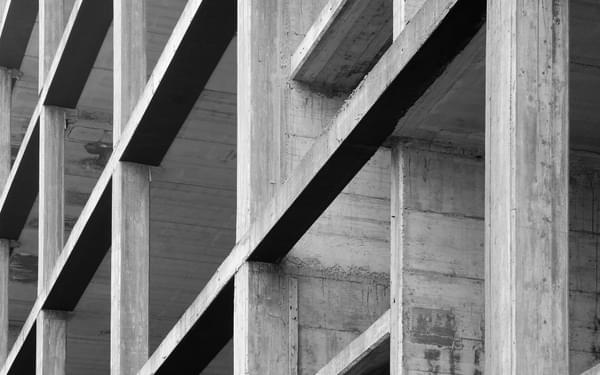
Why 'just add mass' is no longer an acoustic solution in a carbon conscious world
Read more- Articles

Navigating the electrifying world of EV charging investments: Making 'big data’ central to due diligence
Read more- News

Fire safety guru Ryan Hilditch appointed to lead Hydrock international fire safety division expansion down under
Read more- News
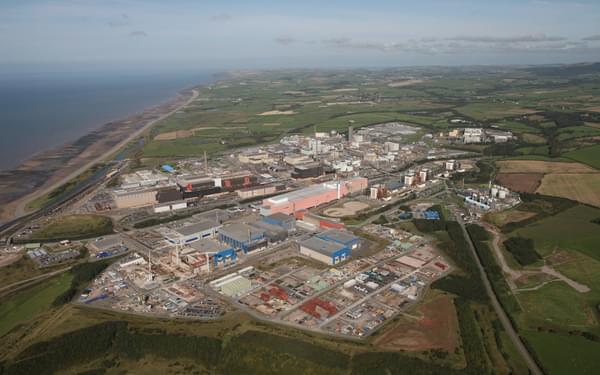
Ground-breaking land contamination conceptual model paves the way to a cleaner and safer future at Sellafield
Read more- News

Data centres, fire risk and the digital golden thread of information: Hydrock contributes to Fire Middle East
Read more- News

Peter Sibley comments in Building Magazine: Will Sunak’s ‘plan for growth’ be a magnet for future investment?
Read more- News

Hydrock’s award-winning streak set to continue with multiple shortlistings at Insider South West Property Awards 2023
Read more- Articles
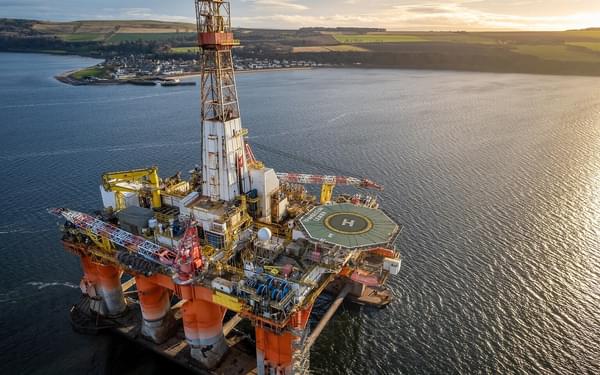
Why the UK government’s case for investment in new oil and gas production is flawed
Read more- News
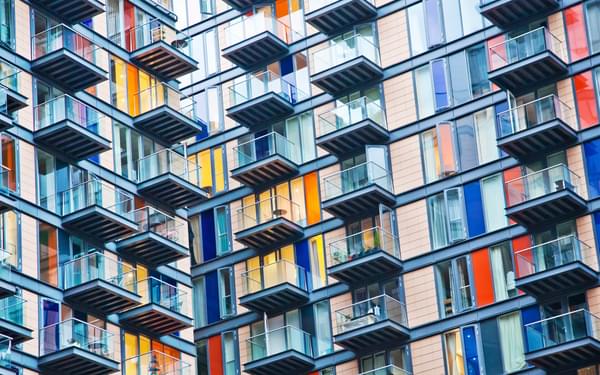
James McNay joins HSE Industry Competence Committee (ICC) to guide safer building construction for everyone
Read more- News

Hydrock shortlisted for Consultancy of the Year at Insider Yorkshire Property Awards 2023
Read more- News
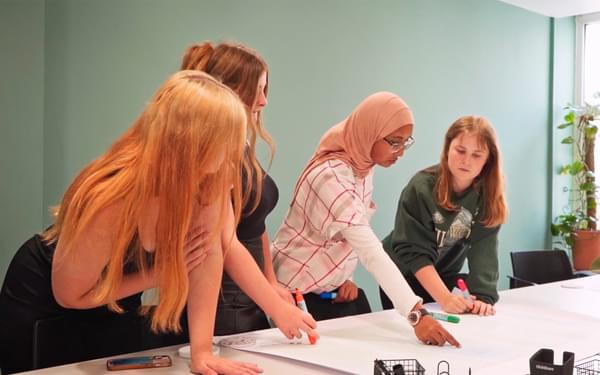
Celebrating International Women in Engineering Day 2023: A journey of empowerment and growth
Read more- News
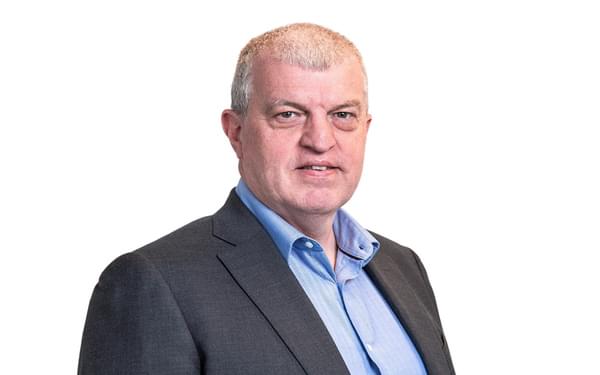
Hydrock strengthens national MEP division with new healthcare sector lead: Accelerating innovation in sustainable healthcare engineering
Read more- Articles

A two-tier system? Why we must embrace the digital golden thread across the built environment
Read more- Articles

Mark Pearce comments in Fleetworld: How can ChargeUK enable fleets to go electric with confidence
Read more- News

Hydrock bolsters transport planning offer with acquisition of Fore Consulting Limited
Read more- News
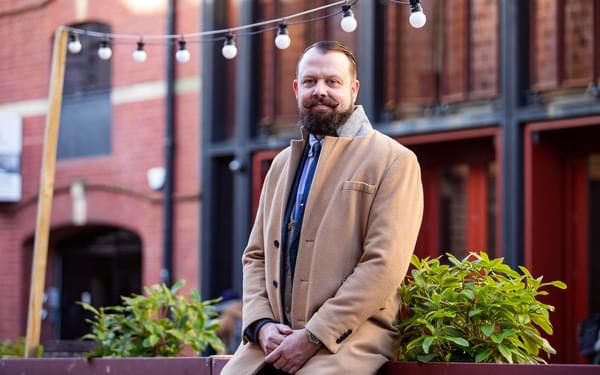
Ric Hampton comments in Property Week: The state of the UK’s film and TV studio market
Read more- Articles
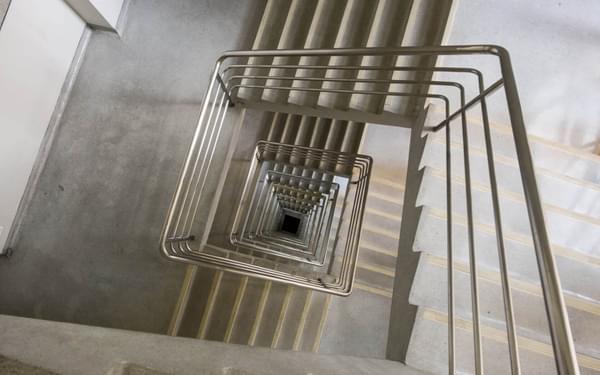
The Building Safety Act's second staircase consultation: the easy way out for politicians as well as residents?
Read more- News
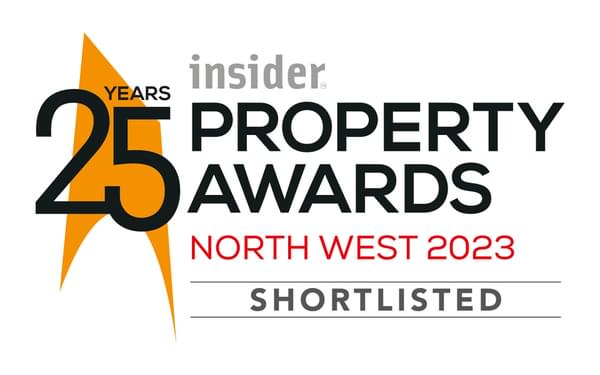
Hydrock shortlisted for Insider North West Property Awards in its silver anniversary year
Read more- Articles

NHS Trusts need to be ‘fund-ready’ to maximise Government’s decarbonisation support
Read more- Articles

The Building Safety Act: Is the building industry sleepwalking into a new regulatory regime?
Read more- Articles

Interview: Ric Hampton appointed to Bristol Nights Advisory Board to support nightlife & culture
Read more- News

Building with Nature accreditation emphasises importance of green and blue infrastructure
Read more- News
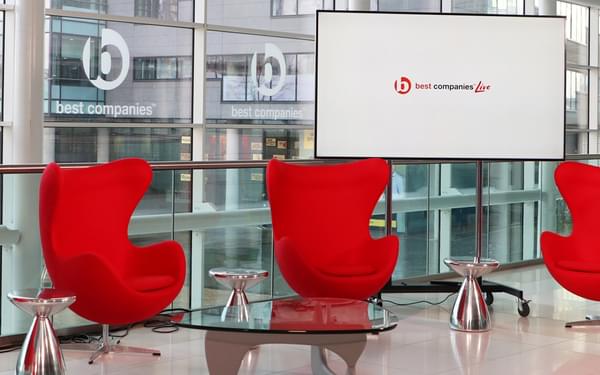
Hydrock ranks #2 nationally and #1 regionally in three Best Companies 2023 league tables!
Read more- Articles

Hydrock comments in Building: The Building Safety Act and what the second staircase rule would mean for high-rise blocks
Read more- Articles

Hydrock roundtable: Diversity and access to careers in the built environment sector
Read more- News

Hydrock joins Task Group for delivery of UK’s first Net Zero Carbon Buildings Standard
Read more- Articles
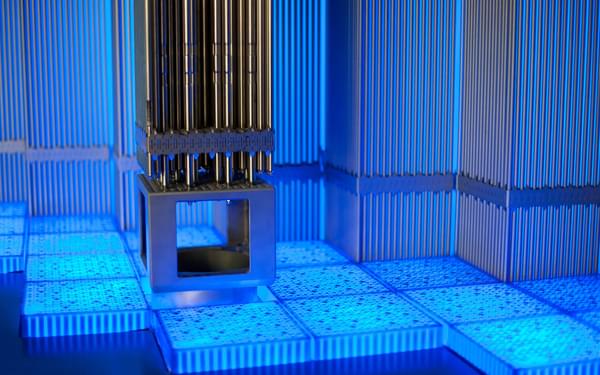
Hydrock comments in Building: Strong and stable? This government is anything but when it comes to energy infrastructure
Read more- News
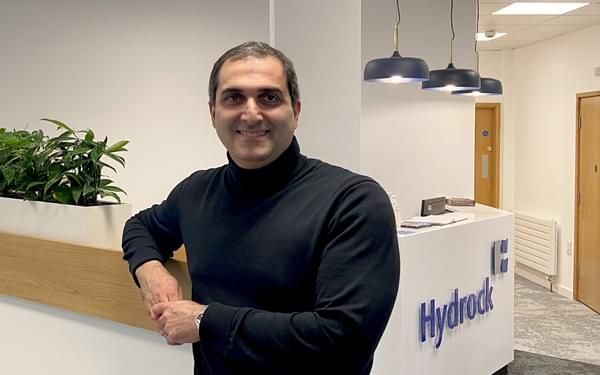
Hydrock adds leading technical specialist to its civil and structural team in Yorkshire
Read more- News
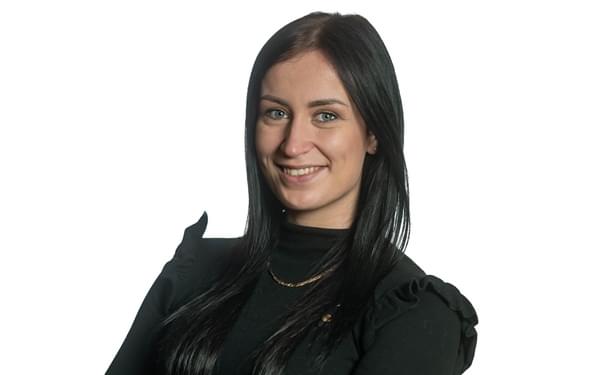
Zuzanna Bialkowska awarded ‘Up-and-Coming Fire Engineer’ of the year by The Society of Fire Protection Engineers
Read more- News

Hydrock shortlisted for Engineering Consultant of the Year at the Building Awards 2022
Read more- News
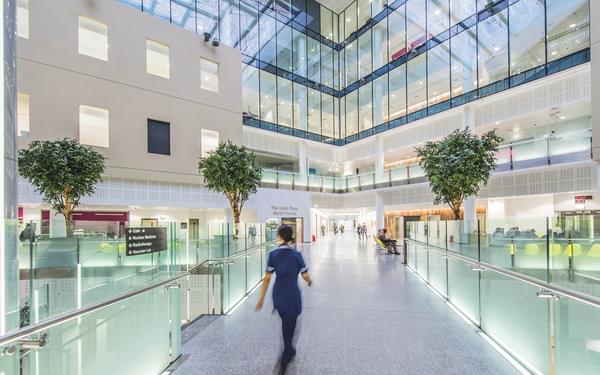
Hydrock appointed to deliver catheterisation scanner suite at St Bartholomew’s Hospital
Read more- News
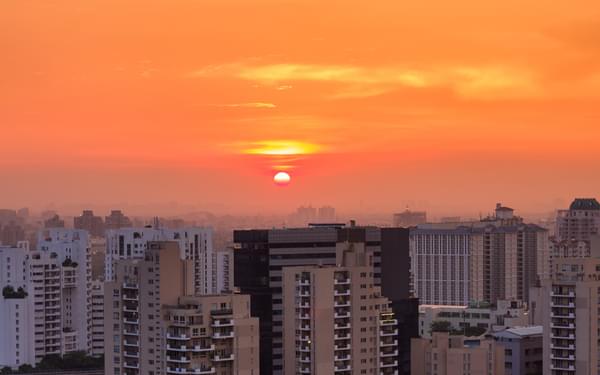
Extreme heat: how UK buildings and infrastructure are dangerously ill-equipped to cope
Read more- News
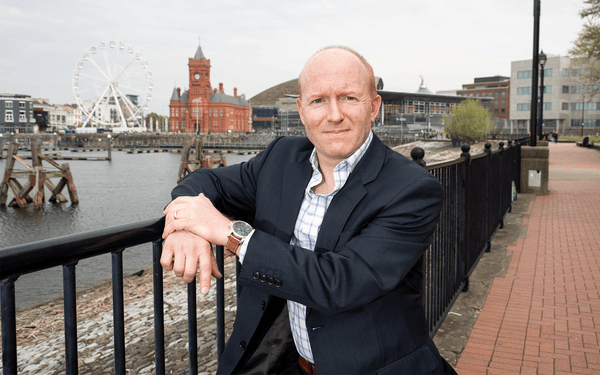
Simon Cole joins Hydrock as leading technical specialist for Geo-Environmental and Geotechnical division
Read more- News

Hydrock launches carbon verification and validation service to help address climate change
Read more- News
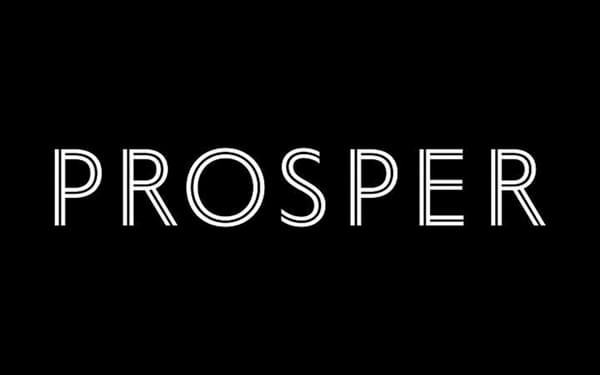
Hydrock selected for specialist public sector consultancy framework in the North East
Read more- News

Hydrock engineer Chris Jones featured in Building Magazine covering how data centres can help save energy
Read more- News
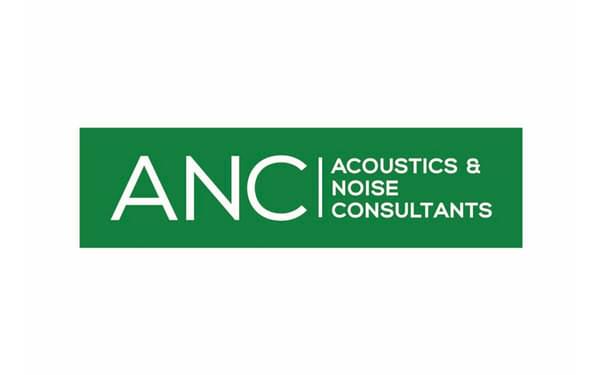
Hydrock's Acoustics division joins industry-recognised Association of Noise Consultants
Read more- News

Hydrock engineer Chris Jones covers ‘risk versus reward in data centres’ for Property EU
Read more- News
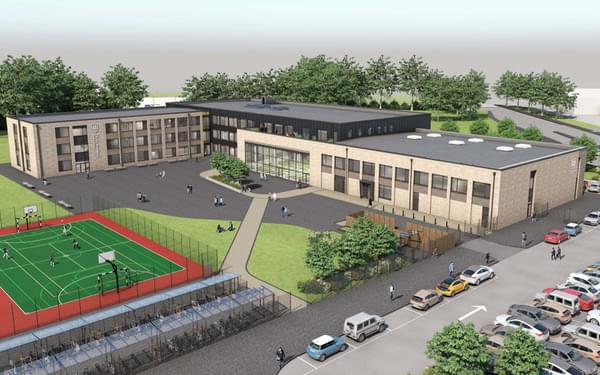
Hydrock nets geo-environmental and geo-technical role on multi-million-pound Belle Vue Academy site
Read more- News

Hydrock support successful planning application to extend Western Community Hospital in Southampton
Read more- News
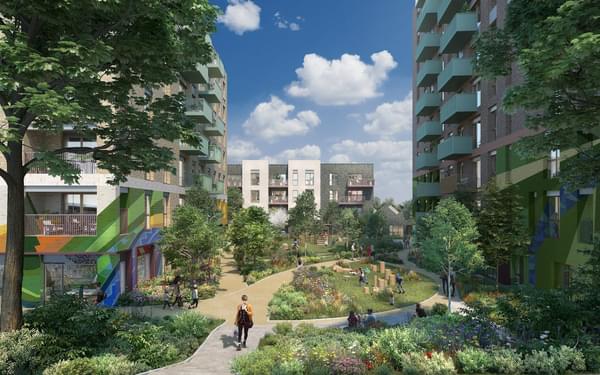
Hydrock’s Civil & Structural engineering team appointed on next stages of £104m Patchworks development
Read more- News
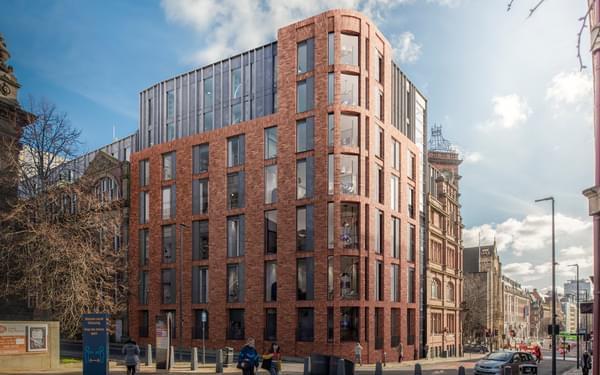
Hydrock supports feasibility and planning application on Grade II listed buildings in Leeds
Read more- News

Shortlisted for Consultancy of the year at the Insider Wales Property Awards for second year running
Read more- News
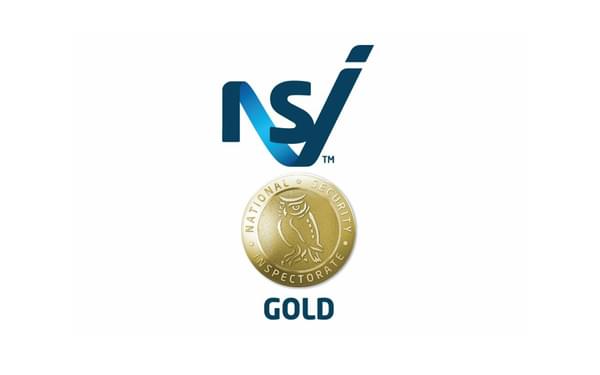
Fire Risk Management team secure industry-recognised fire risk assessment accreditation
Read more- News

Hydrock’s Glen Irwin confirmed on newly launched NABERS UK Independent Design Review Panel
Read more- News

Hydrock celebrates seventh consecutive year in UK’s 100 Best Large Companies to Work For
Read more- News
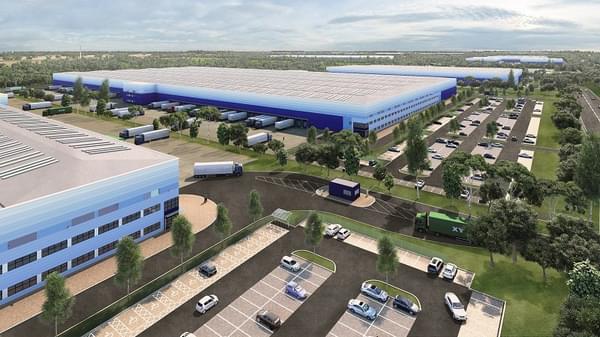
Hydrock & KTA logistics specialists advise on 1m sq ft reserved matters application at Magna Park North
Read more- News

Double hire for Hydrock as experts in data centres and building physics join the business
Read more- News
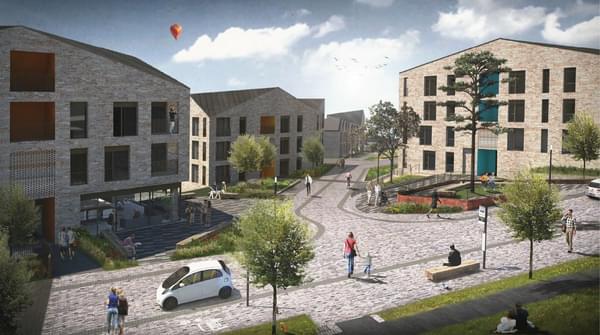
Civils & Structures team move to detailed design with Mi-space on 4.65ha Barne Barton site
Read more- News

Former KPMG Partner and Board Member, Ronnie McCombe joins Hydrock as Non-Exec Chairman
Read more- News
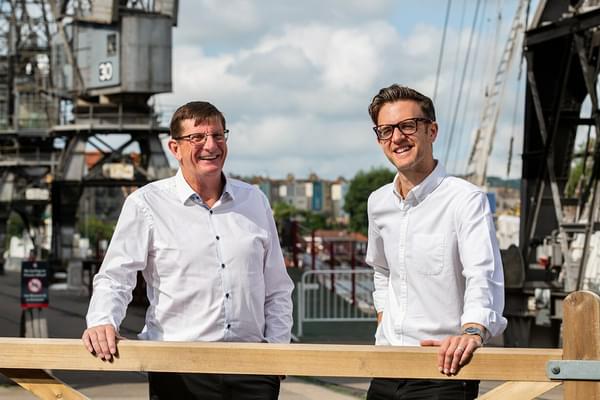
Industry-leading clean energy specialist joins Hydrock to power growth of Smart Energy & Sustainability business
Read more- News

Hydrock secures appointment on Higher Activity Waste framework through Accord Consortium
Read more- News
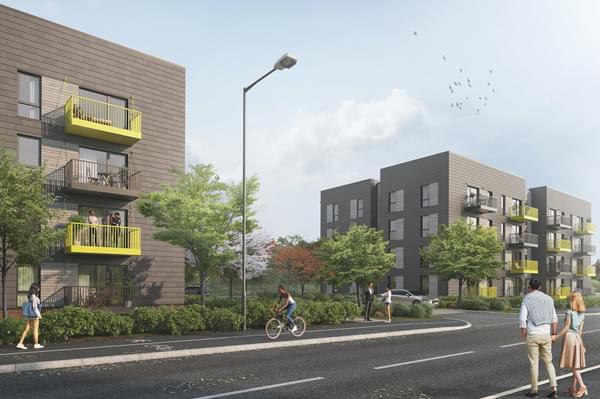
Hydrock advising BoKlok – the Skanska and IKEA joint venture modular housing business
Read more- News

Hydrock on the strategic masterplan team for Cyber Central Garden Community, Cheltenham
Read more- News

Hydrock's multi-disciplinary expertise helps unlock massive residential site in Bristol
Read more- Articles
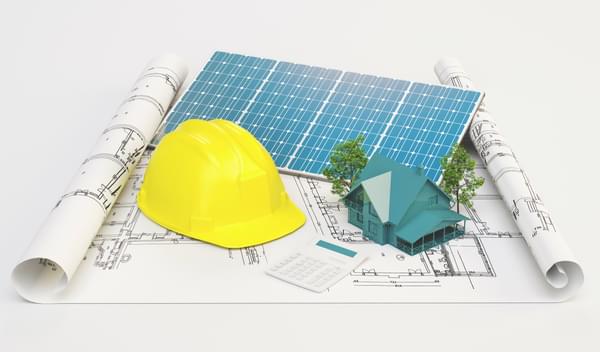
What do proposed changes to building regulations mean for energy efficiency standards?
Read more- Articles

How can Hydrock help you optimise solar PV generation yield through battery storage?
Read more- Articles

If electric vehicles are the future, how will that affect the electricity demands of a site?
Read more- News
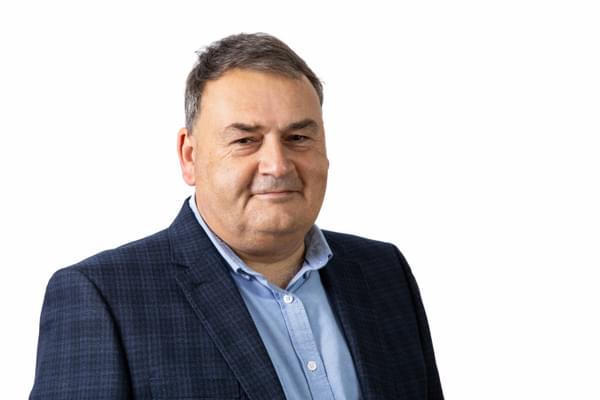
Rapidly expanding Smart Energy team hires international expert in decentralised energy
Read more- News
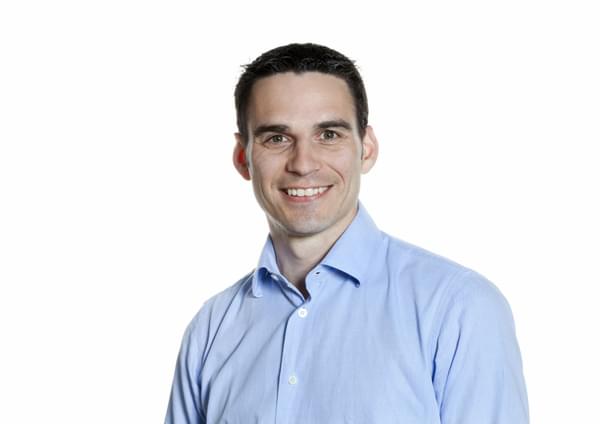
Hydrock Nuclear divisional director, Peter Sibley, appointed to Nuclear Industry Council
Read more- News
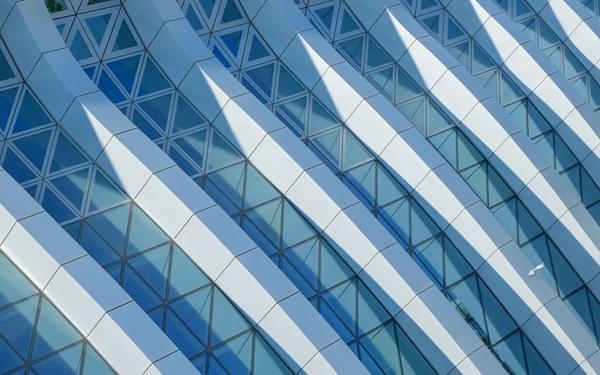
Stunning new headquarters for English National Ballet unveiled by London mayor, Sadiq Khan
Read more- News
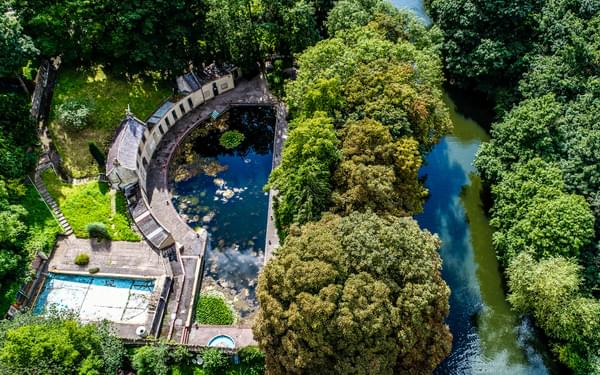
Hydrock provides engineering services to transform Grade II* listed Cleveland Pools lido in Bath
Read more- News
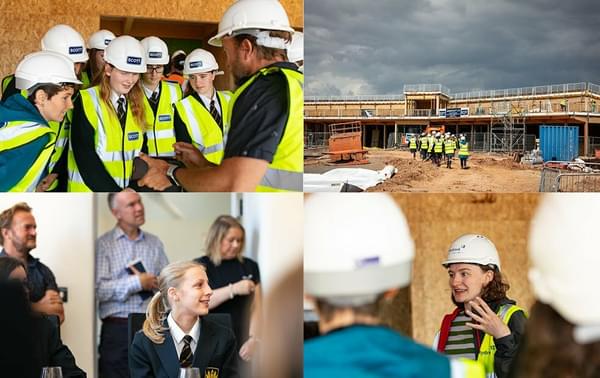
INWED 2019 – a site visit to The Wave, Bristol, inspires local schoolgirls about engineering
Read more- News

Transport team contribute to successful planning submission to revive Andrew Gibson House, Merseyside
Read more- News
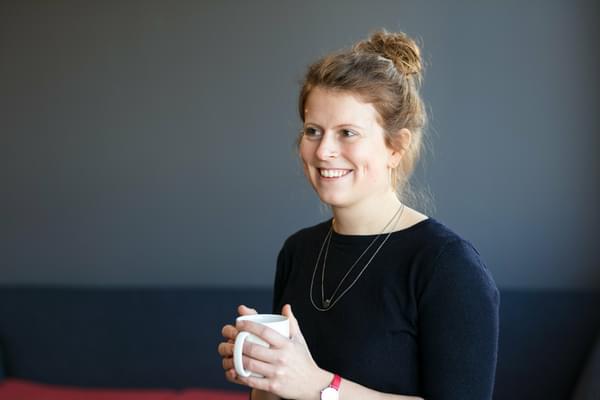
From History Graduate to Utilities Consultant: My unexpected route into engineering (as a girl)
Read more- News

Multi-disciplinary advice helps secure planning for landmark footbridge in Pontypridd
Read more- News

Ground investigation work contributes to planning application for 282 homes in Stretford, Manchester
Read more- News
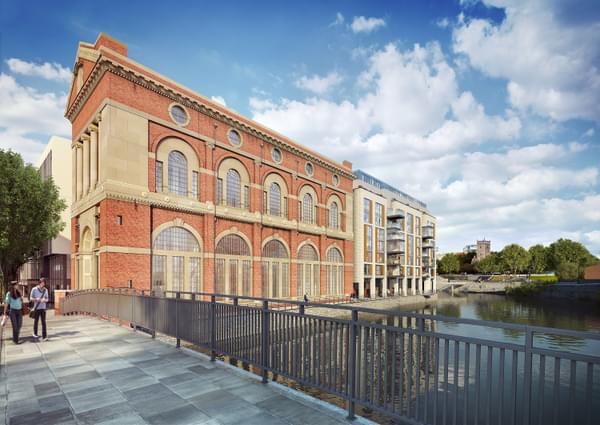
Hydrock helps secure planning for refurbishment of historic Generator Building, Bristol
Read more- News
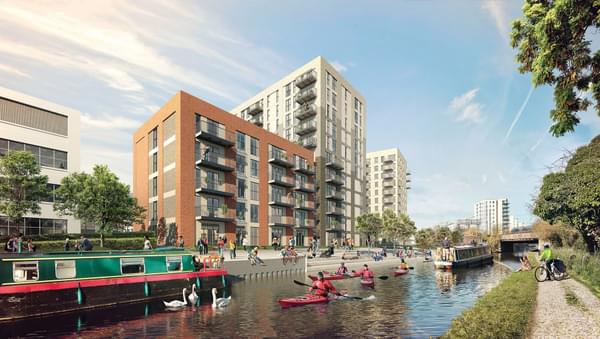
Civil and structural design underway for new homes on former Nestlé site in west London
Read more- News
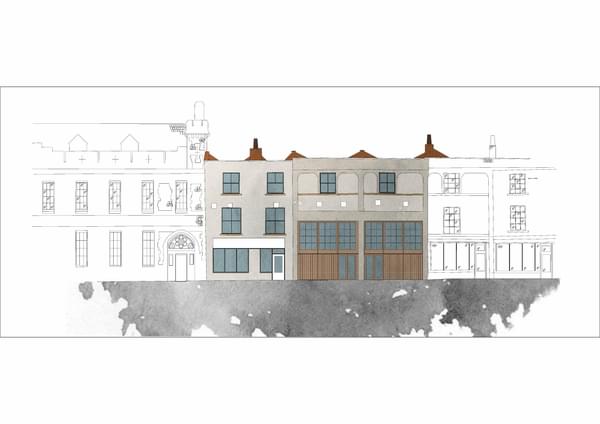
Ground-breaking initiative to provide affordable housing to transform lives of Bristol’s young homeless
Read more- Articles

The balance of power - meeting unpredictable future energy demands in a rapidly changing environment
Read more- News
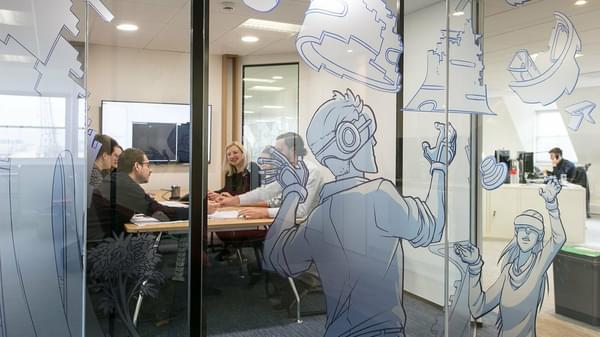
The University of the West of England (UWE) appoints Hydrock to design new multimillion pound engineering building
Read more- News

Hydrock supports Linkcity with planning submission for 375 new homes in central Bristol
Read more- News

Double win at RICS South West Awards: Commercial Project of the Year and Building Conservation Award
Read more- News

Hydrock wins ‘Best Place to Work’ at inaugural Construction Investing in Talent Awards
Read more- News
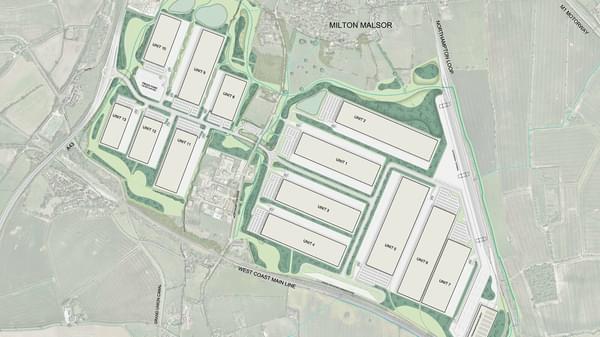
Delivering key infrastructure assessments for proposed strategic rail freight interchange
Read more- News
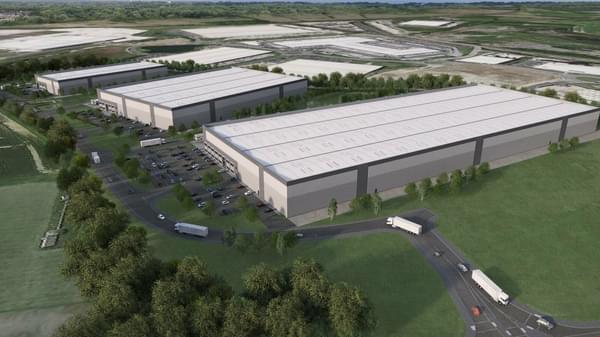
Hydrock’s highways and infrastructure advice helps secure planning approval for 345,000 sq ft industrial unit at CORE 42
Read more- News
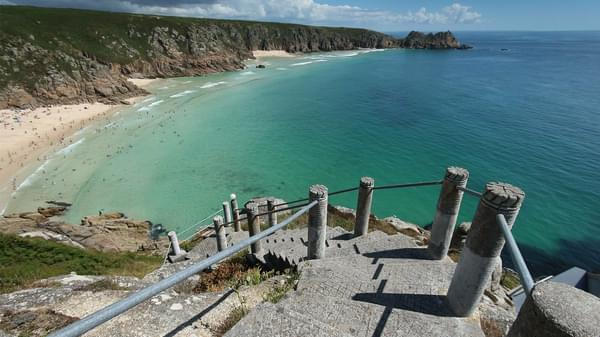
Hydrock appointed to appraise transport issues within historic Porthcurno Valley, Cornwall
Read more- News
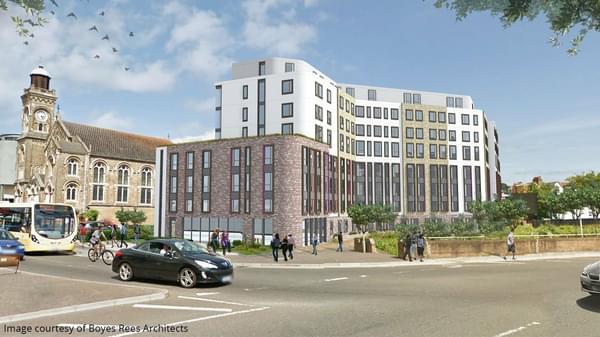
Hydrock’s transportation team help secure planning on 400-bed student scheme in Bournemouth
Read more- News
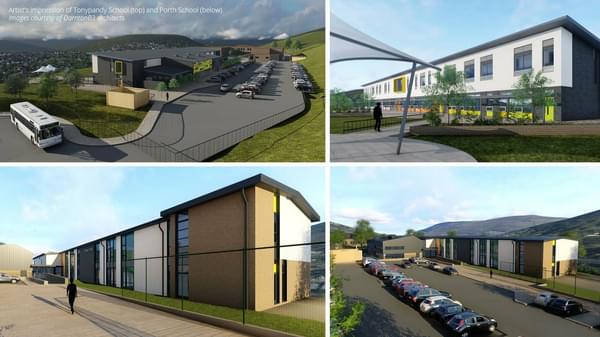
Hydrock delivers the multi-disciplinary engineering design on two middle schools in Rhondda Cynon Taf
Read more- News
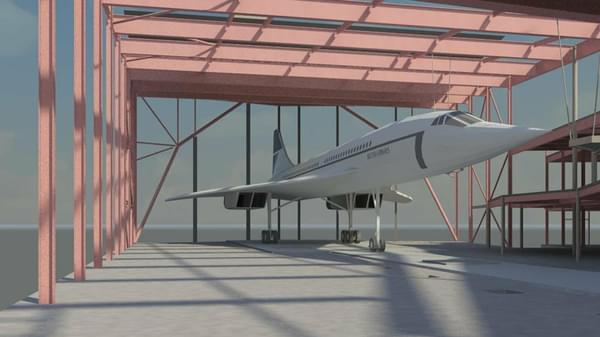
Kier appoints Hydrock to design Bristol Aerospace Centre – the permanent home for Concorde
Read more- News

Daniel Beynon joins Hydrock in Cardiff as Technical Director for Building Performance Engineering
Read more- News
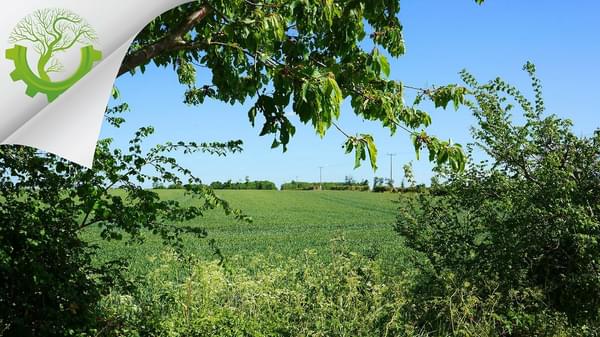
Appointed to support the delivery of world-class resources for the UK’s agri-tech sector
Read more- News
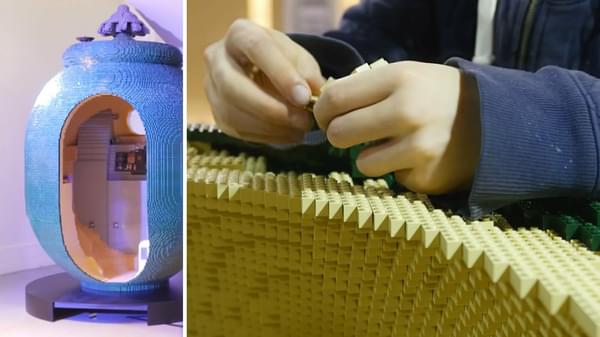
Steel frame designed for Bright Bricks’ 160,000 piece LEGO® version of the Soyuz Capsule
Read more- News
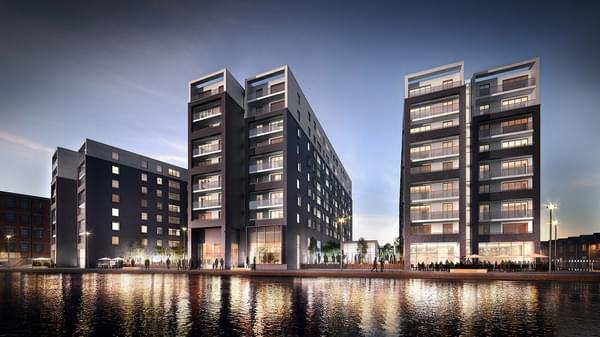
Hydrock appointed by John Sisk & Son Ltd to deliver works on Manchester Life development
Read more- News

Acoustic engineering capability further strengthens Hydrock's building design services
Read more- News

Lights, Camera, Action! Sunderland gets set for Hollywood with planning approval of Crown Works Studios
Read more- News

